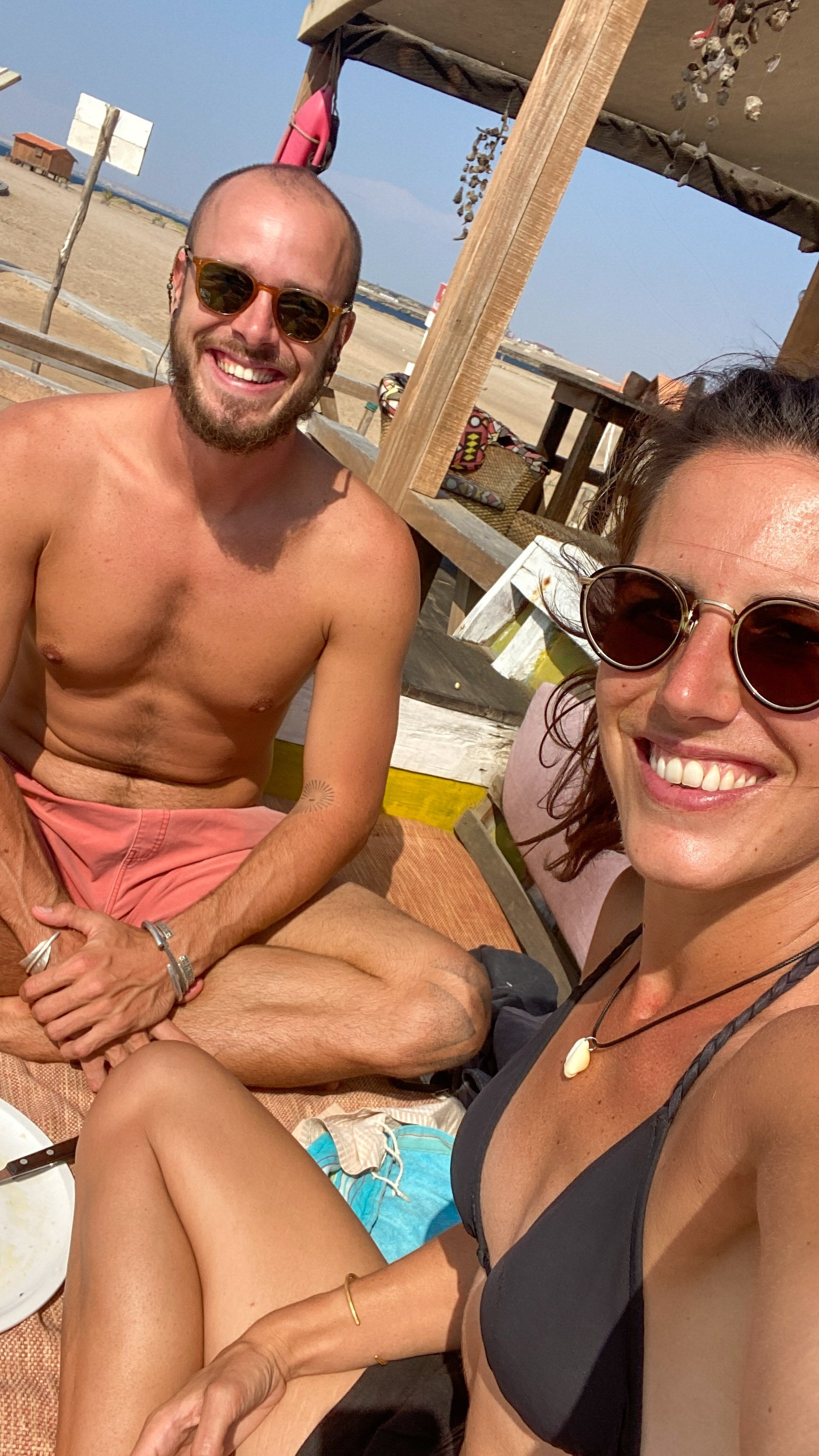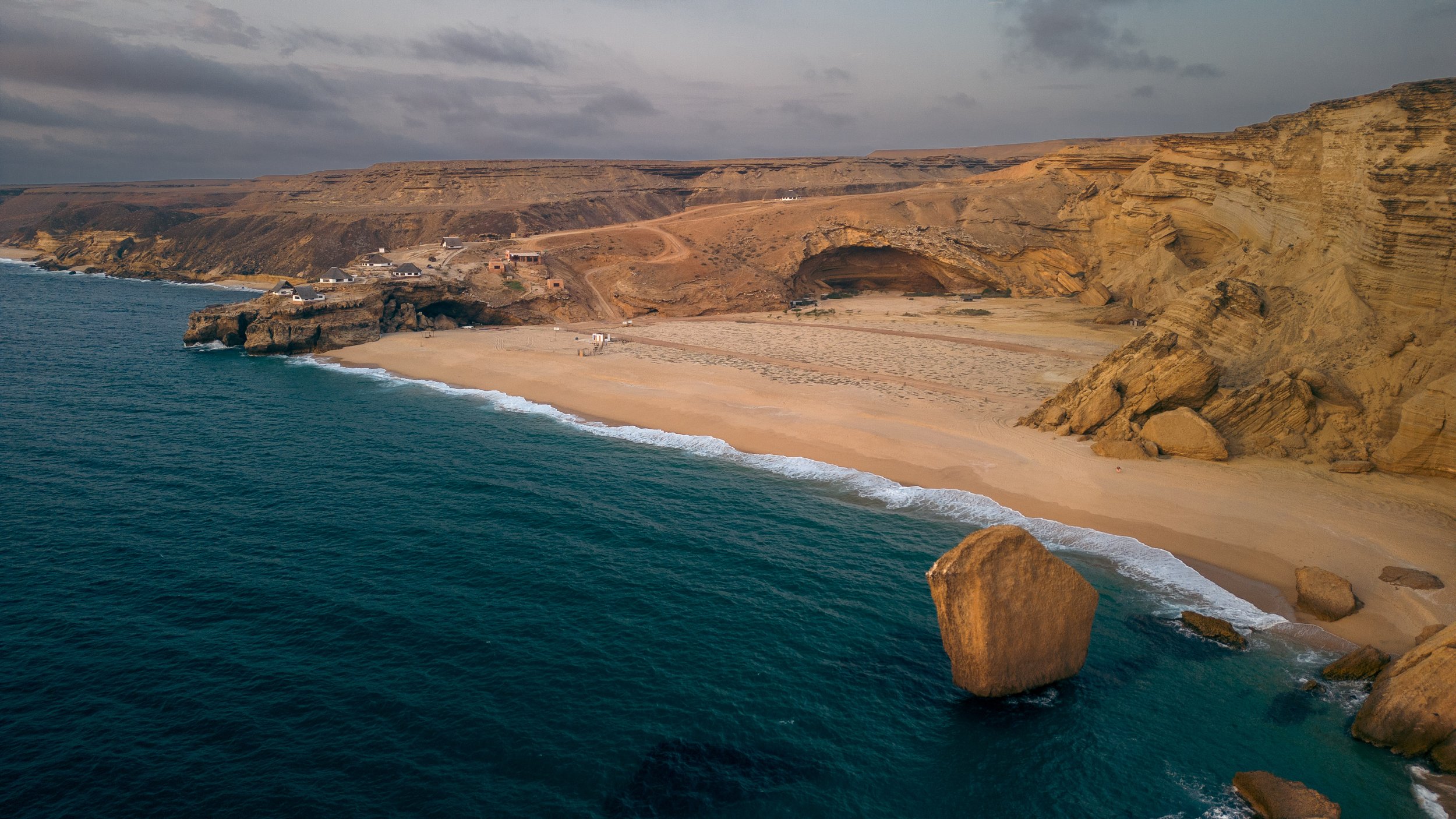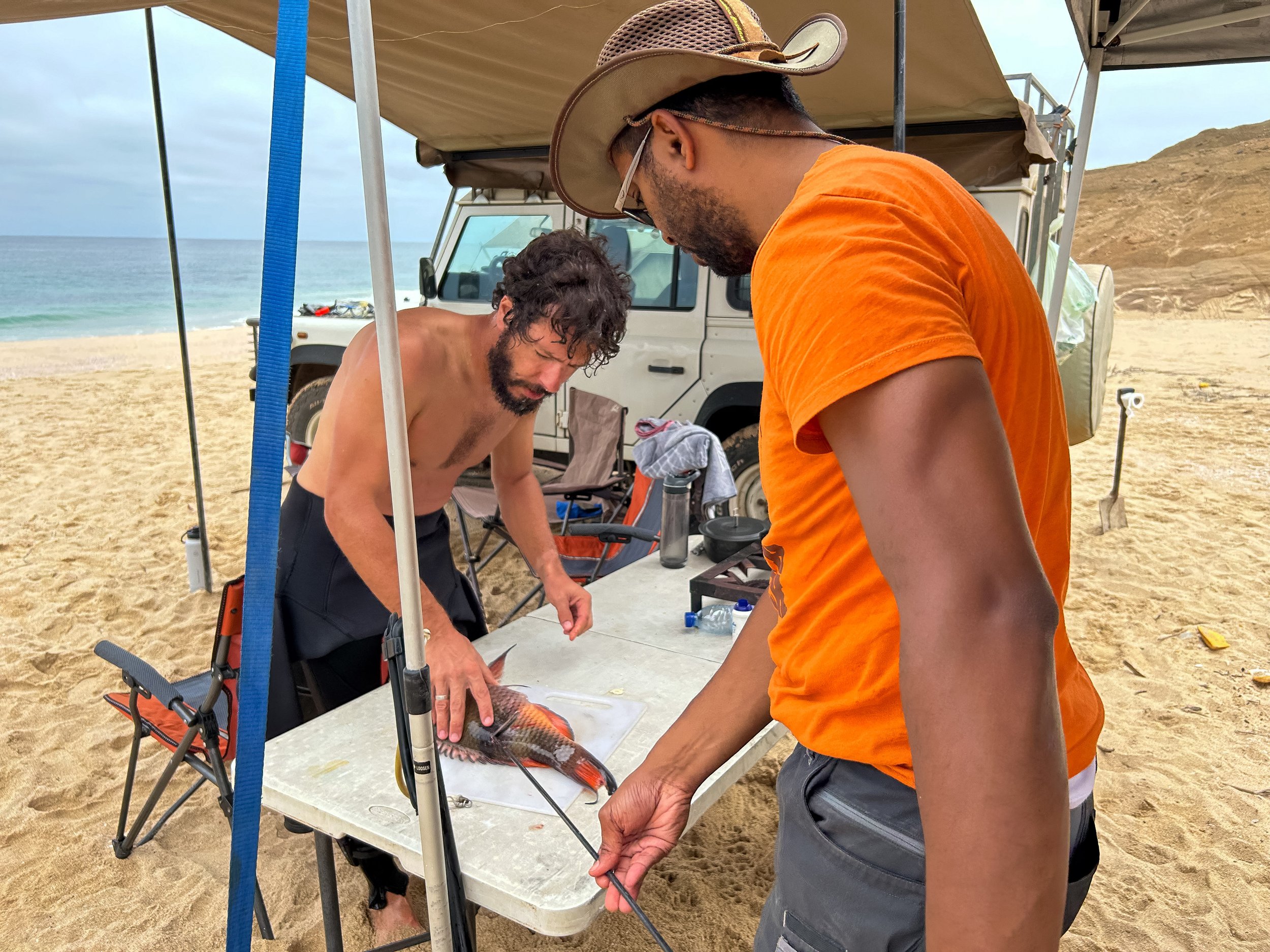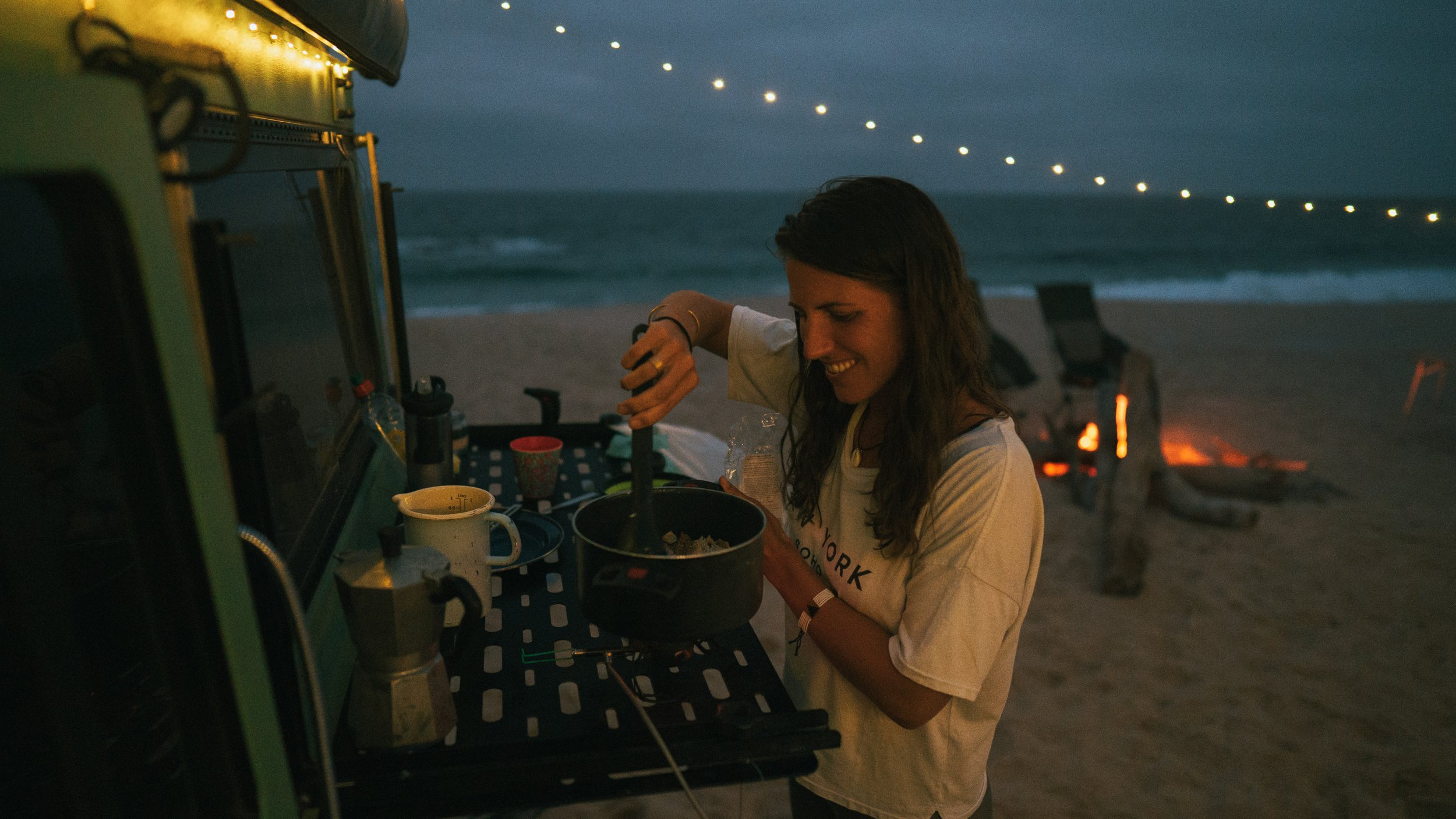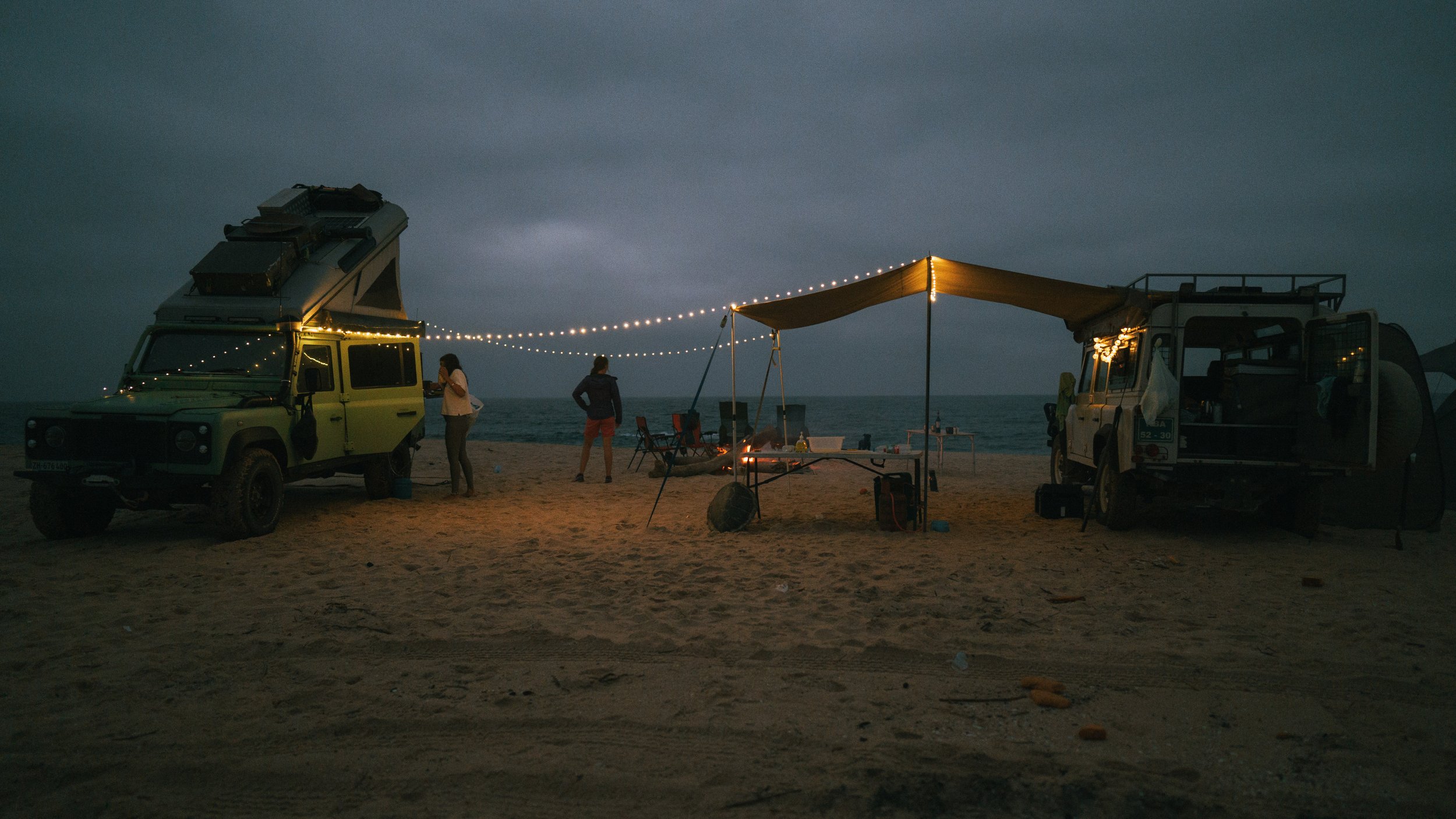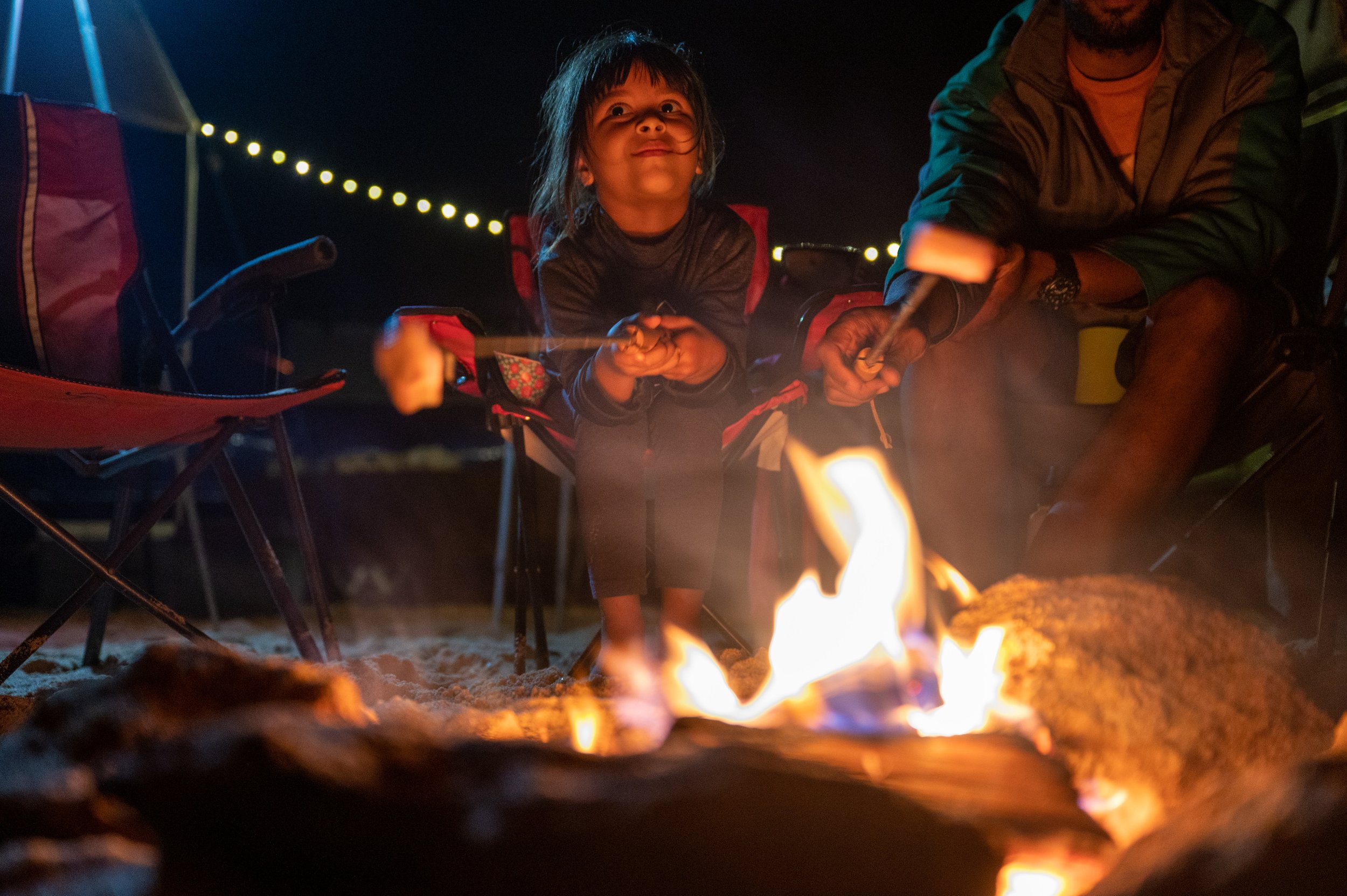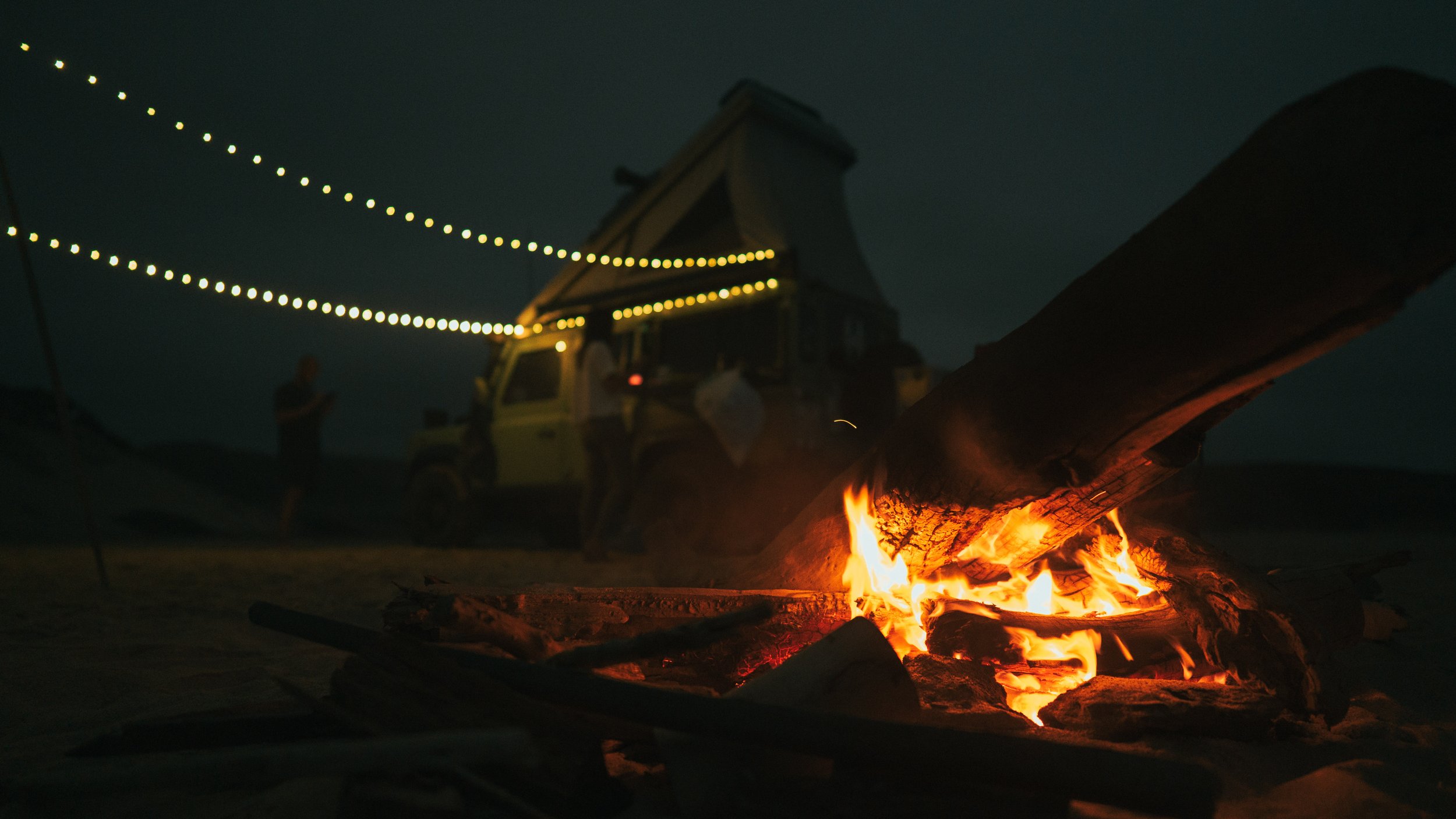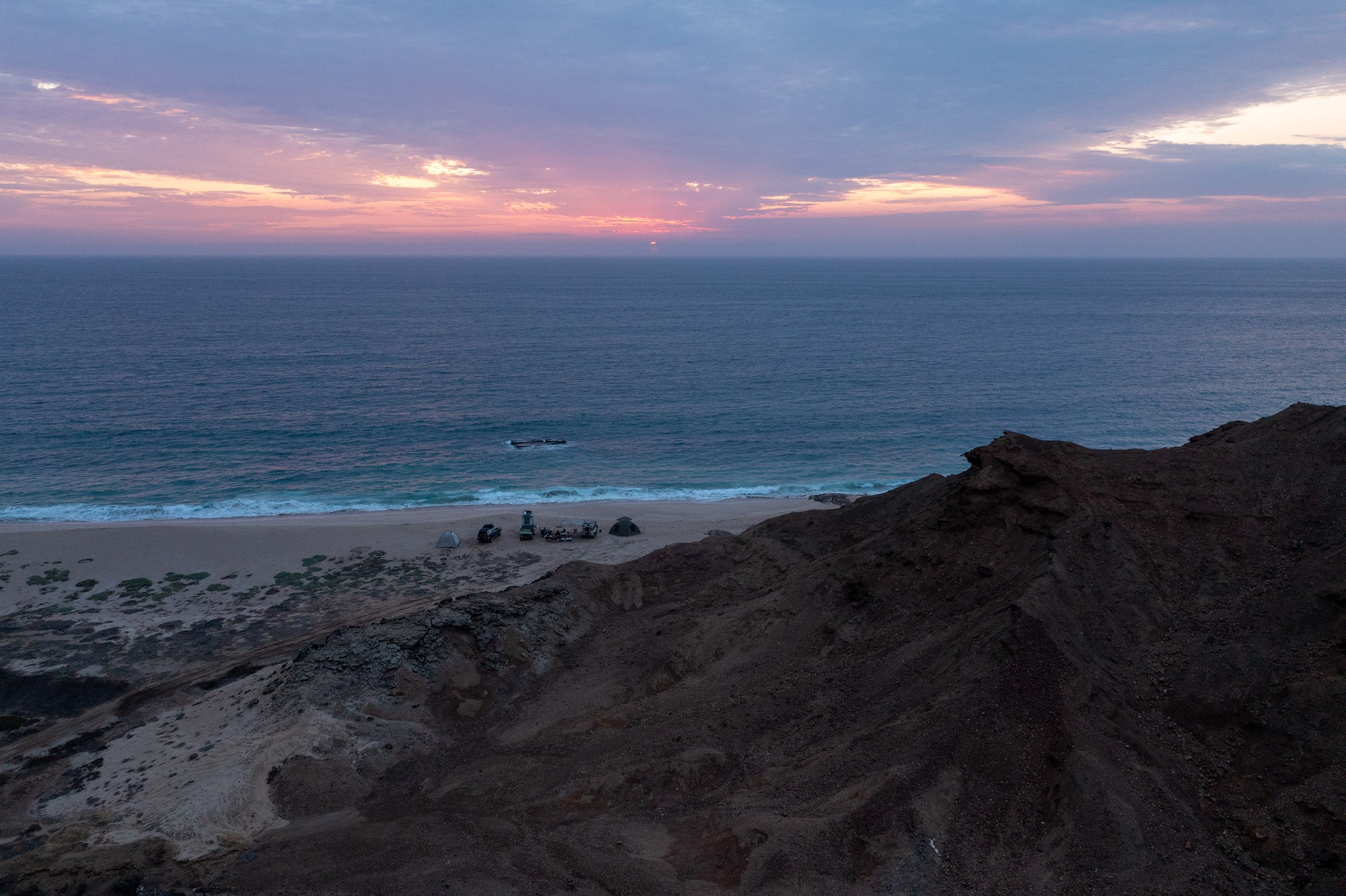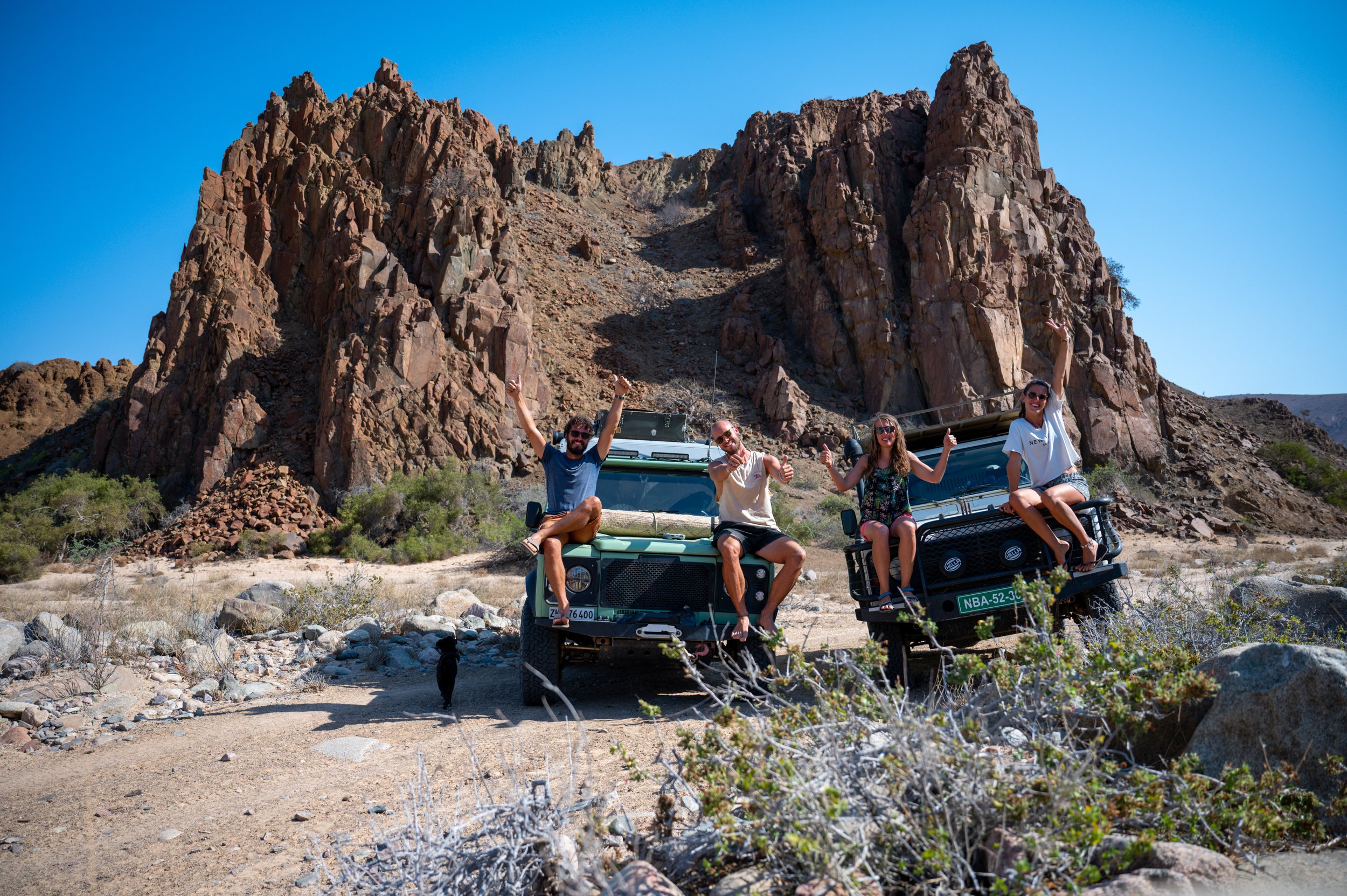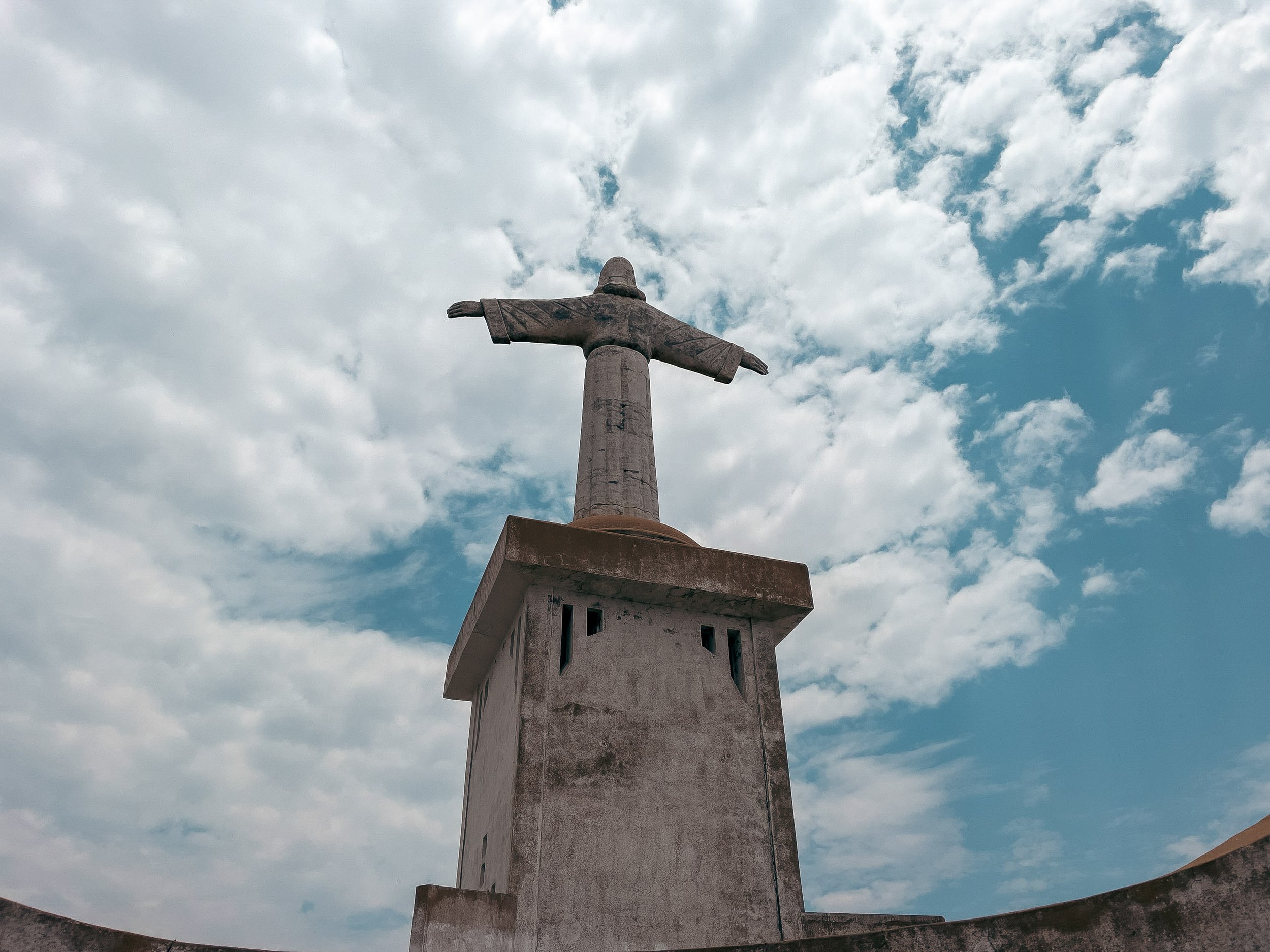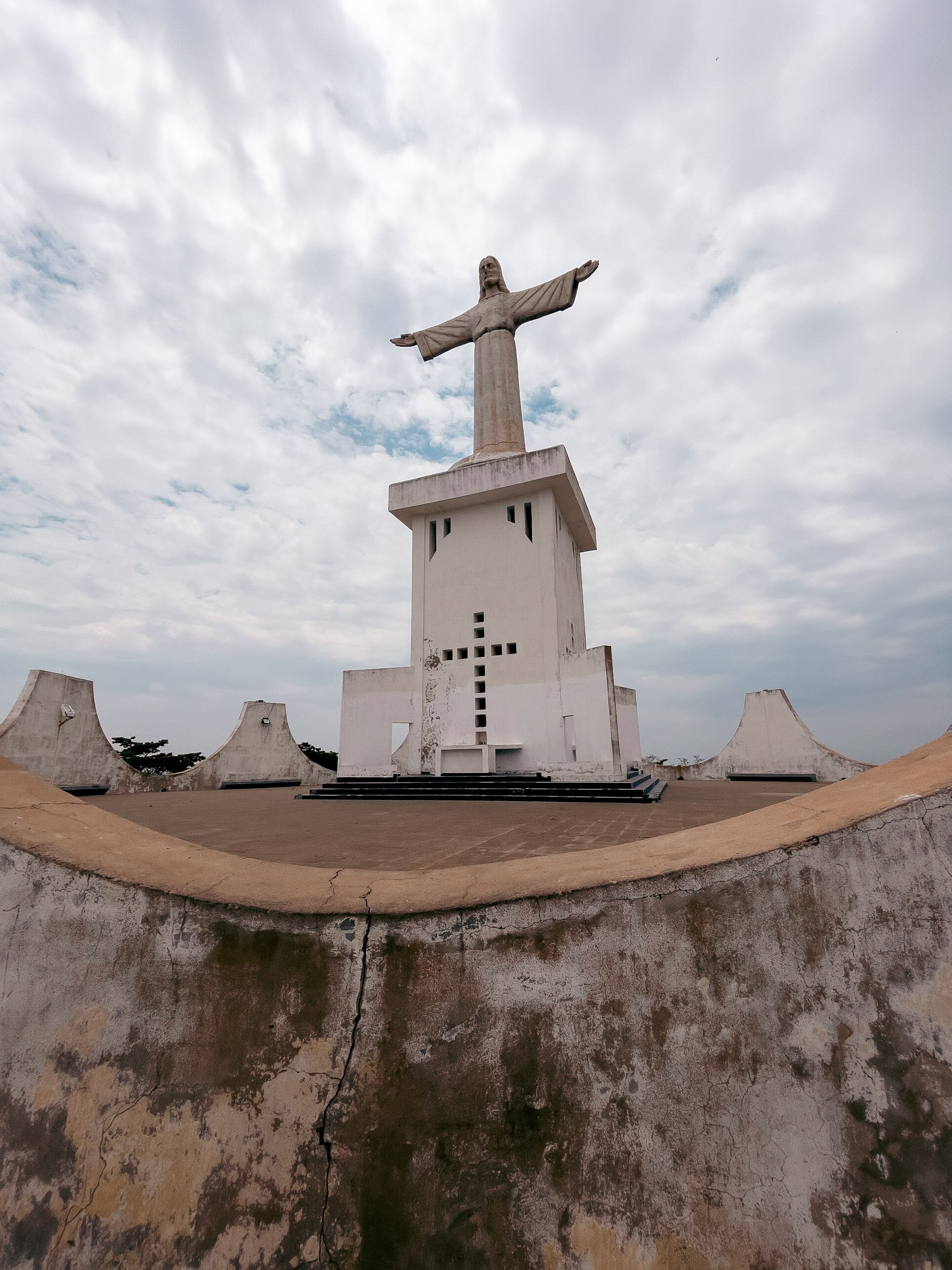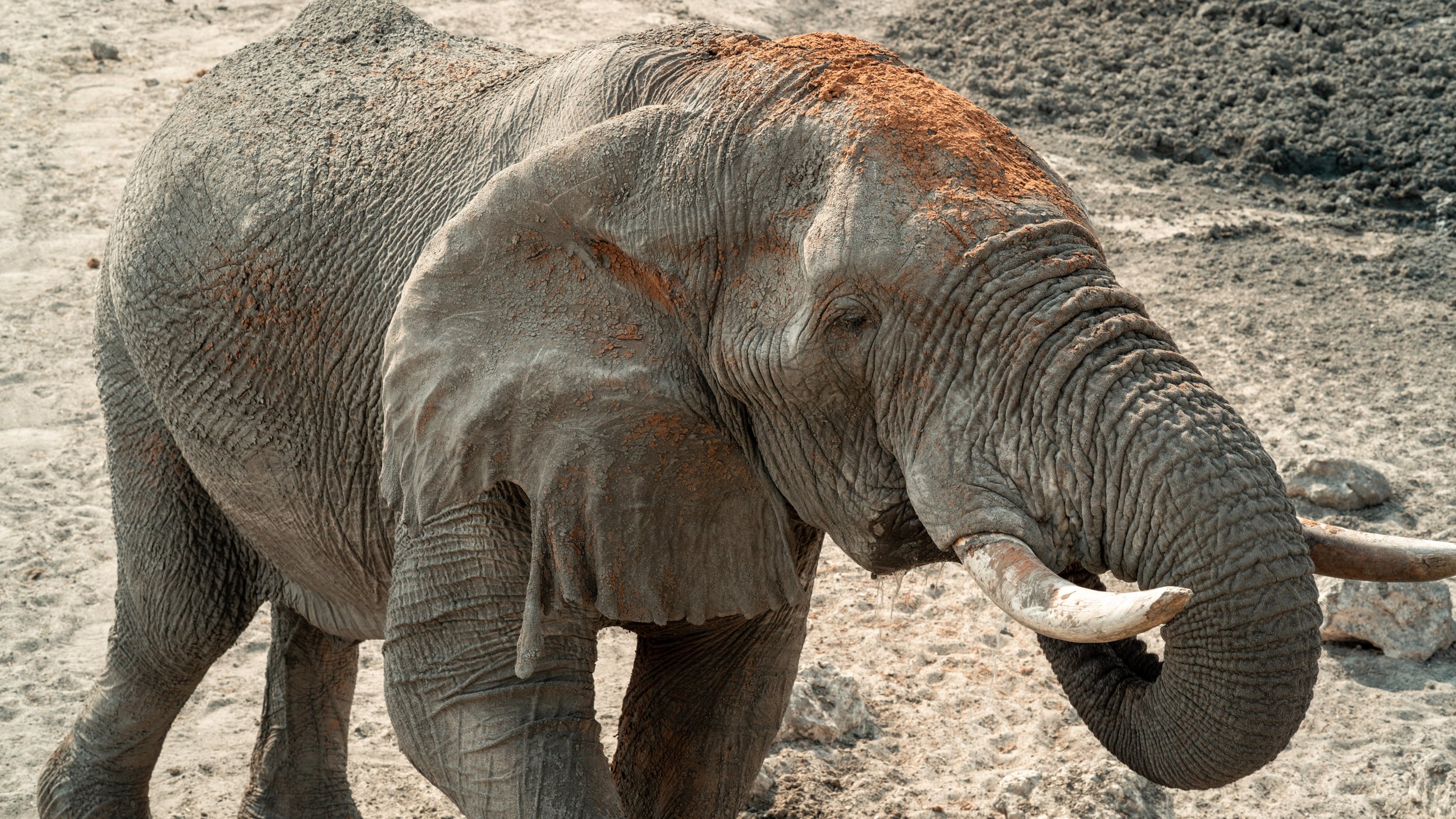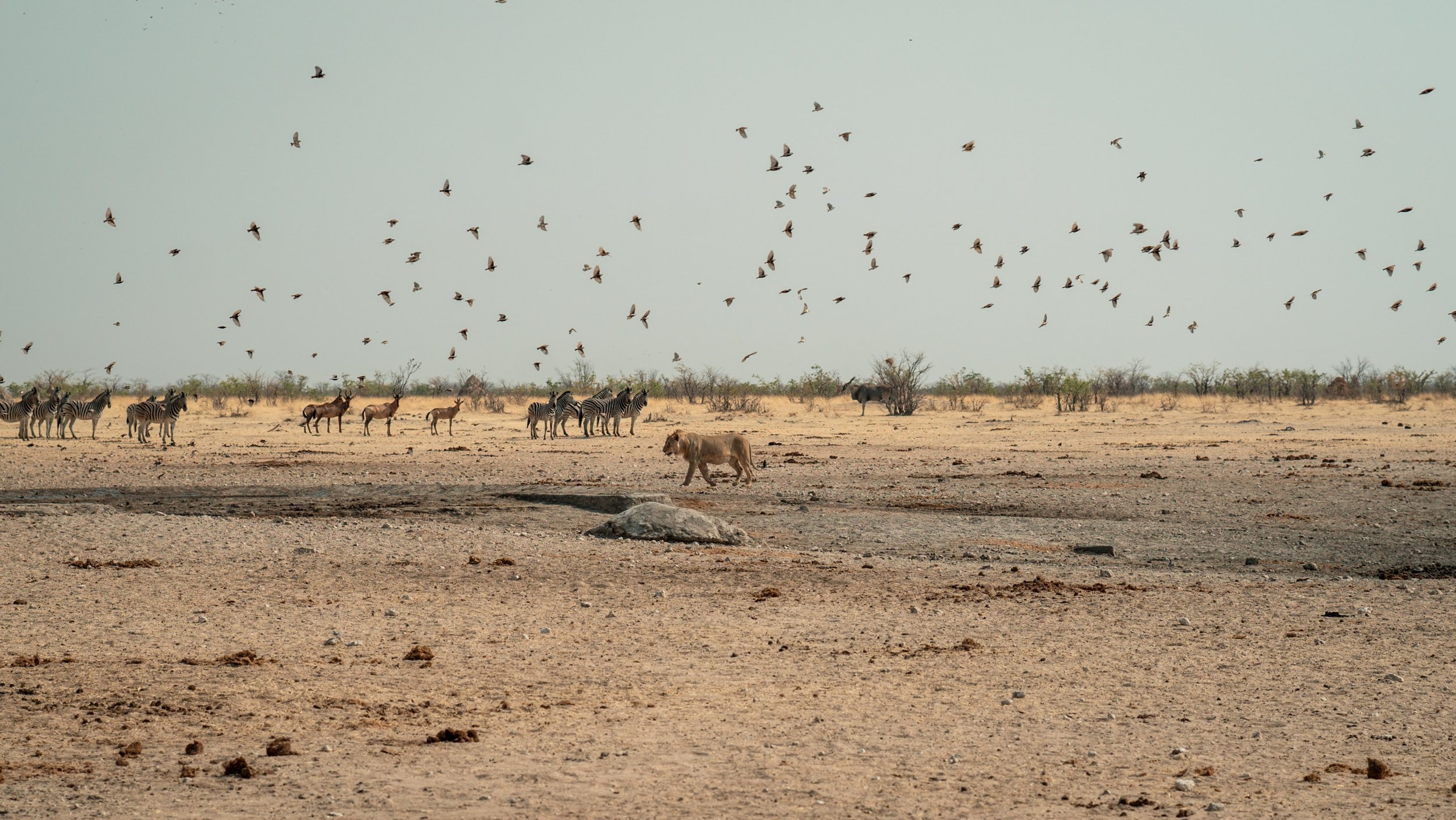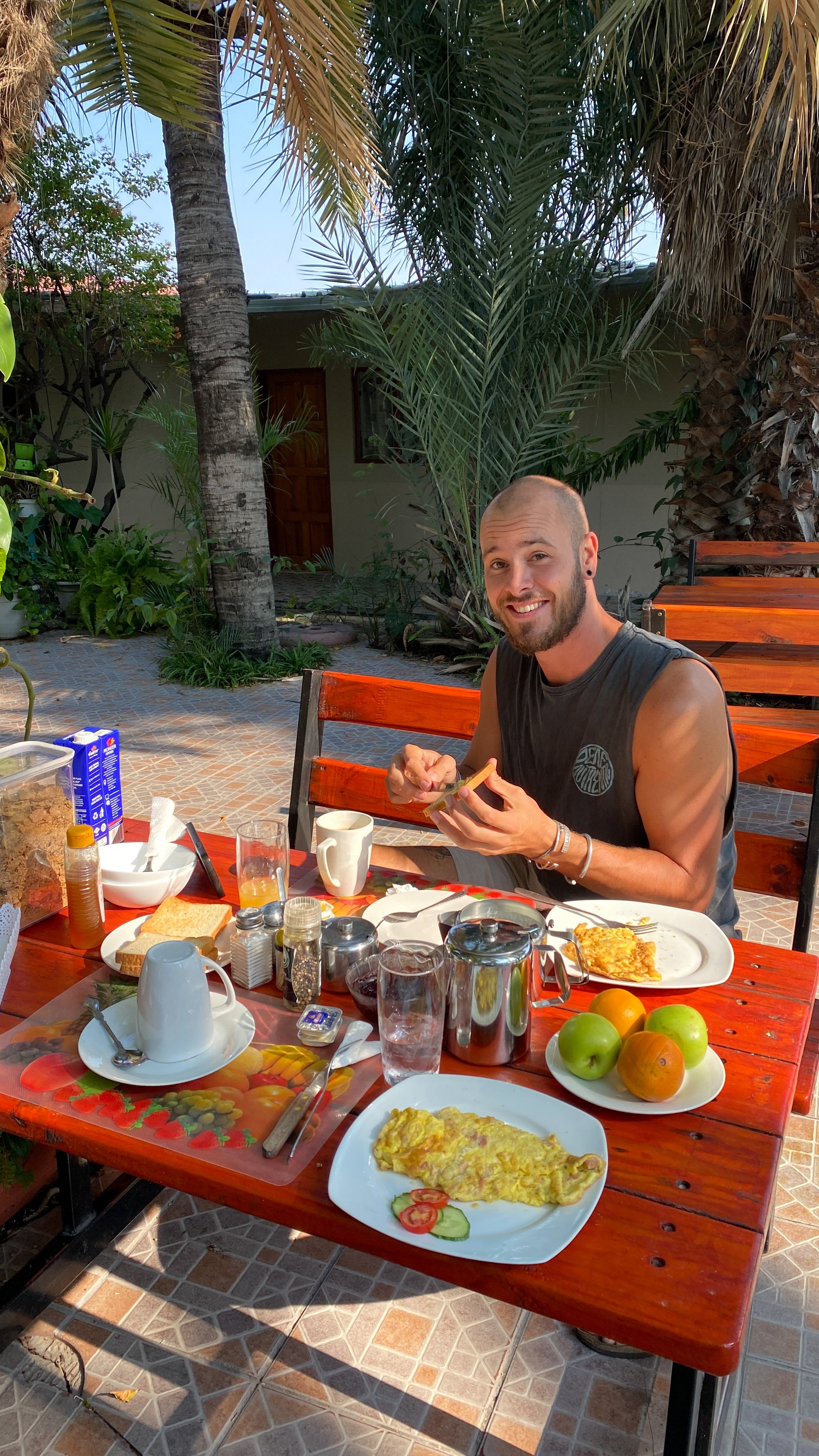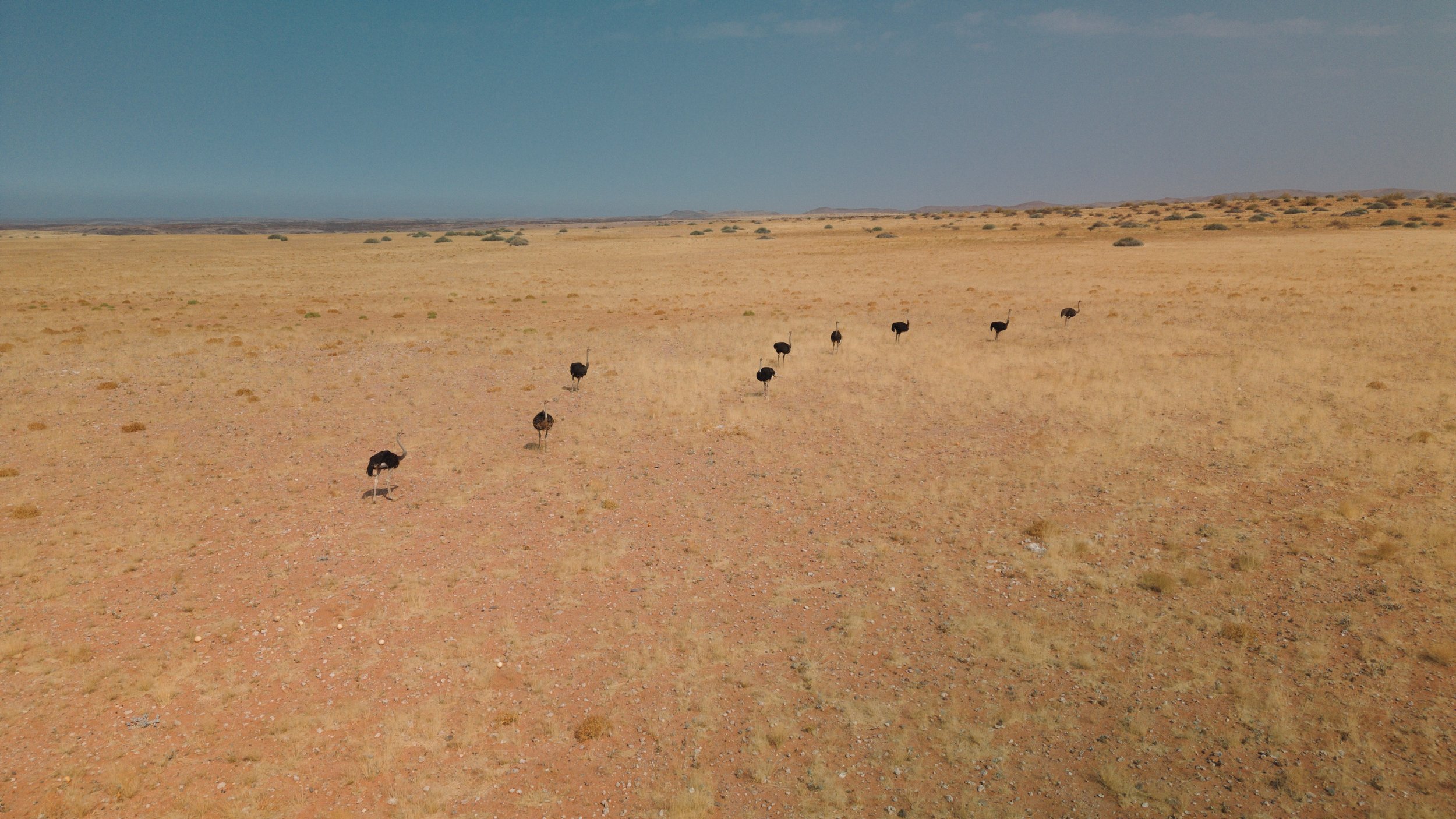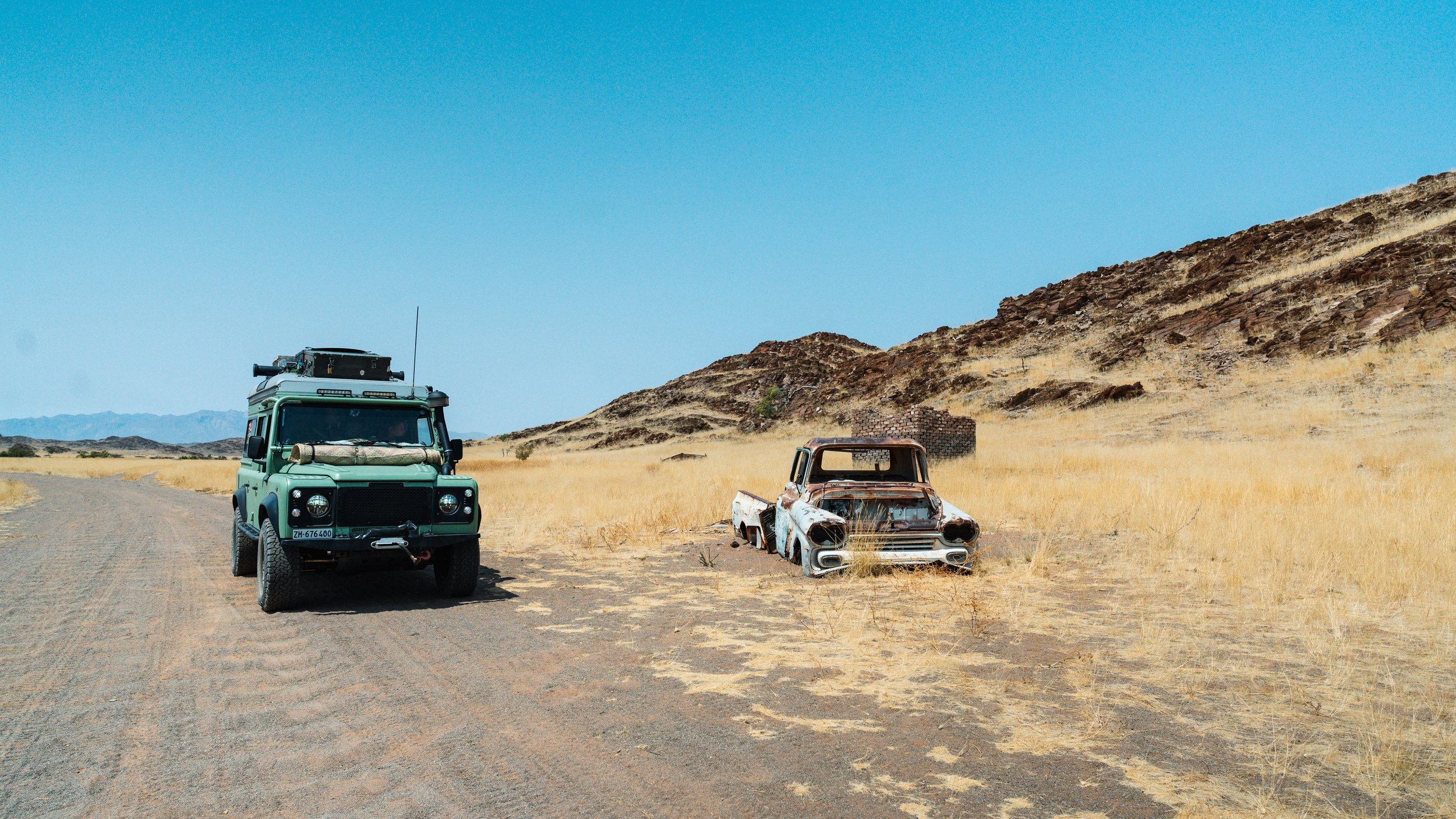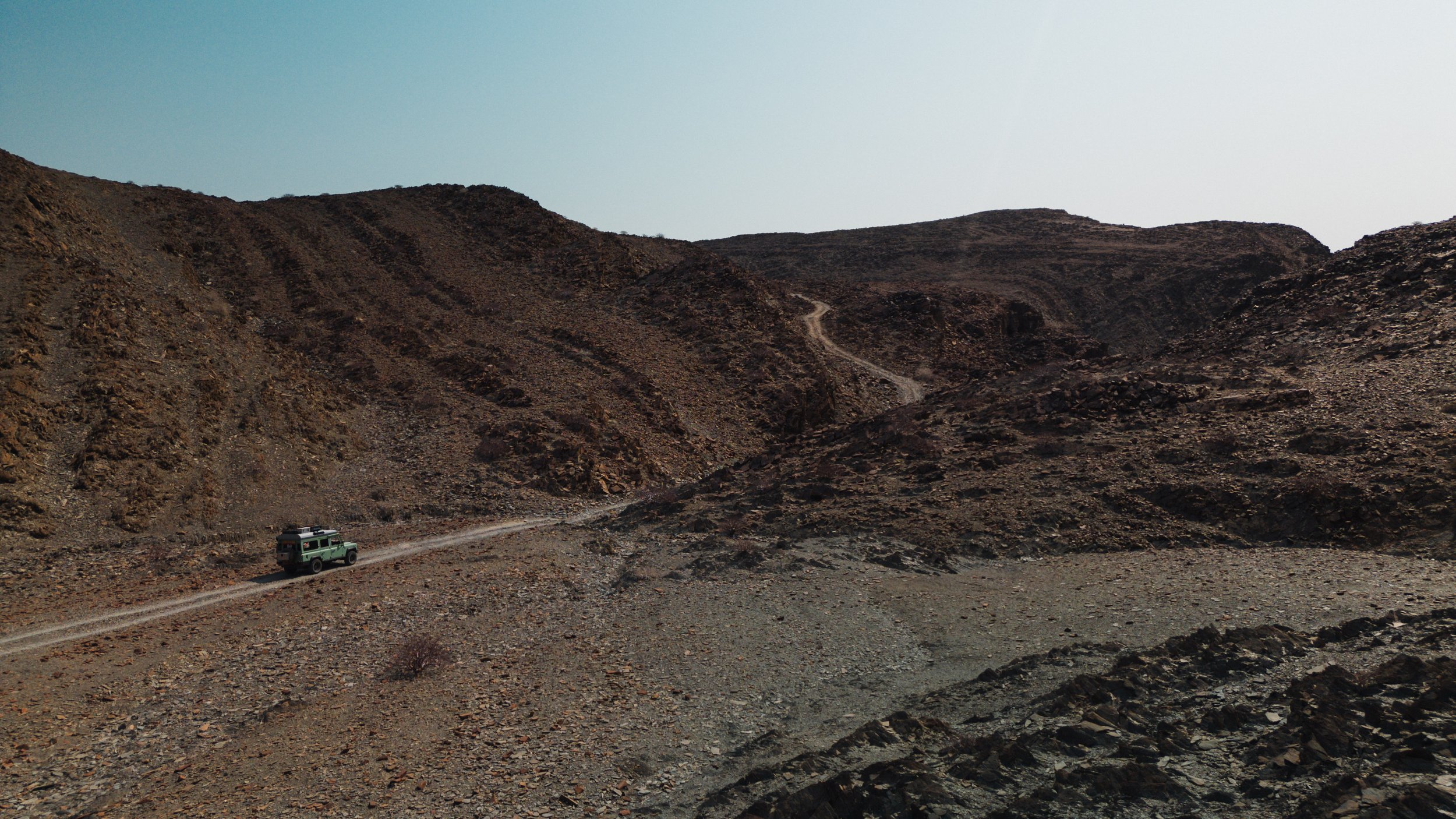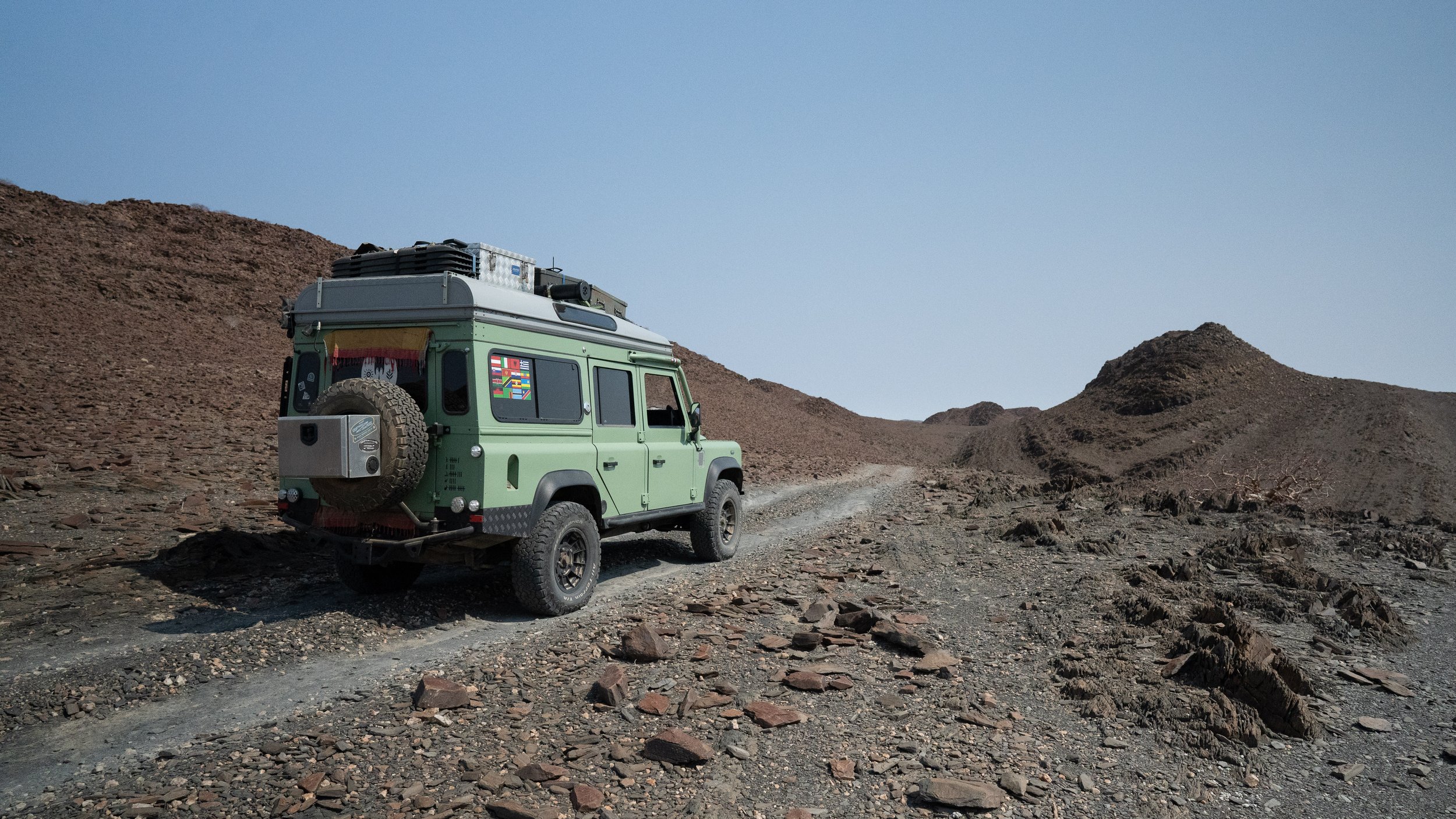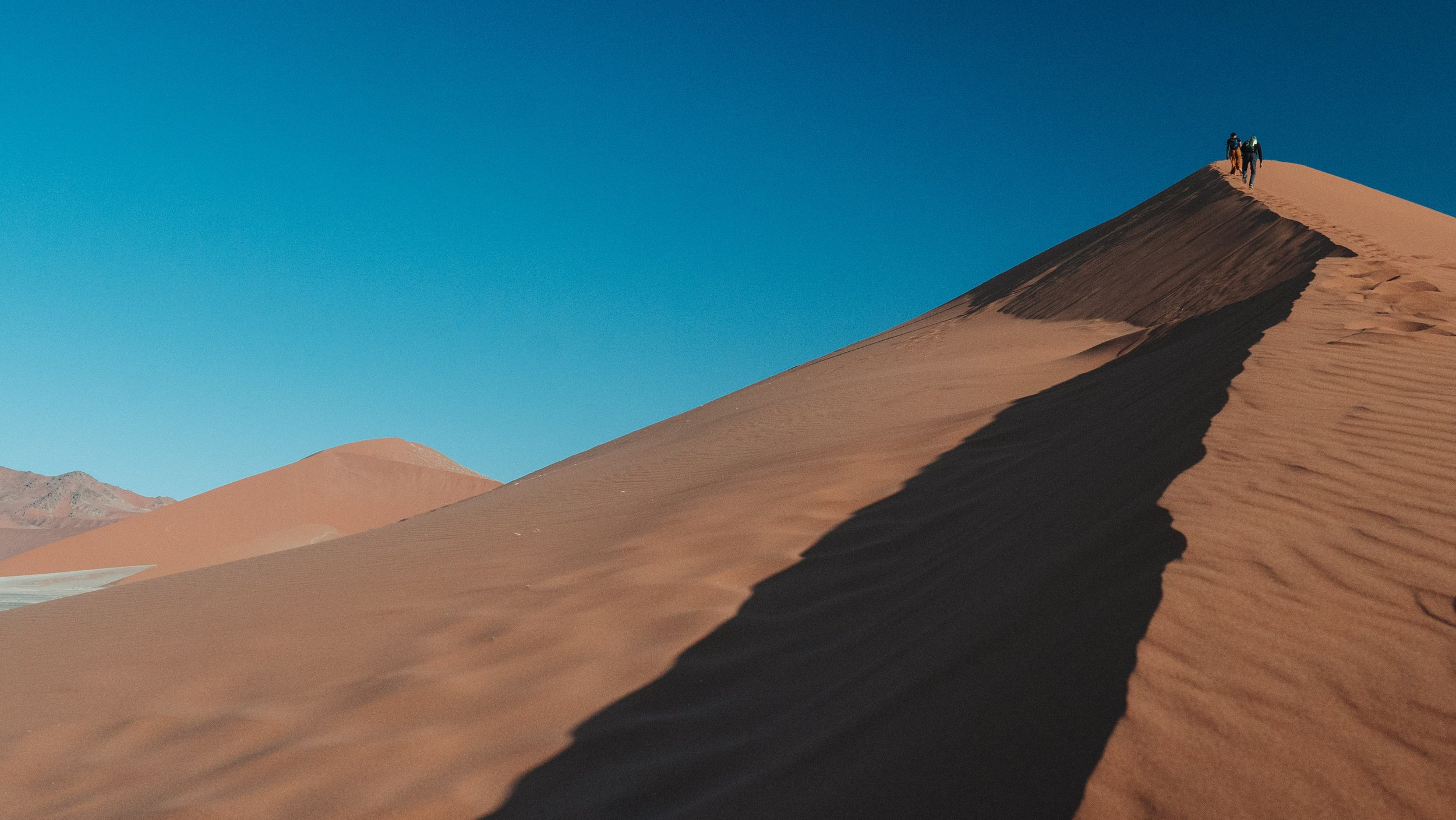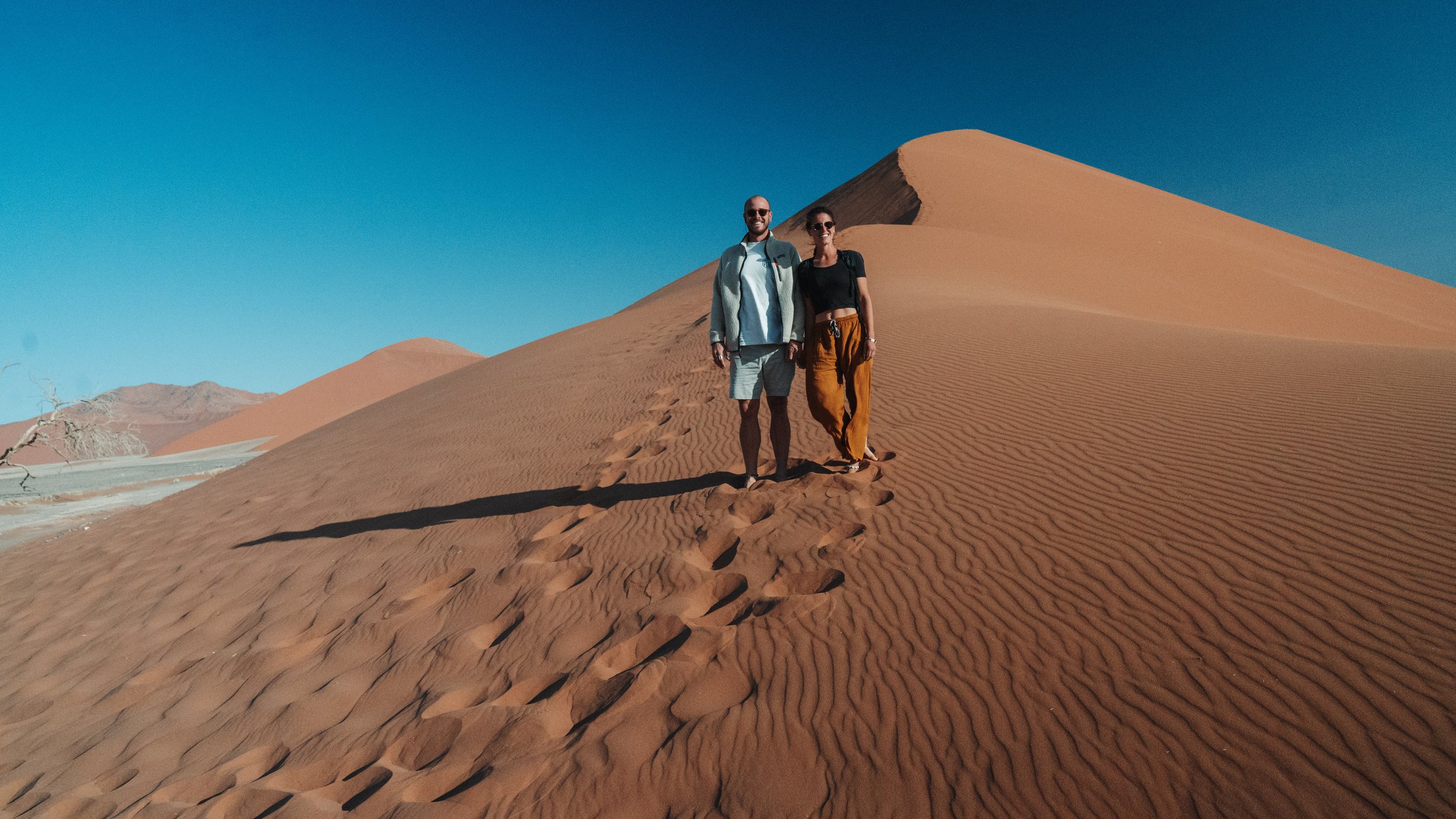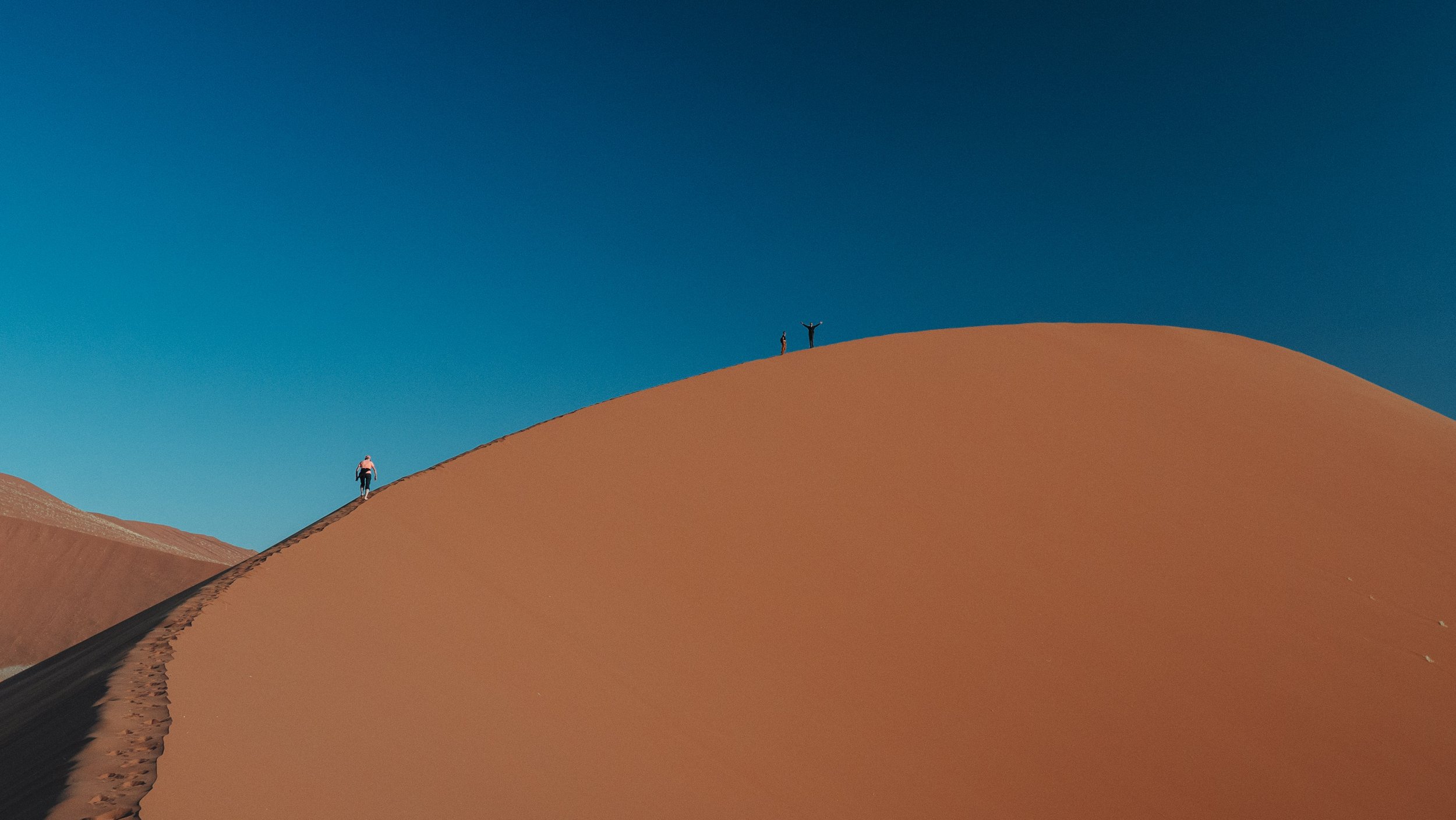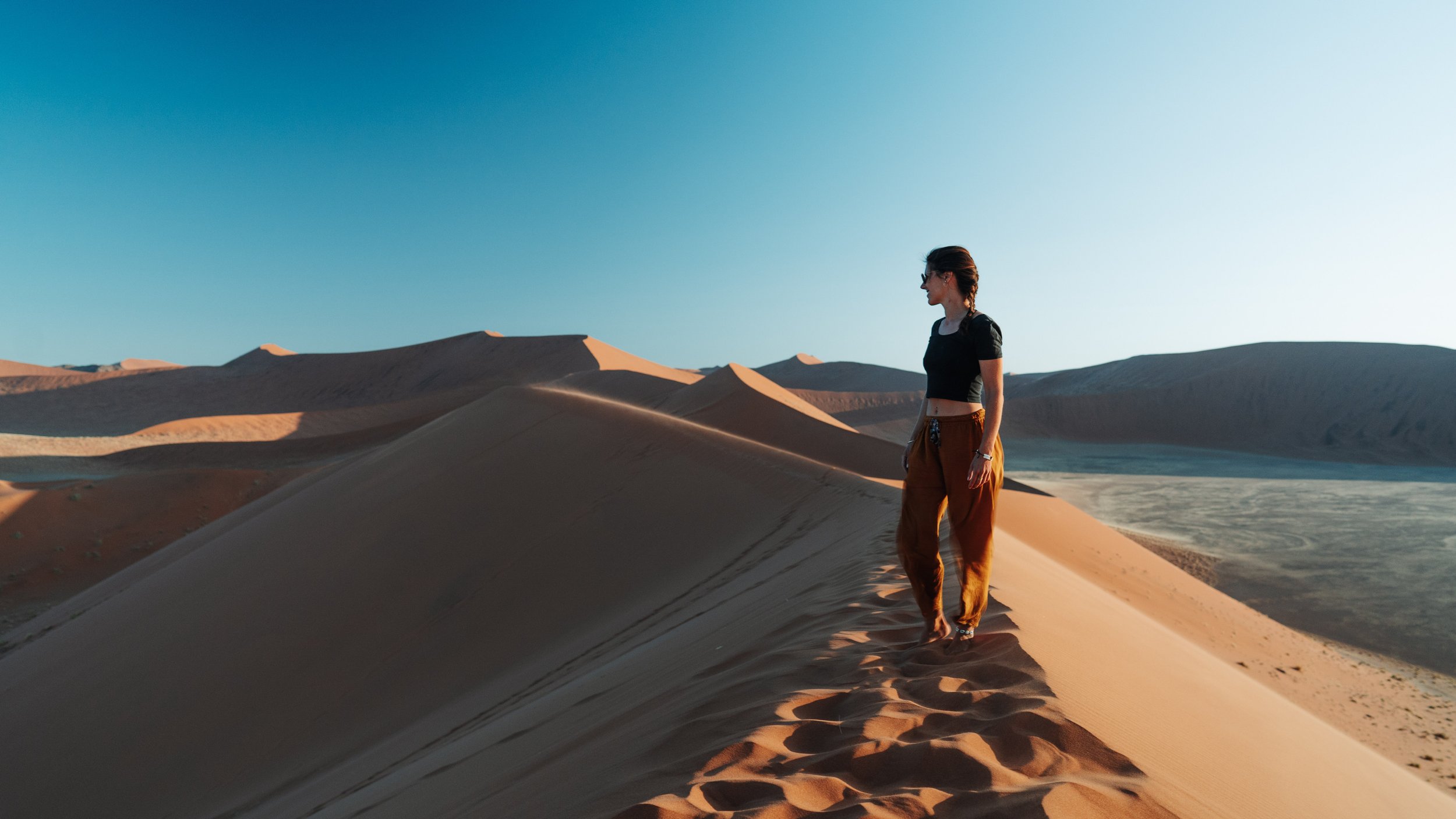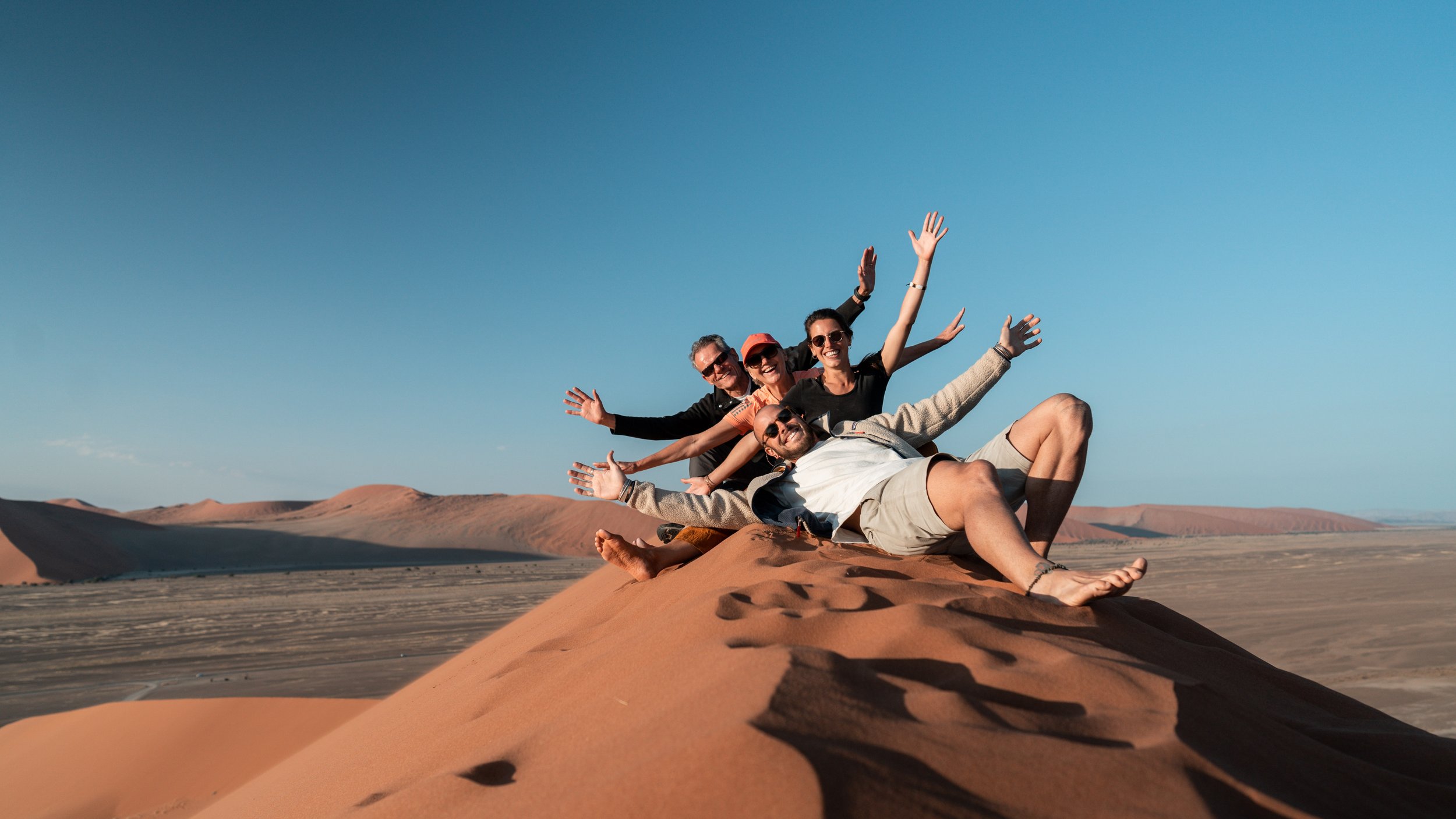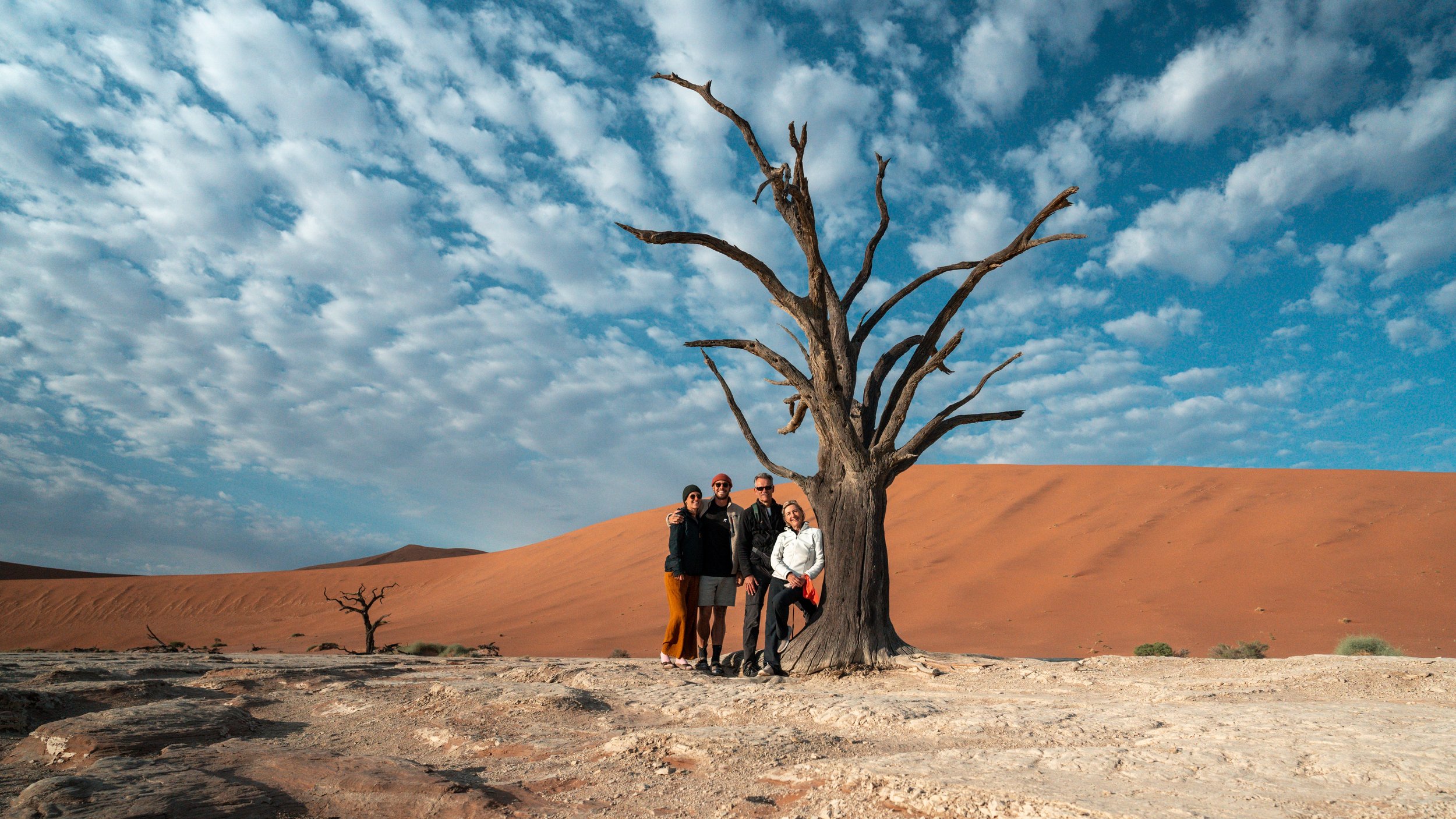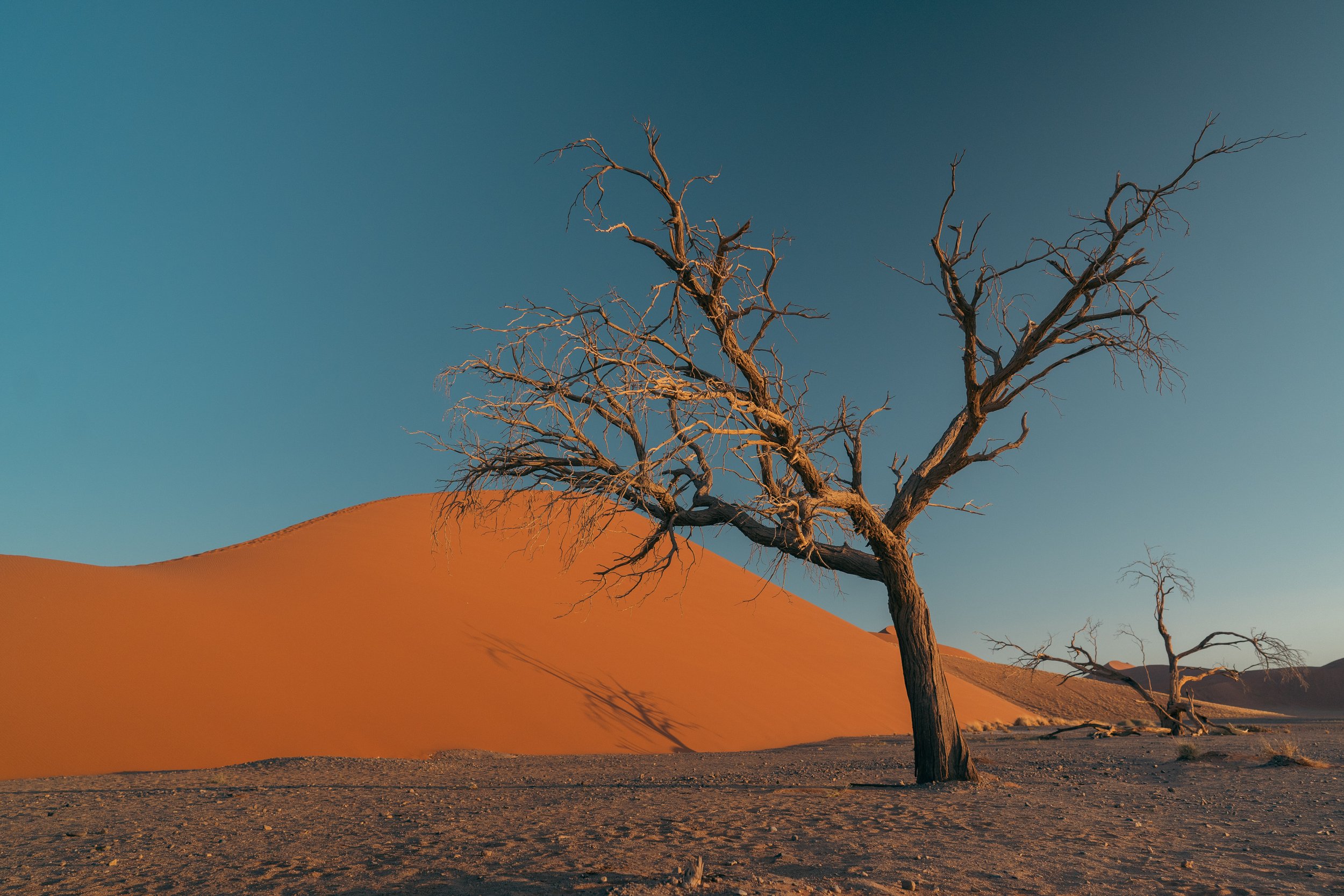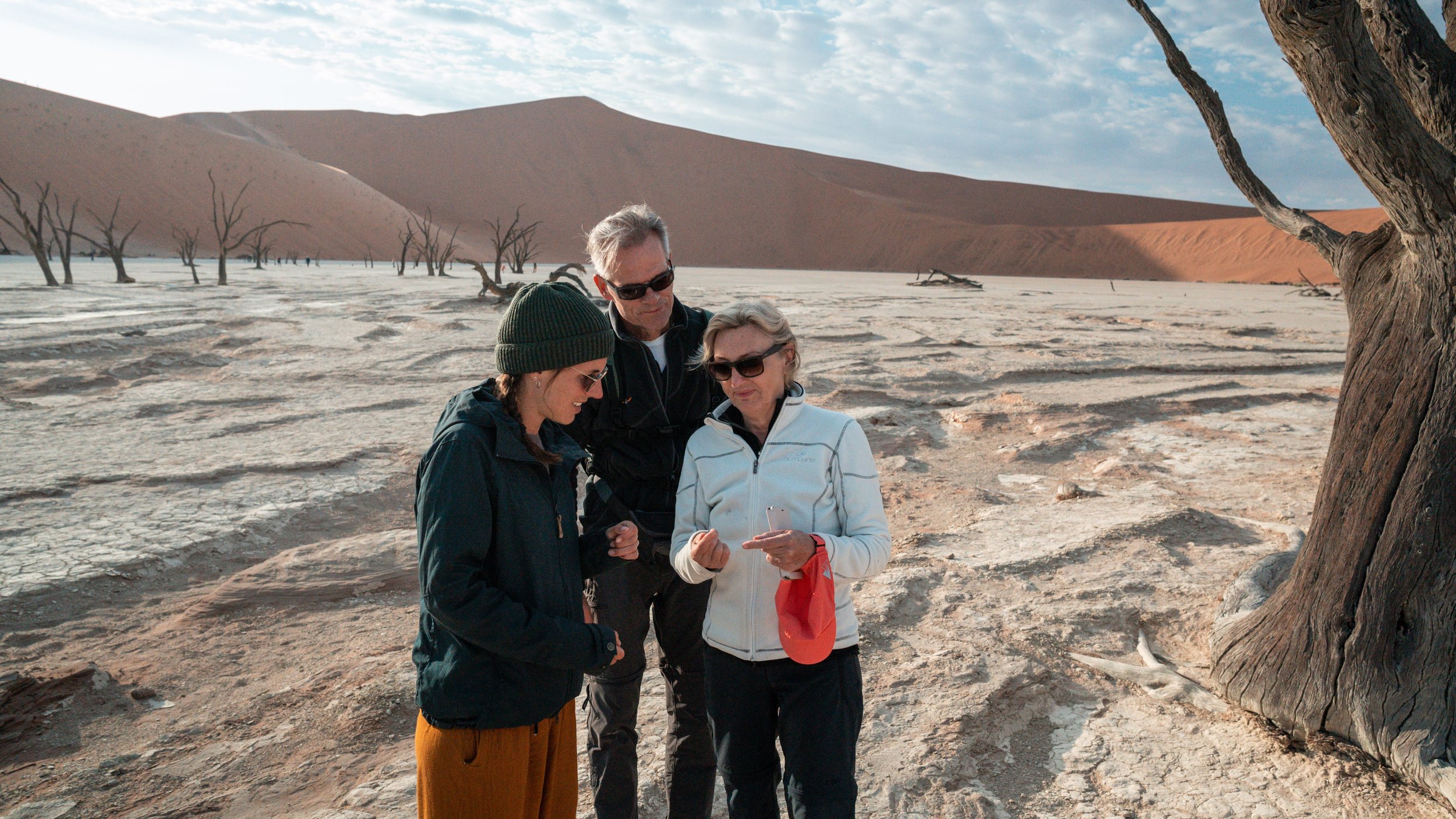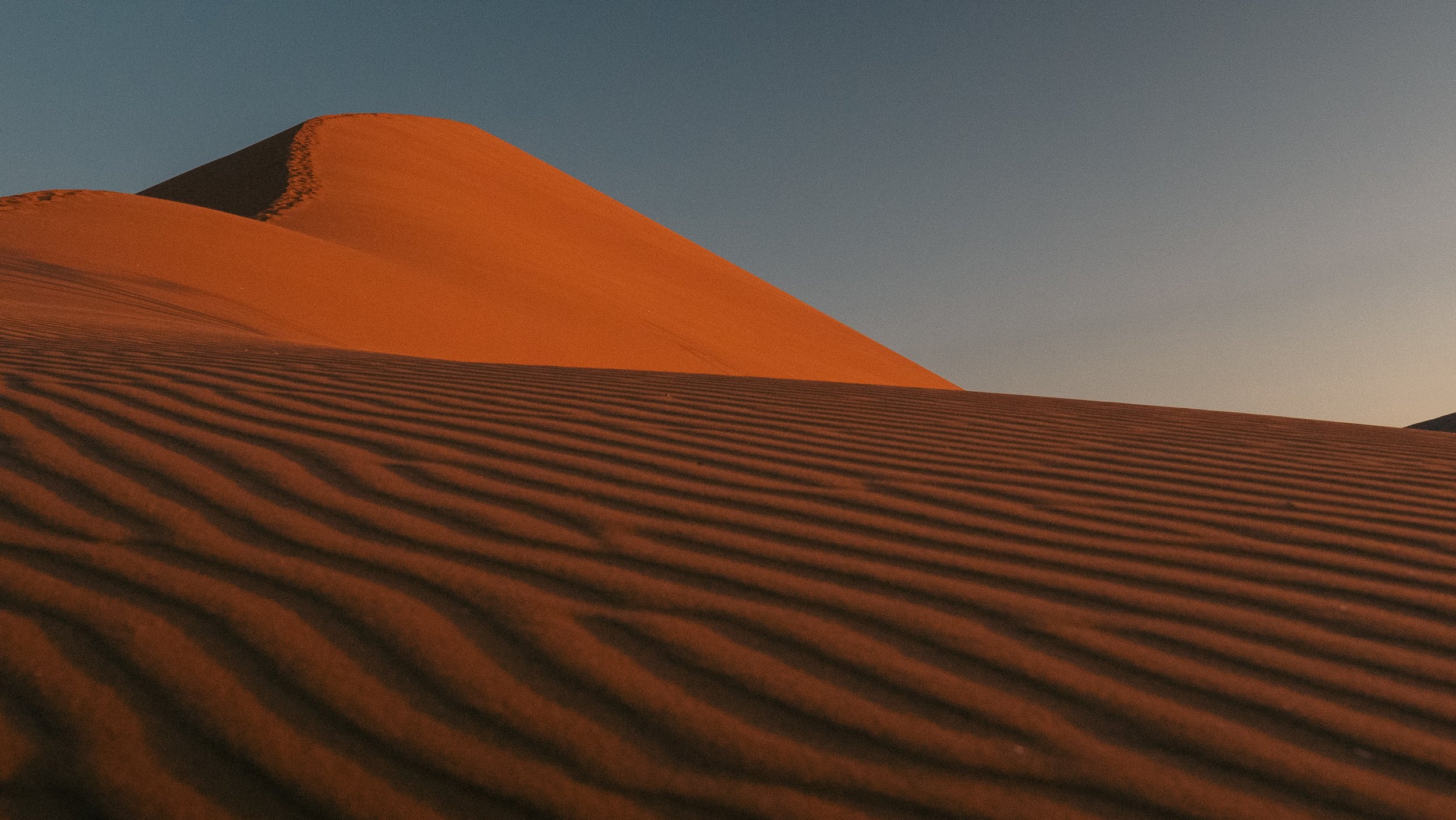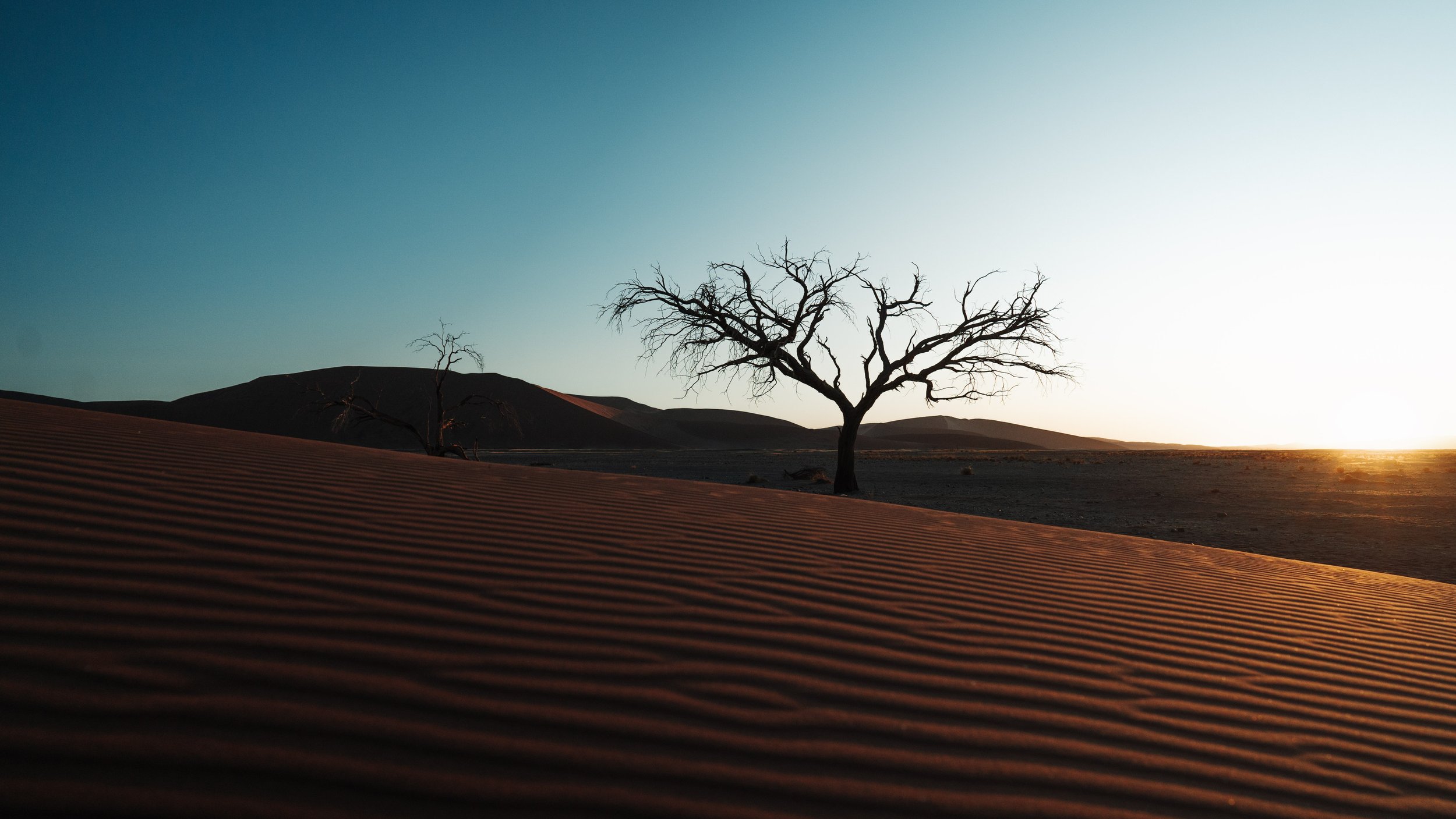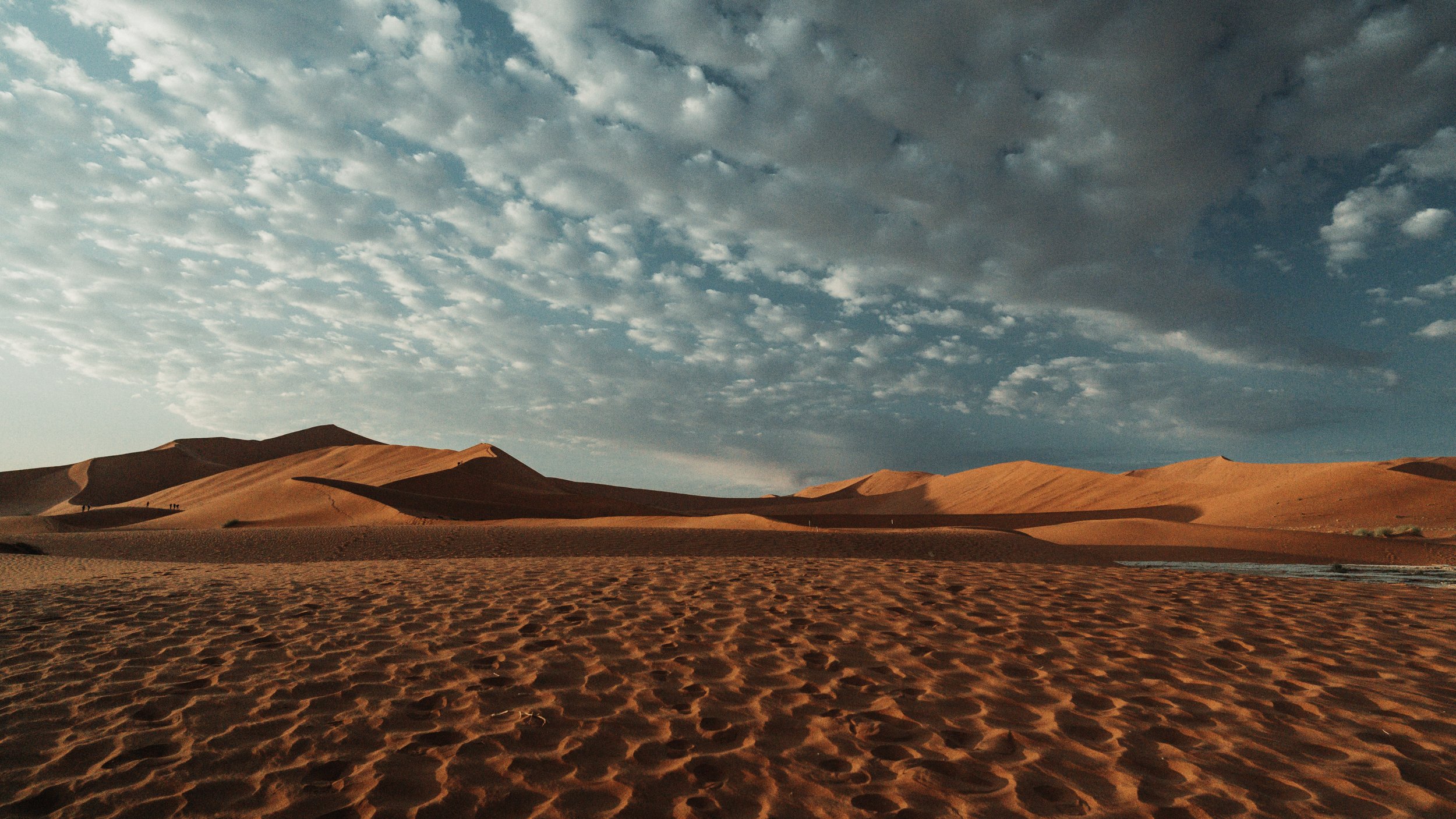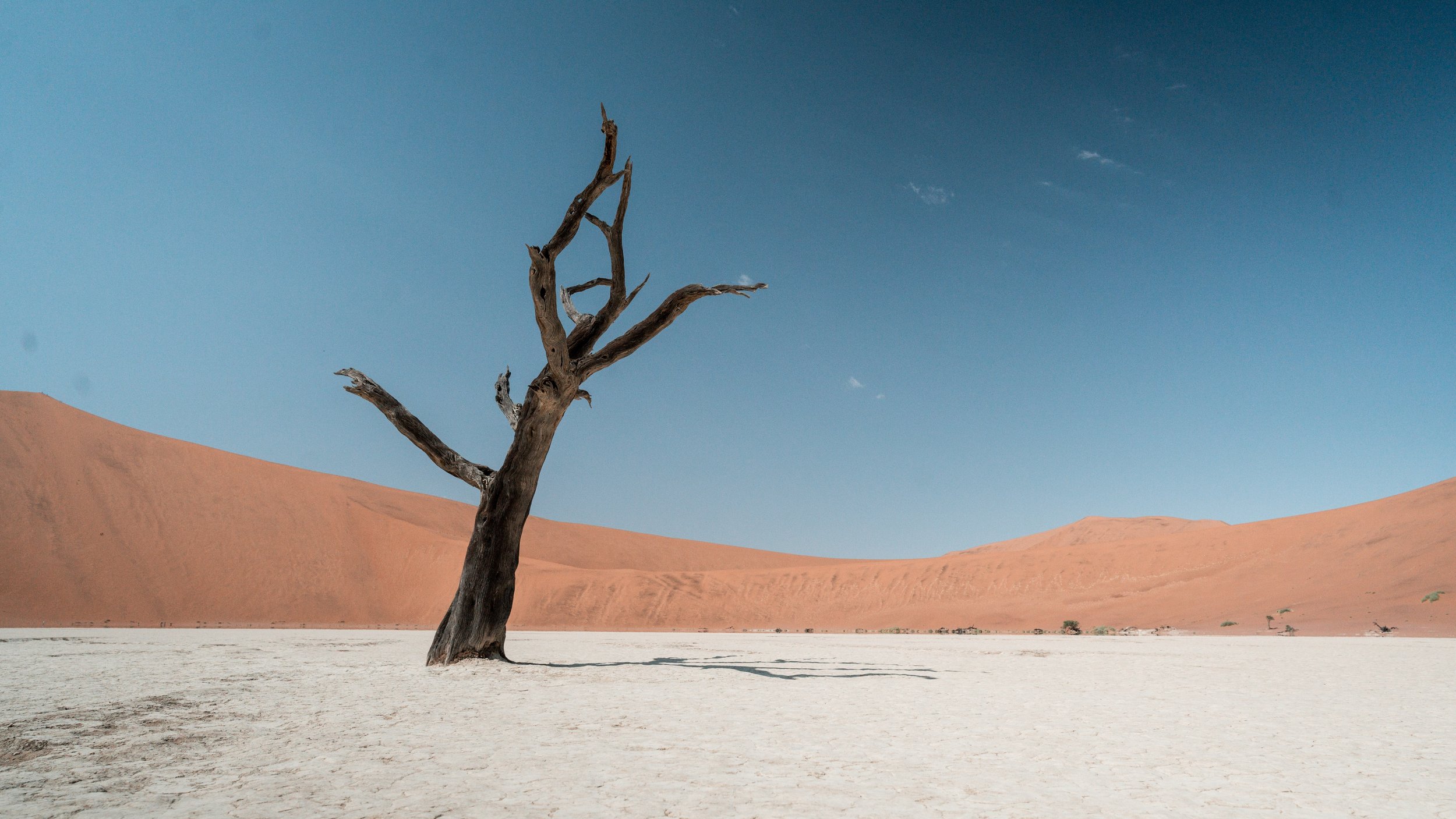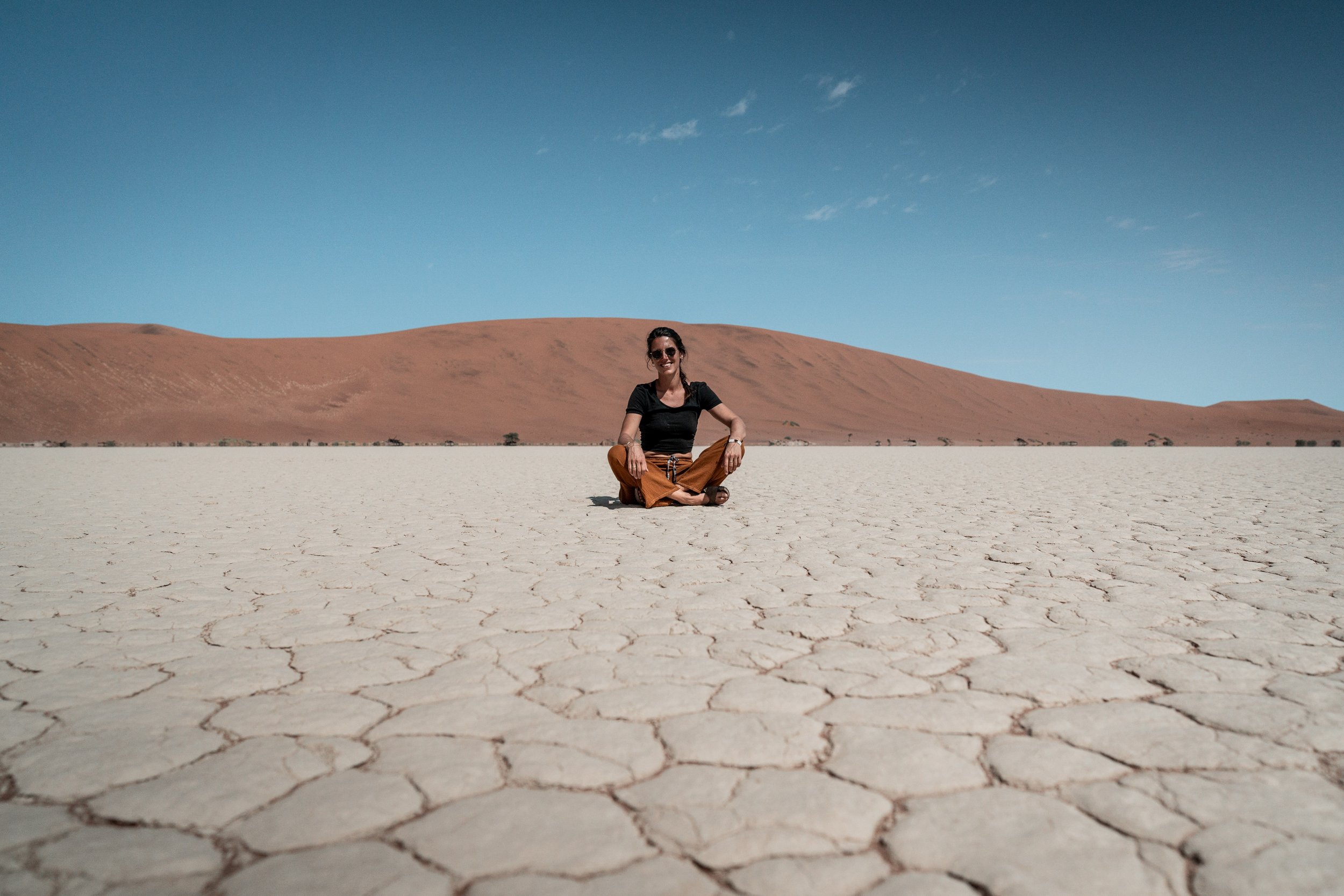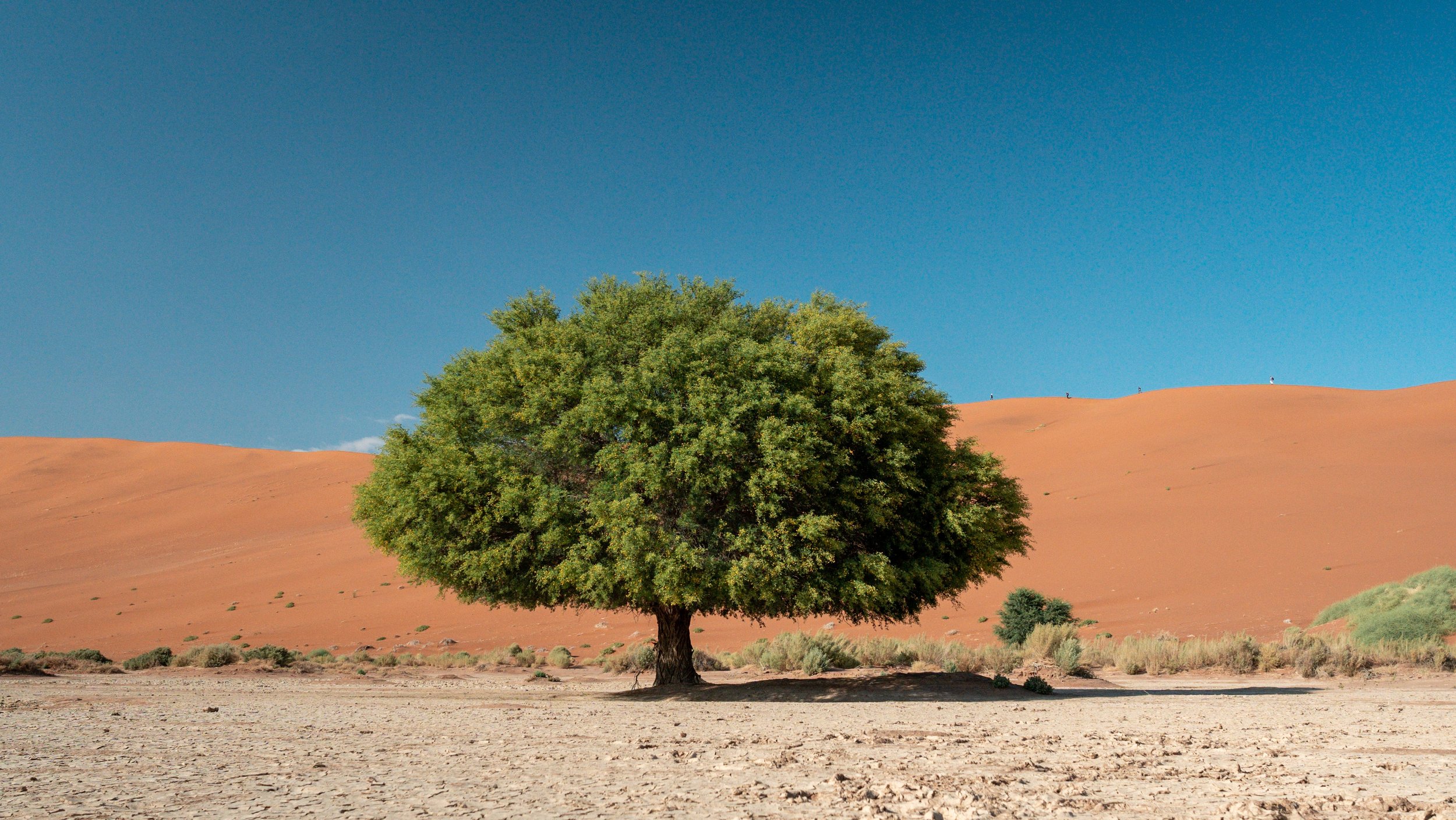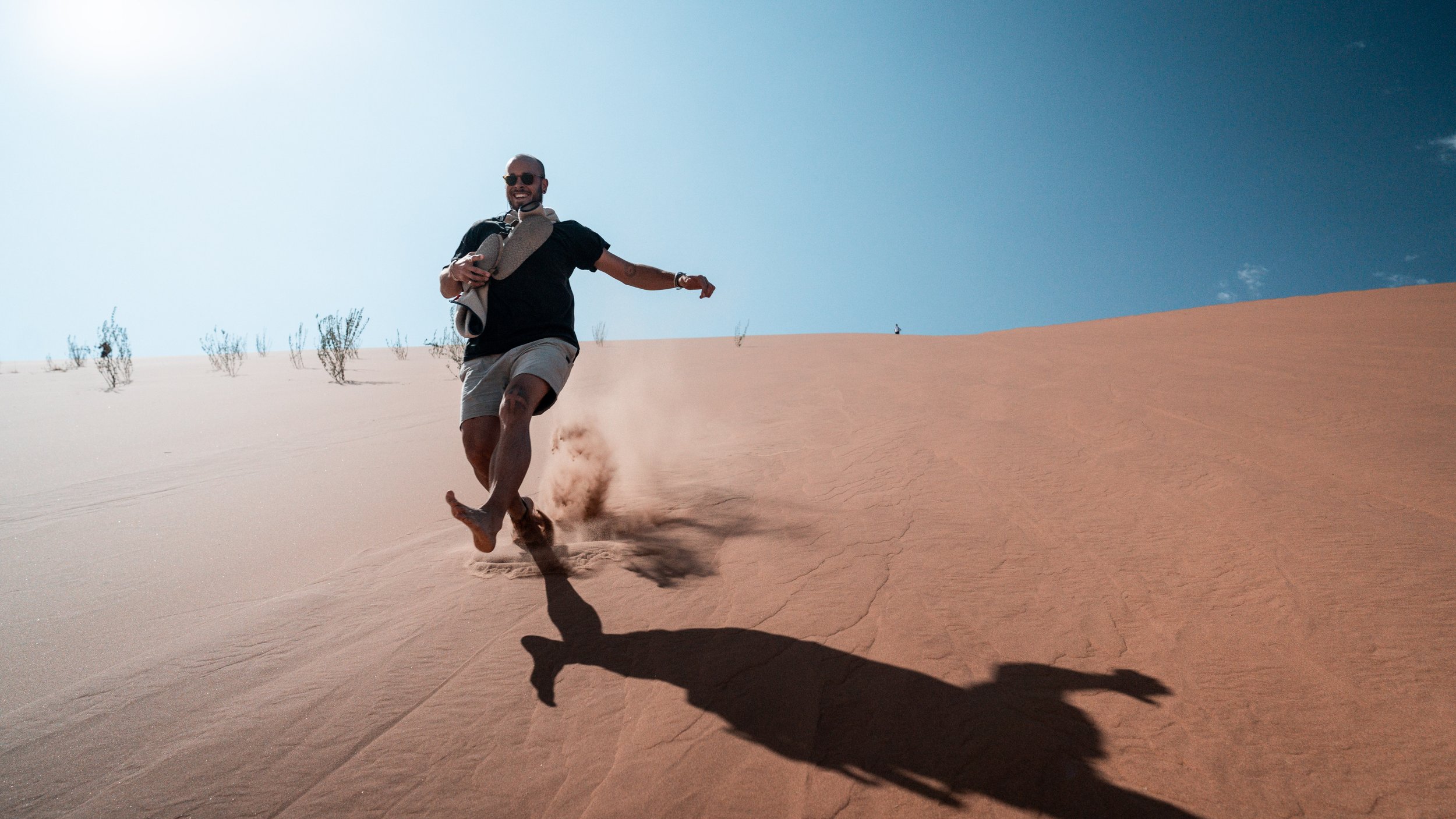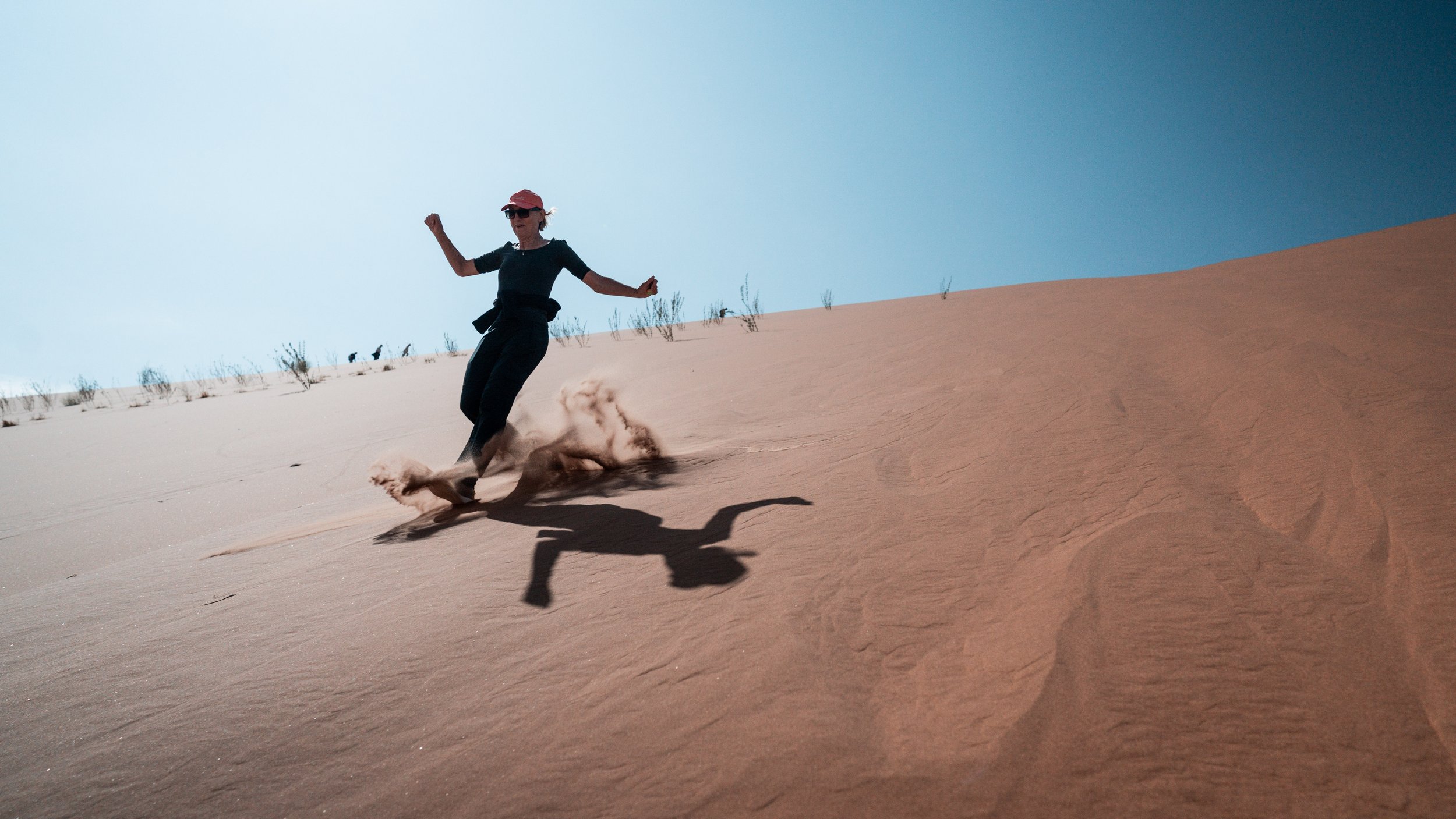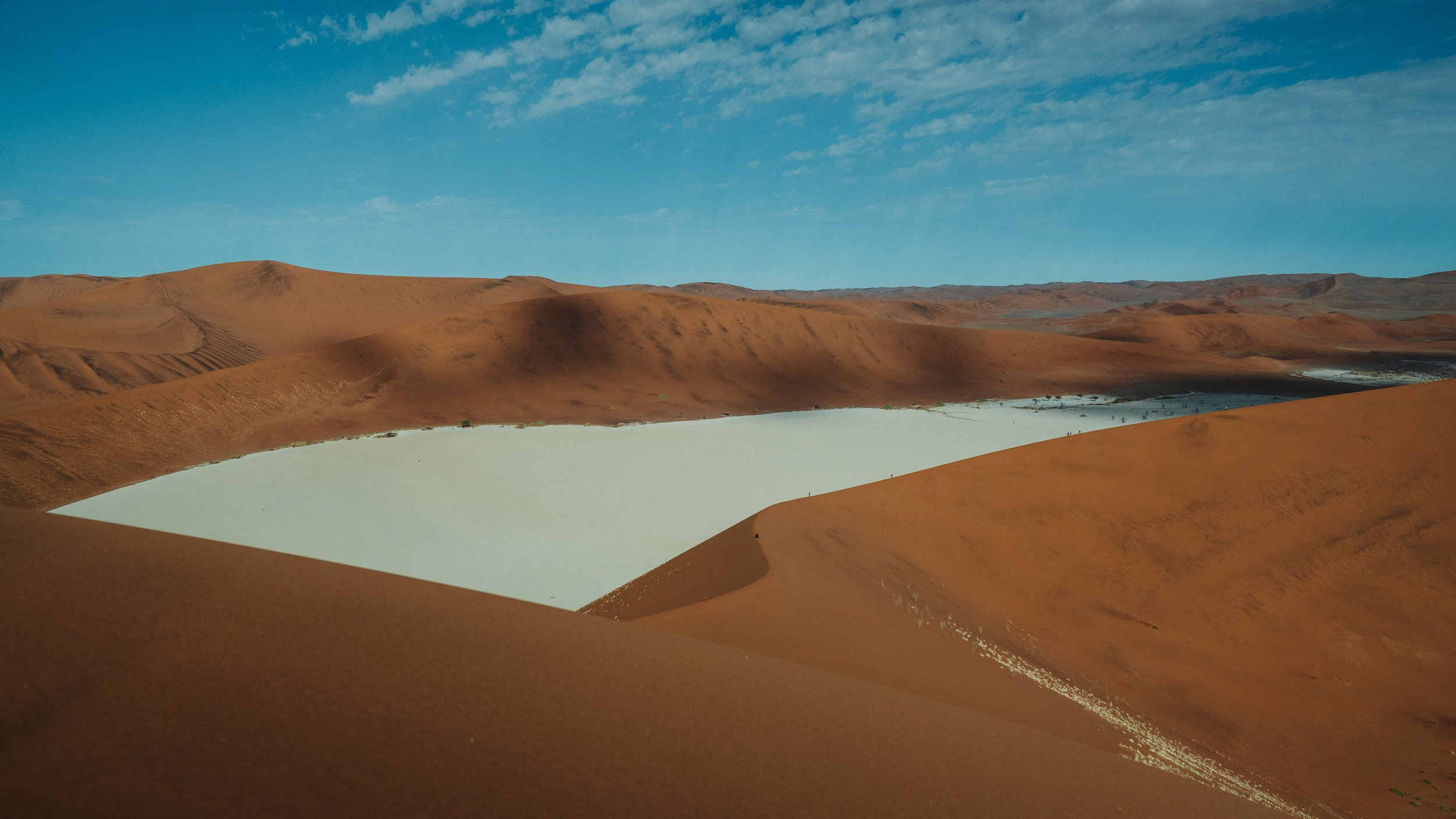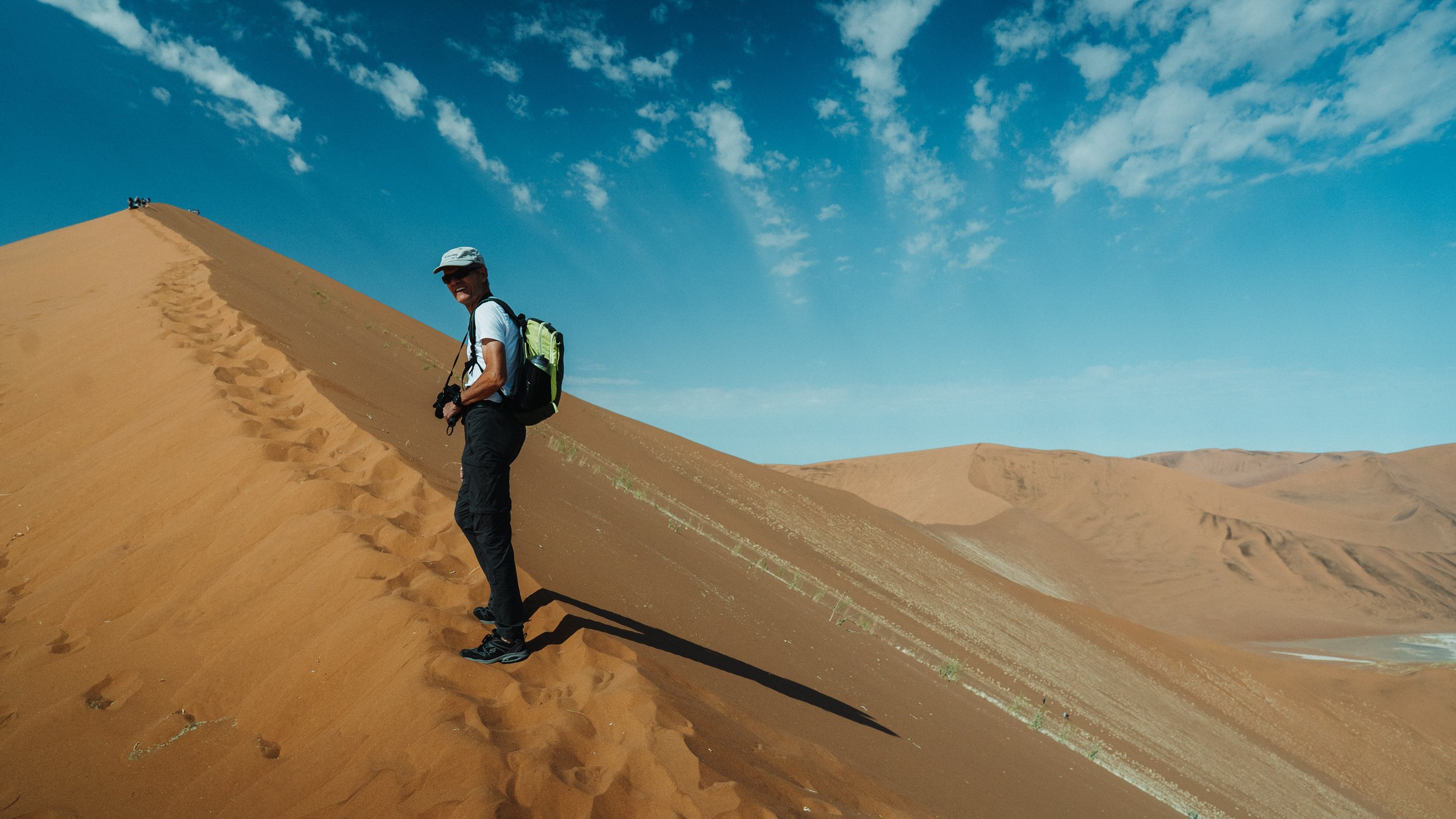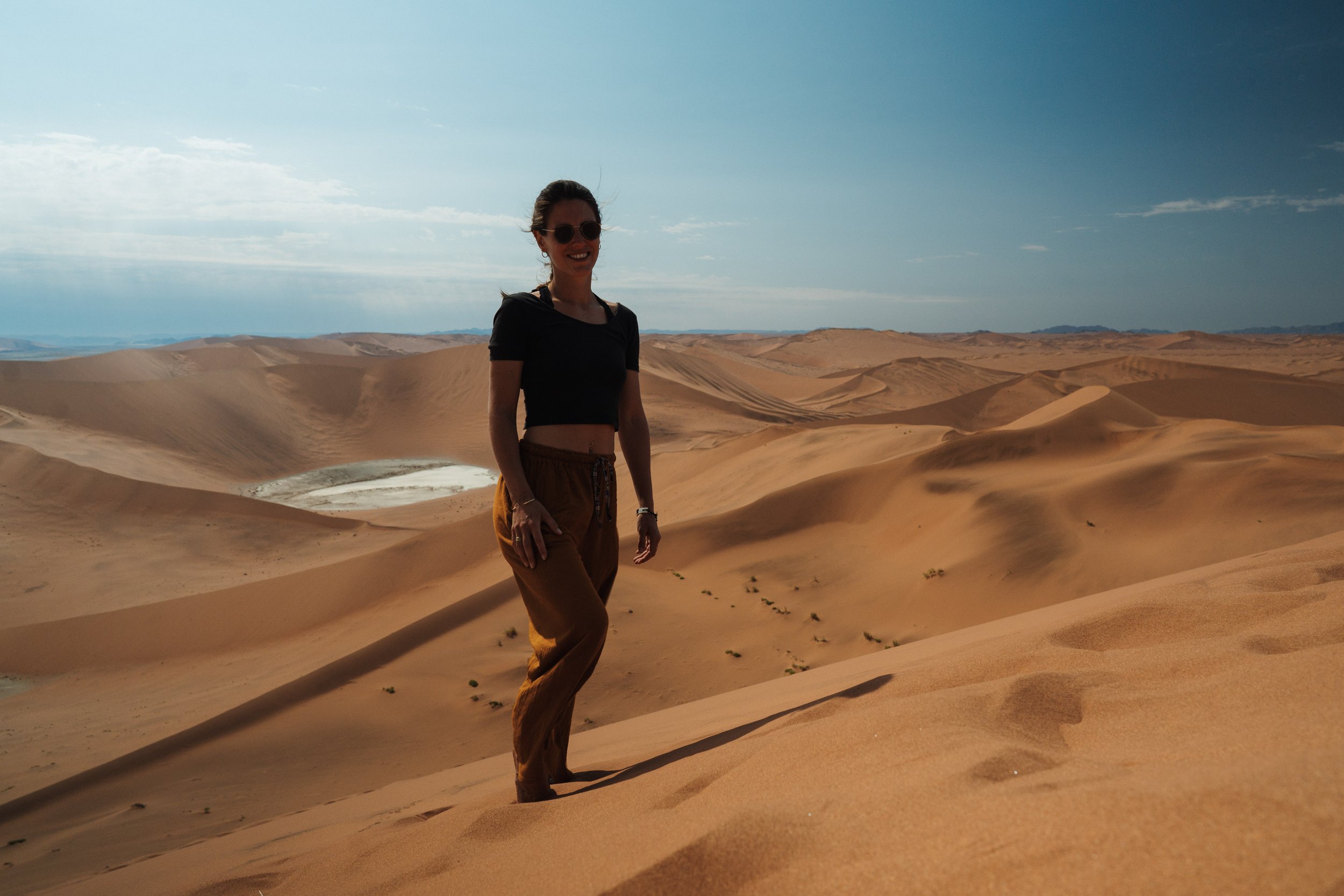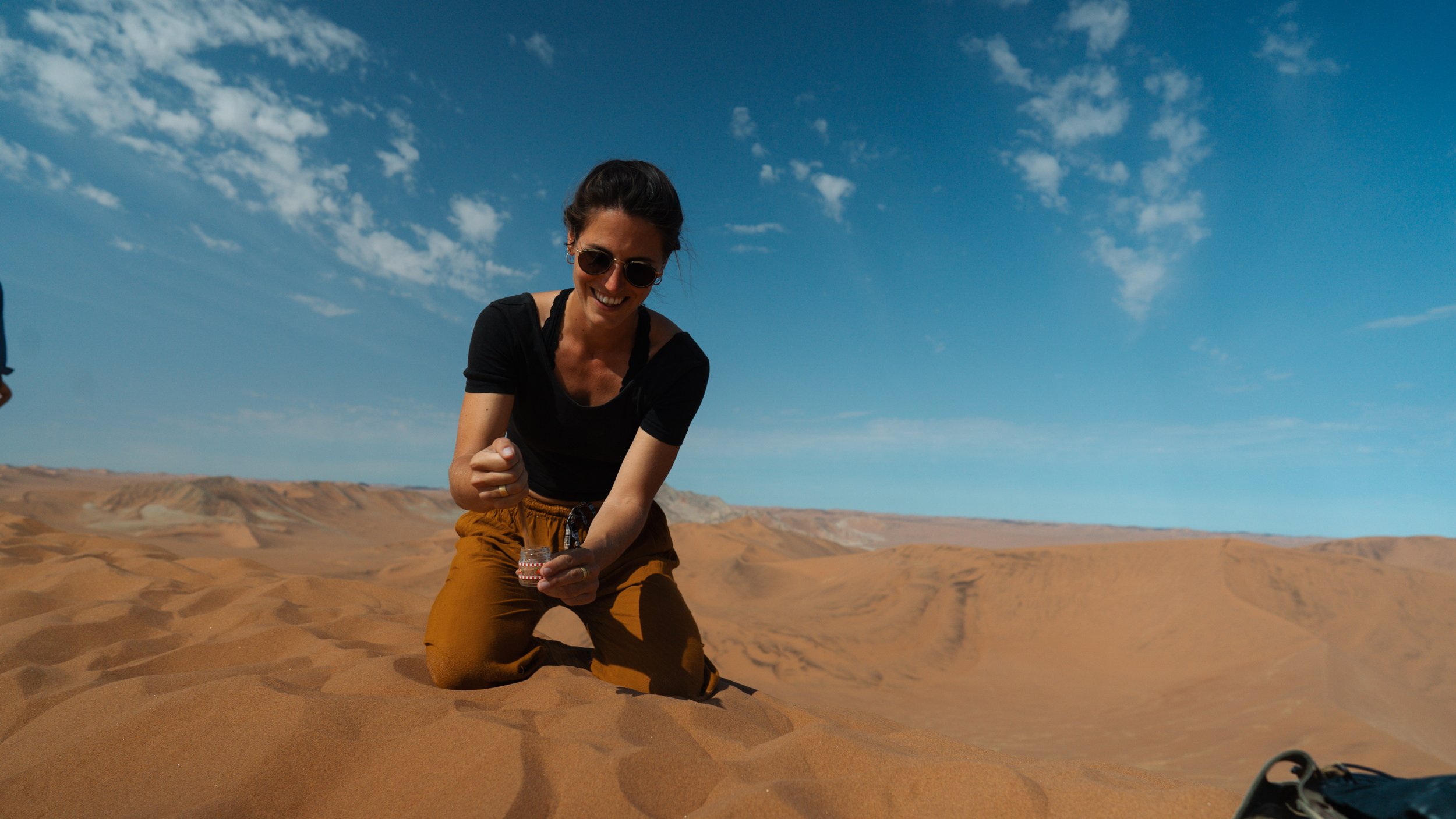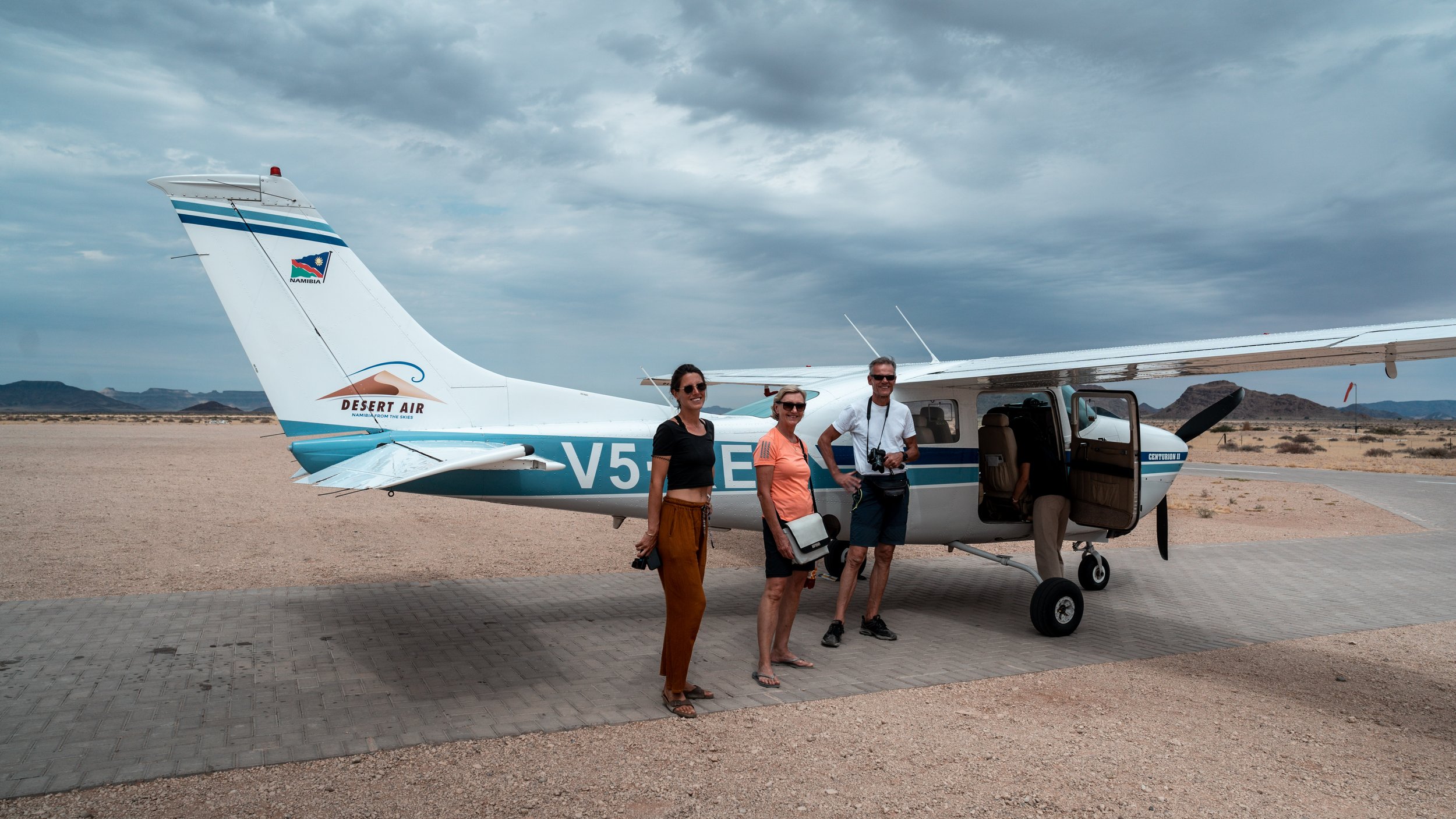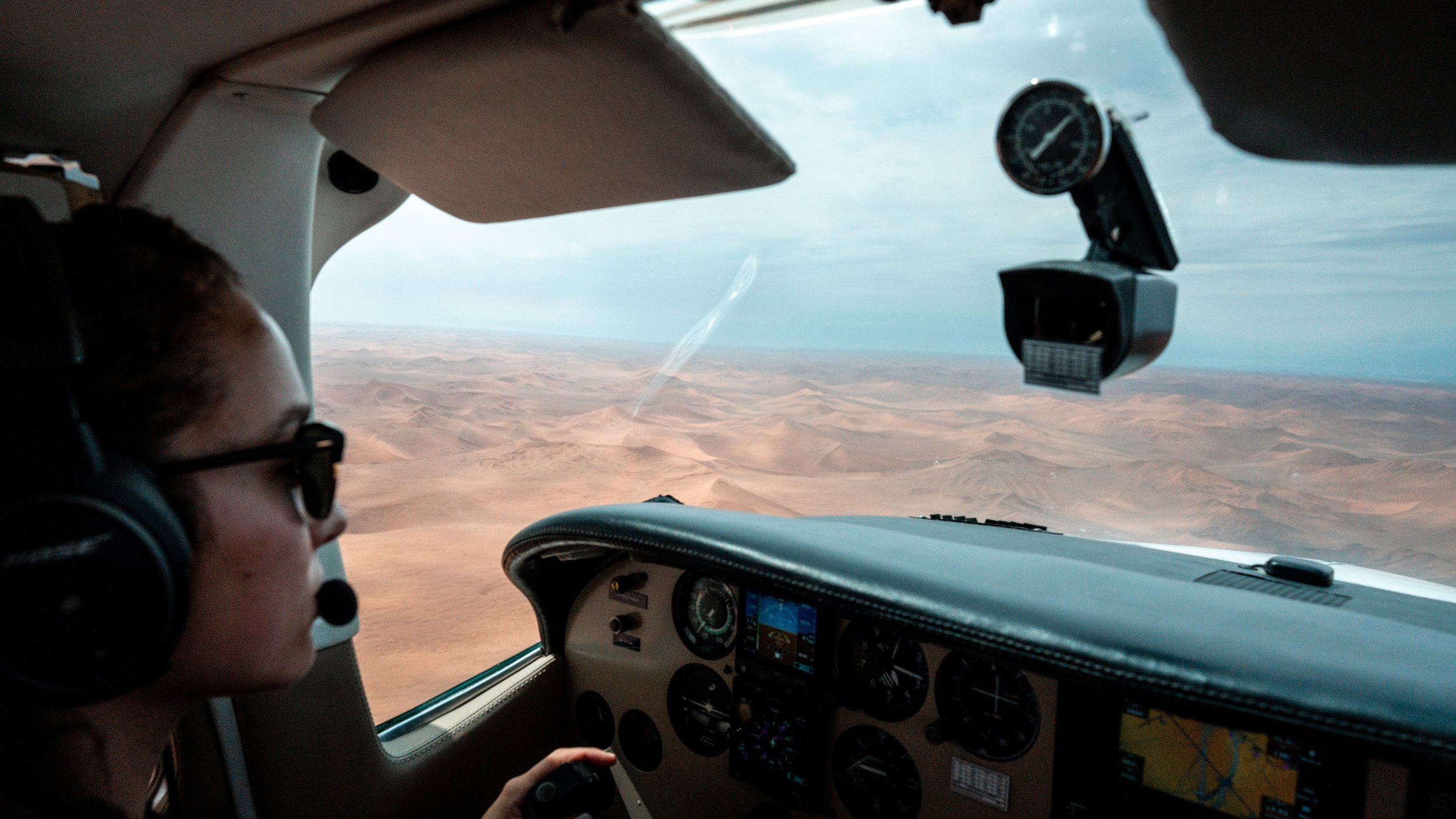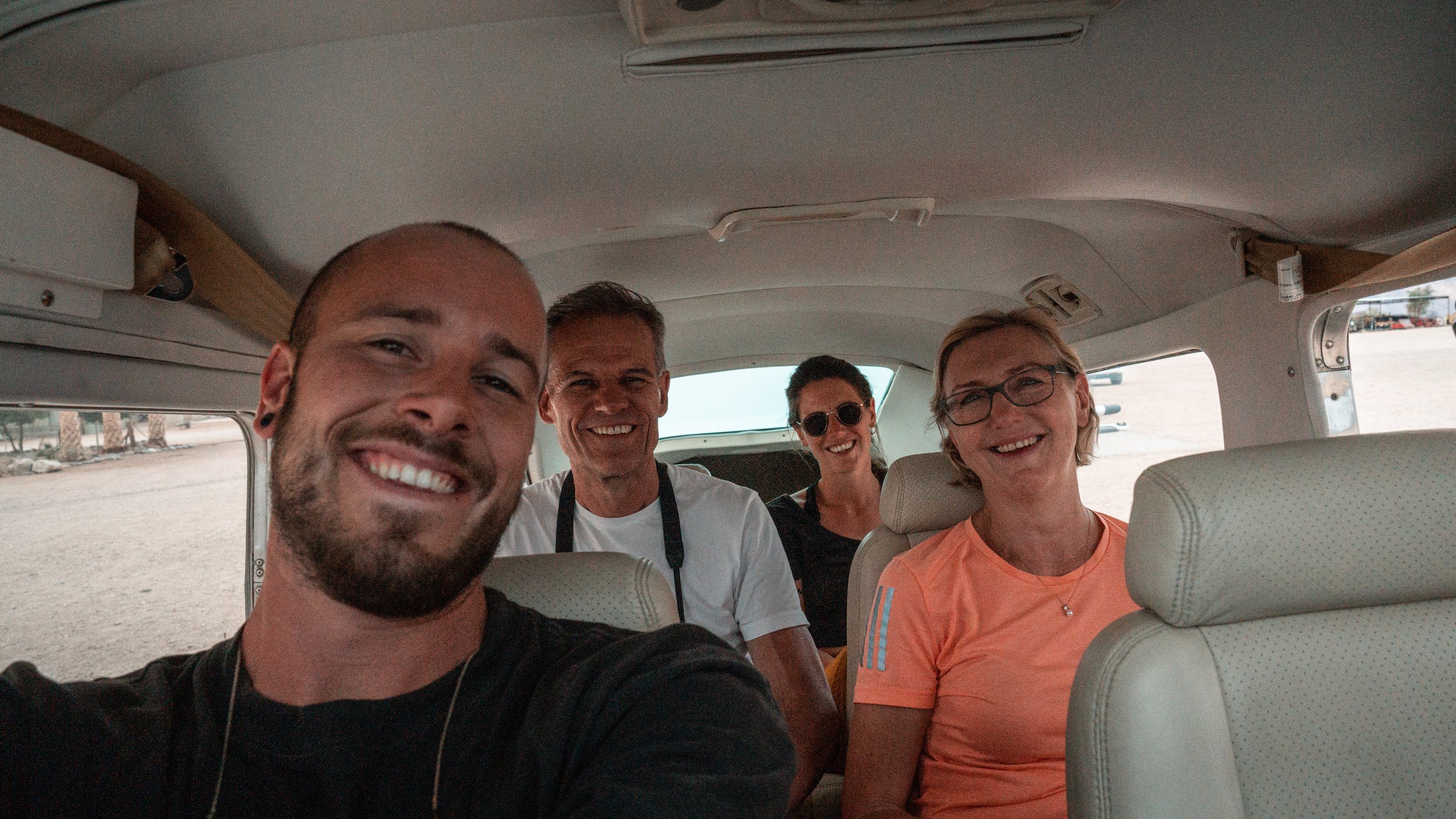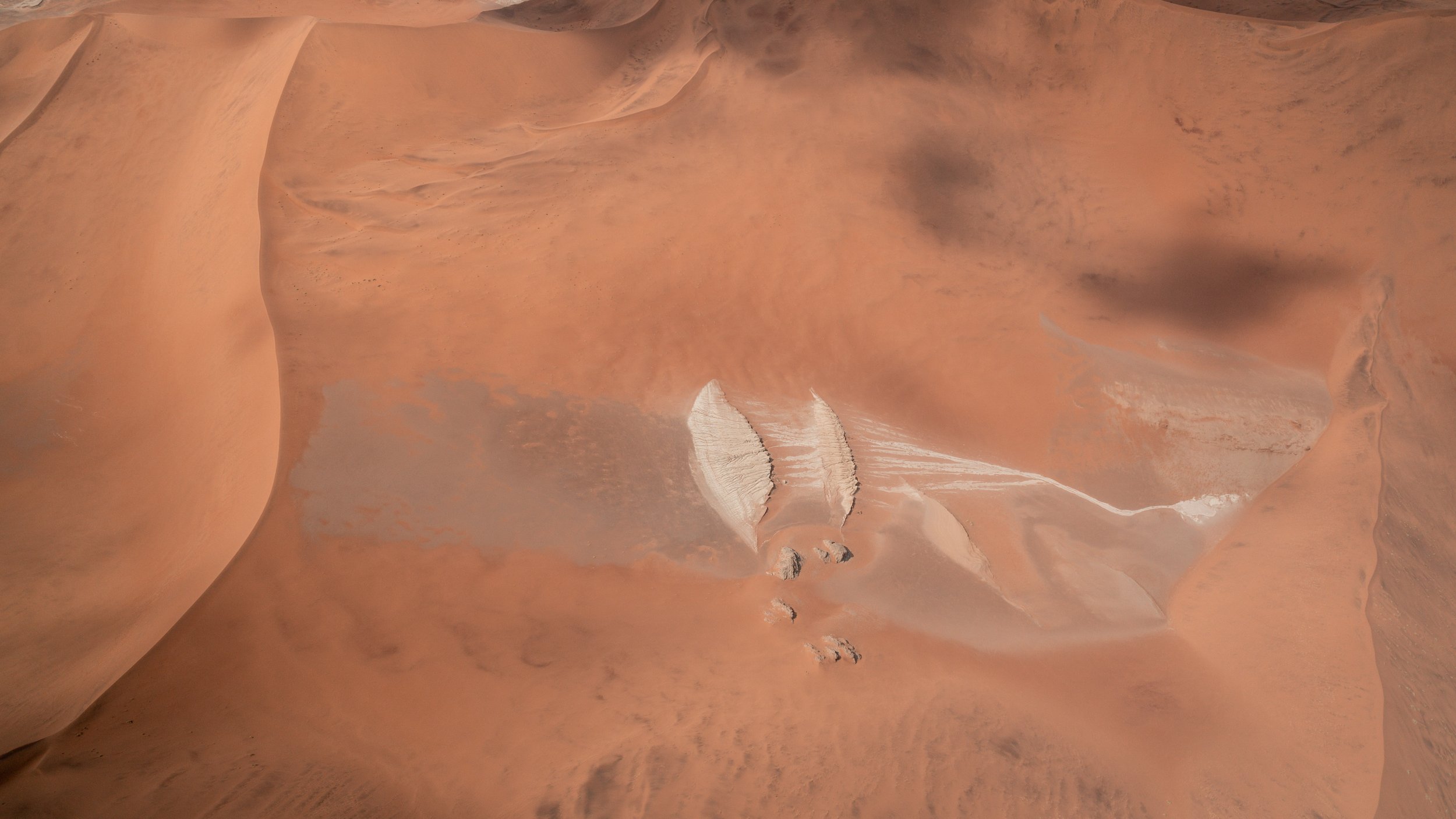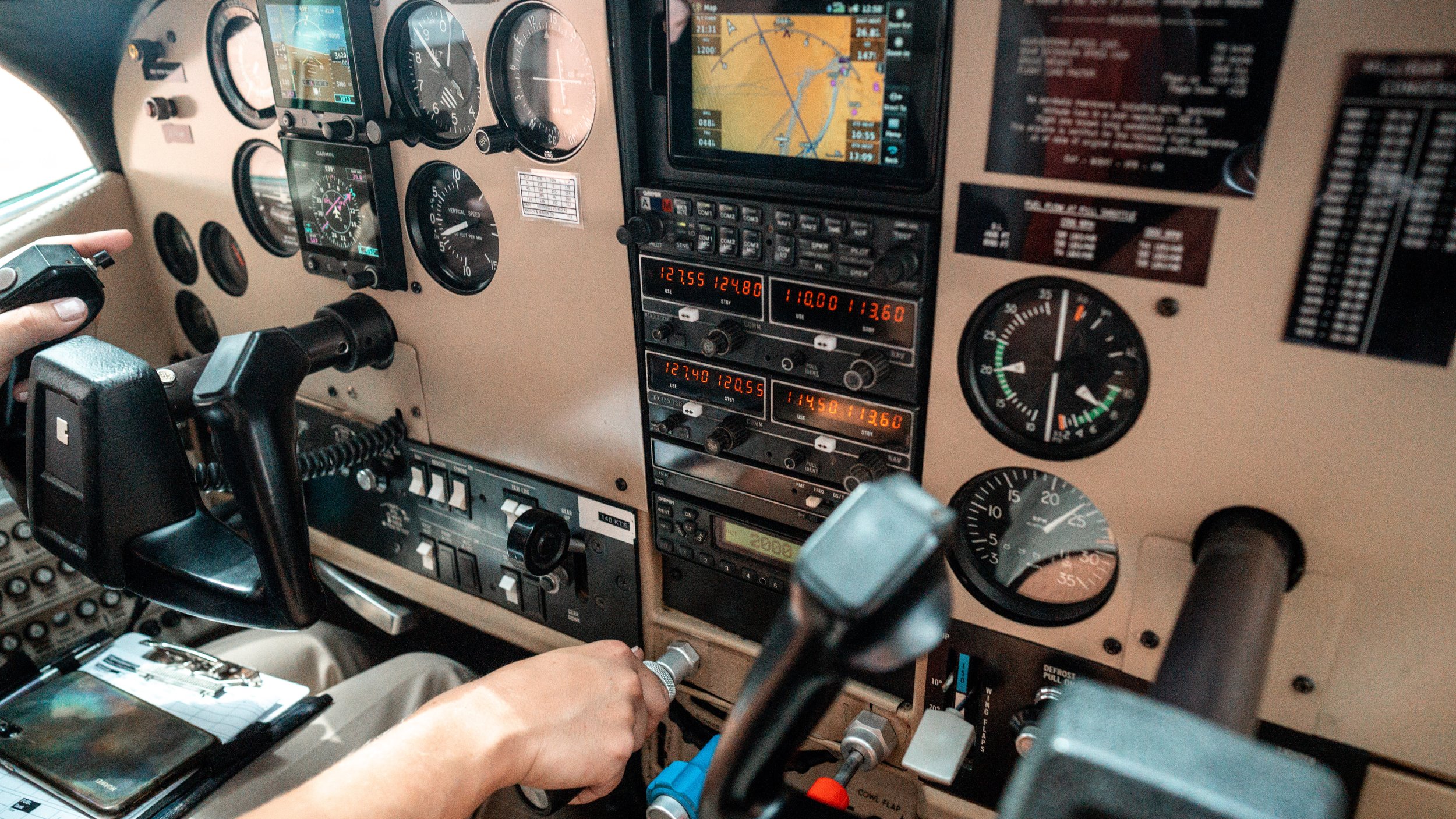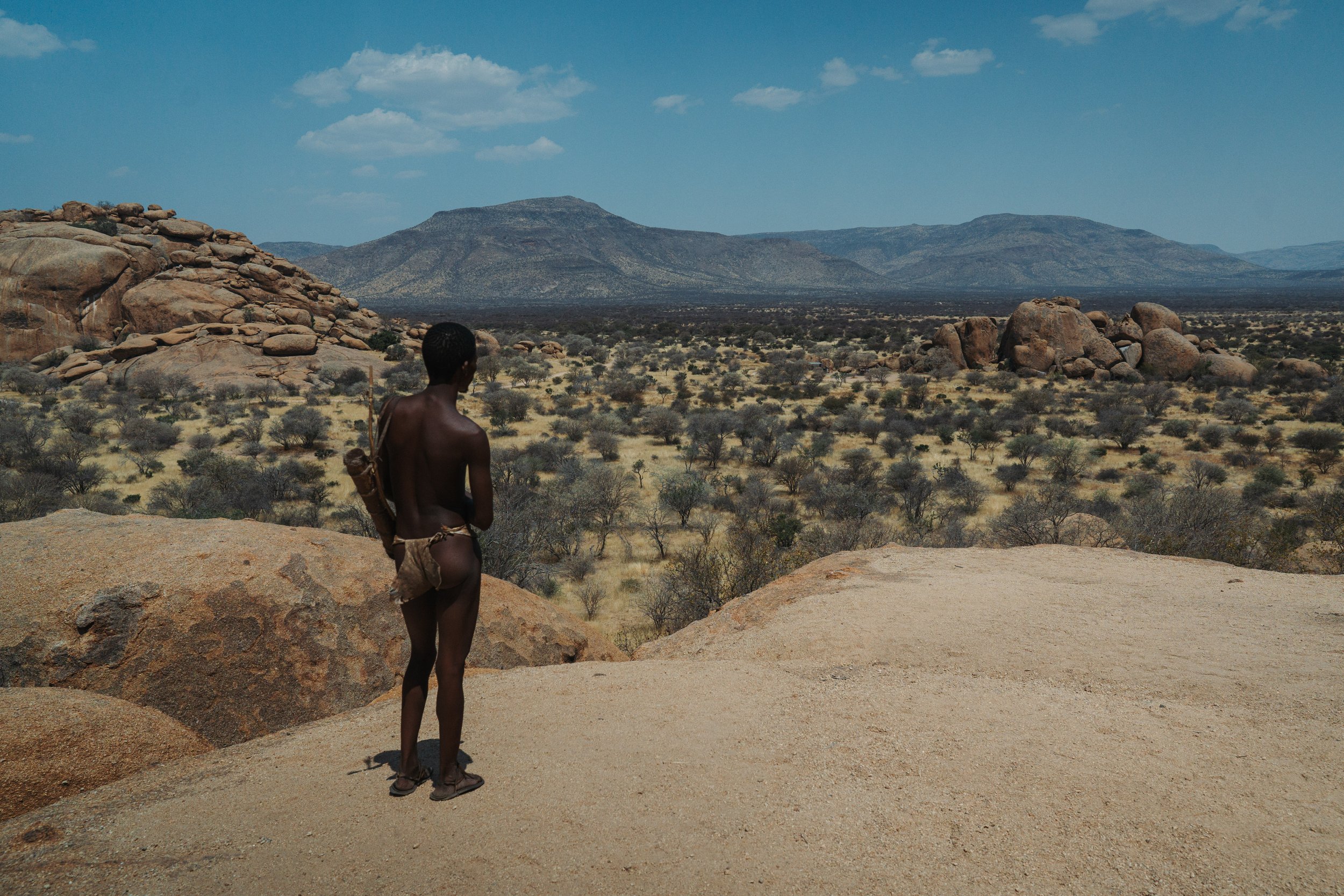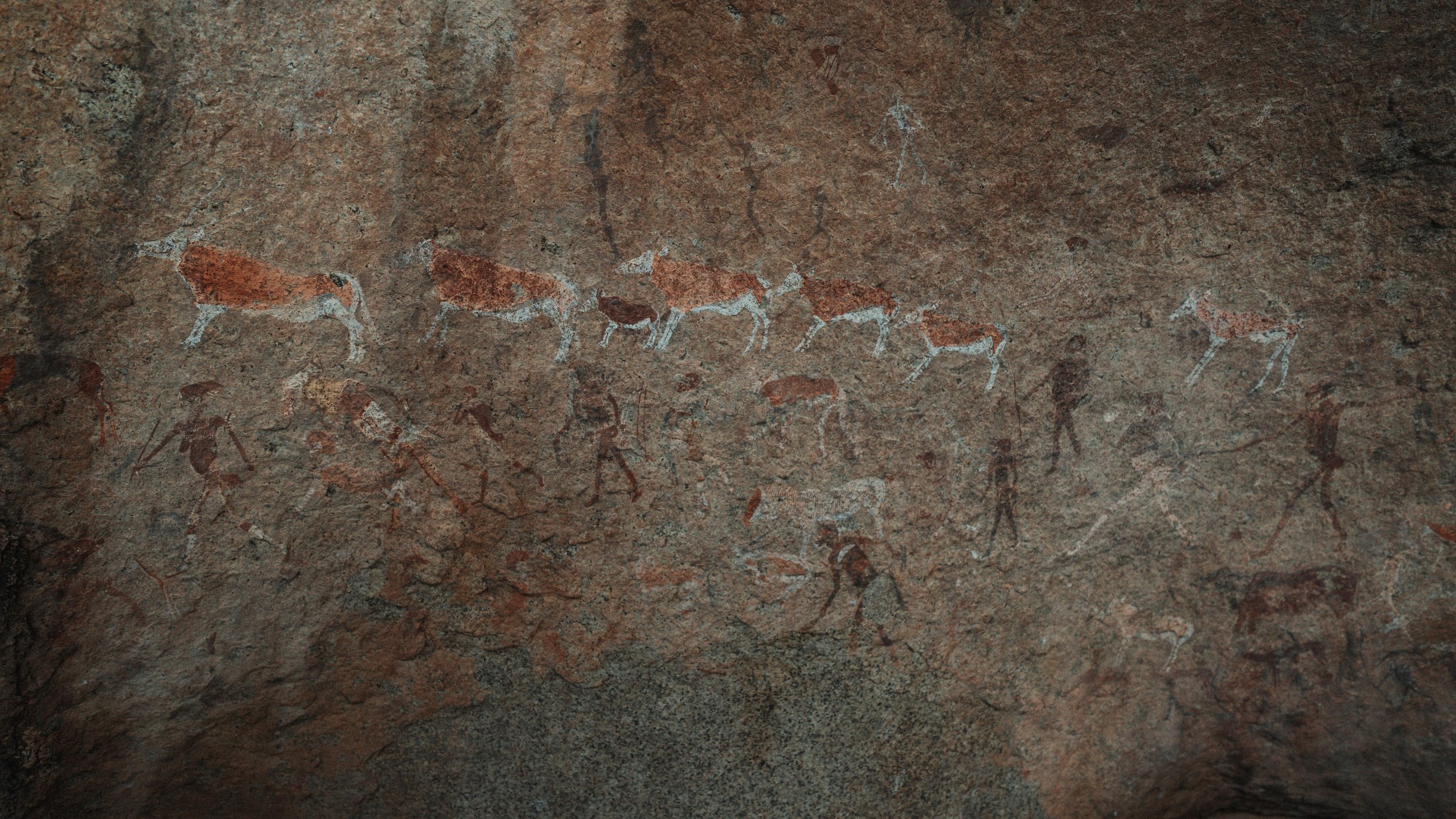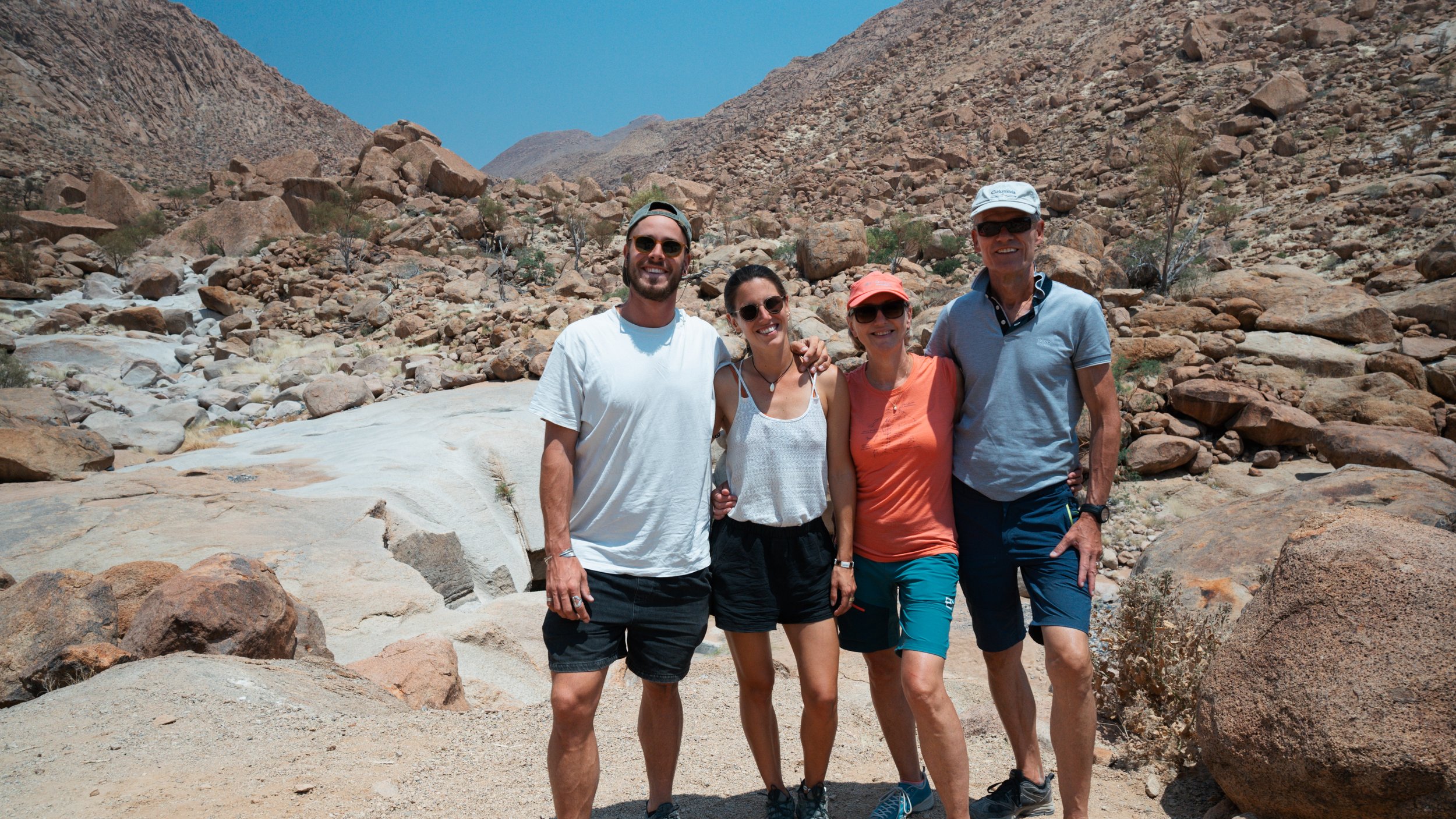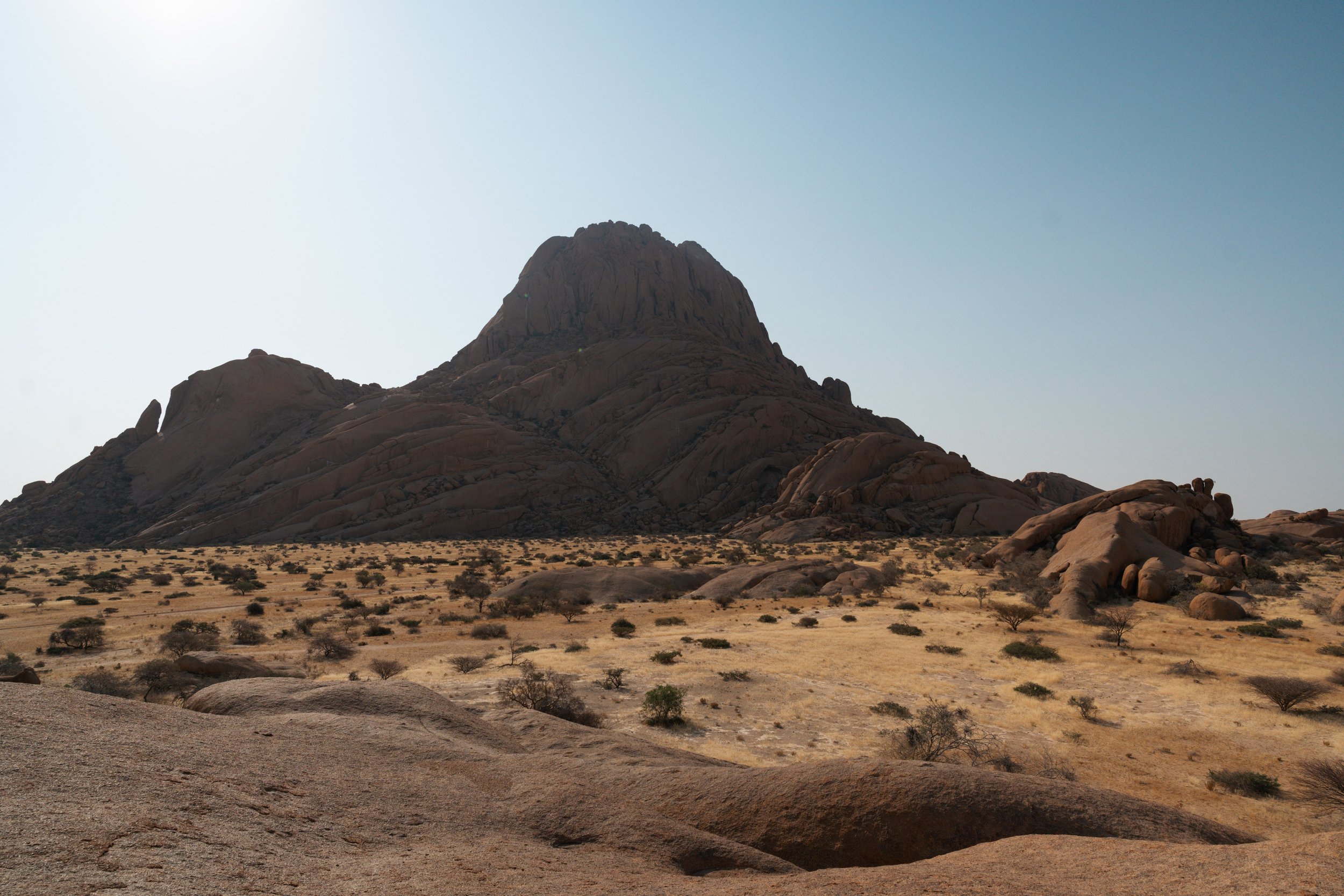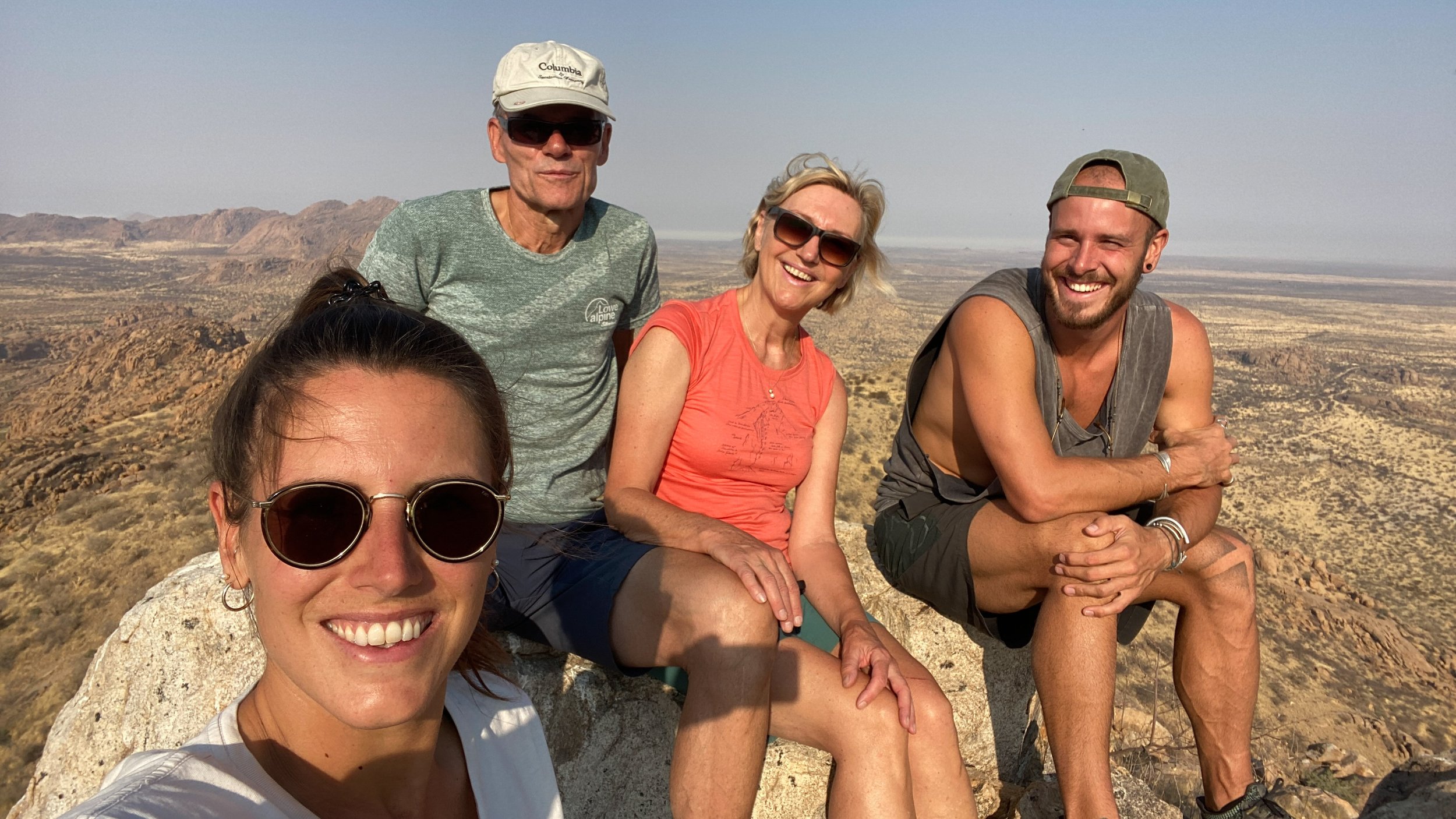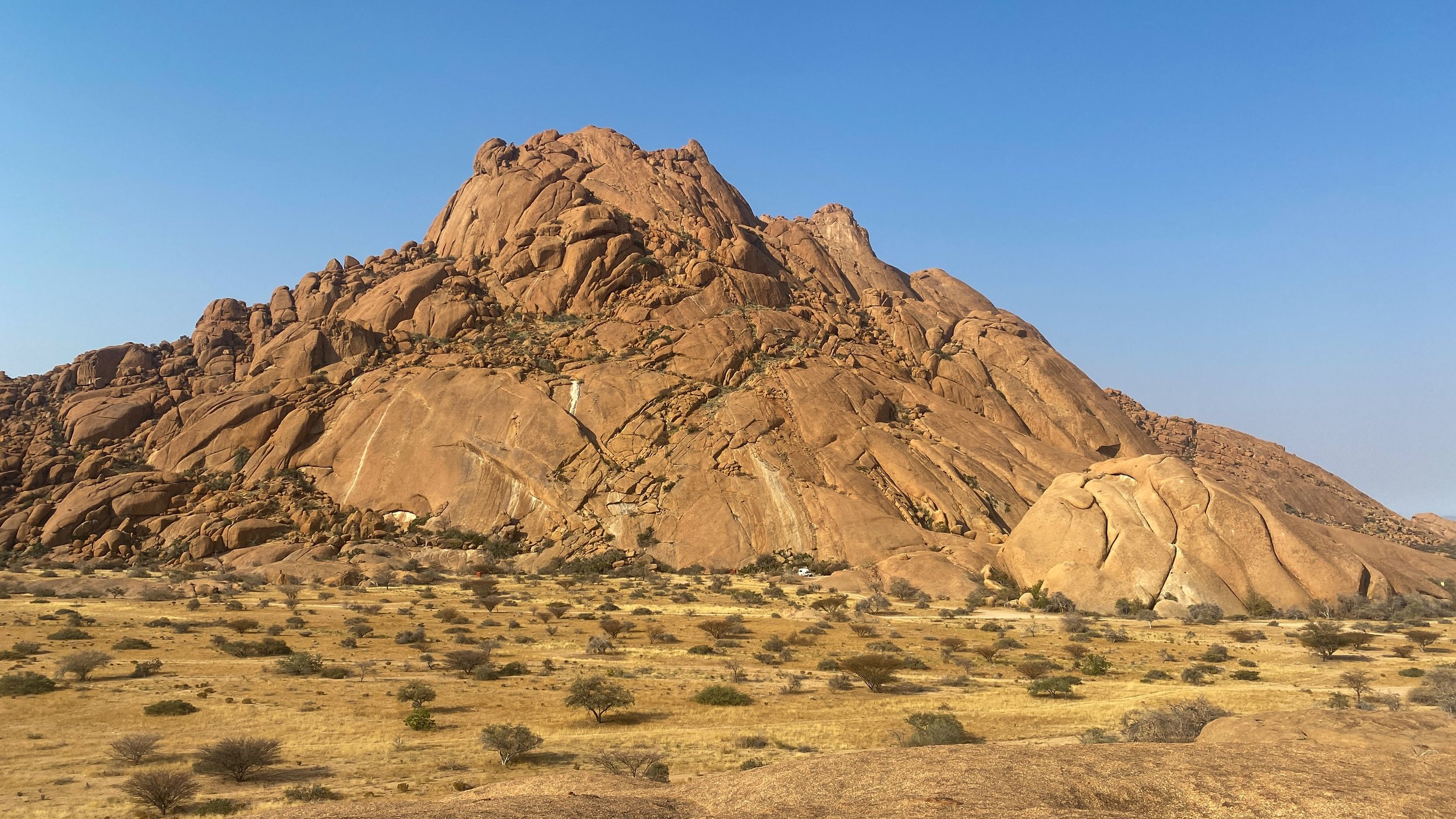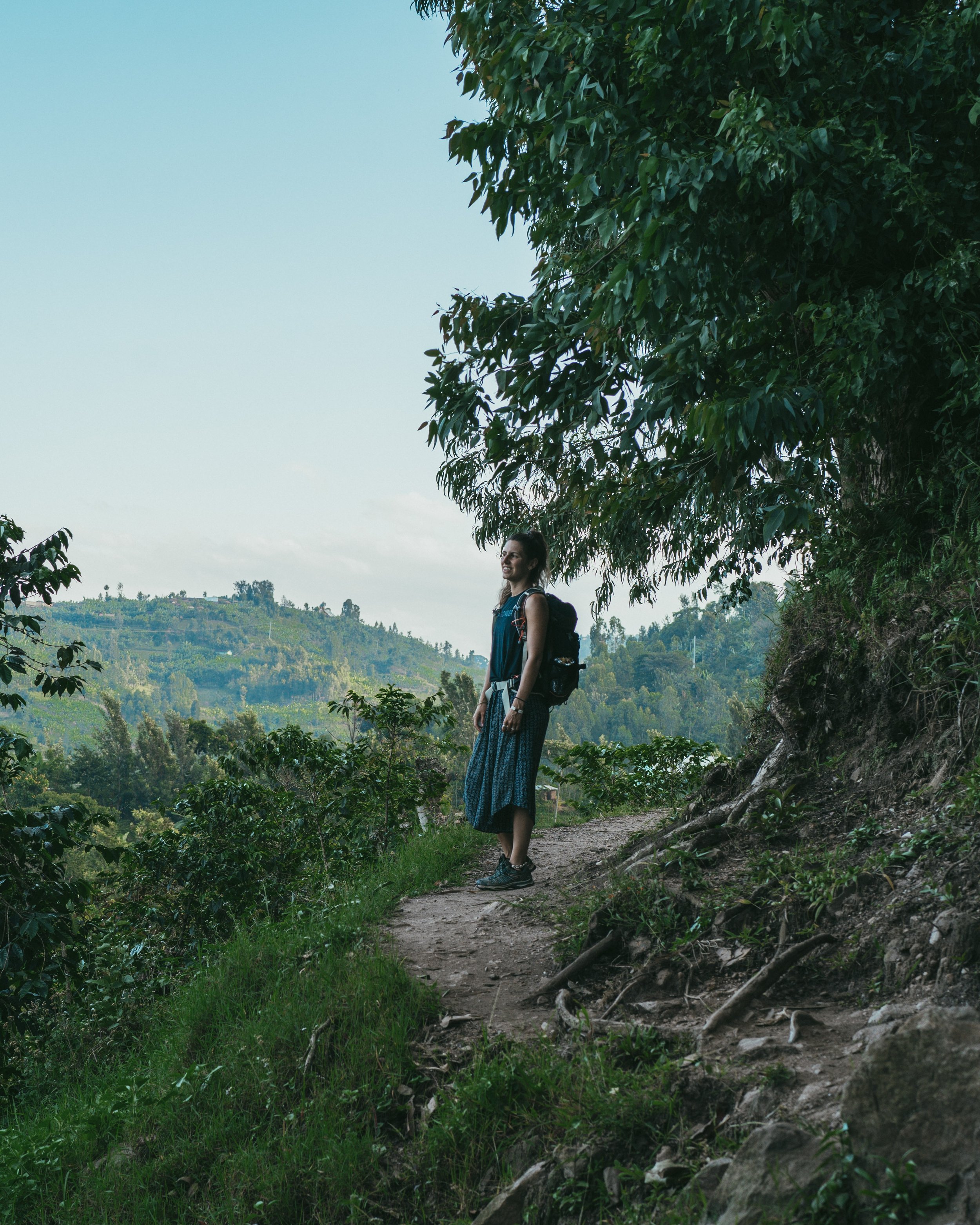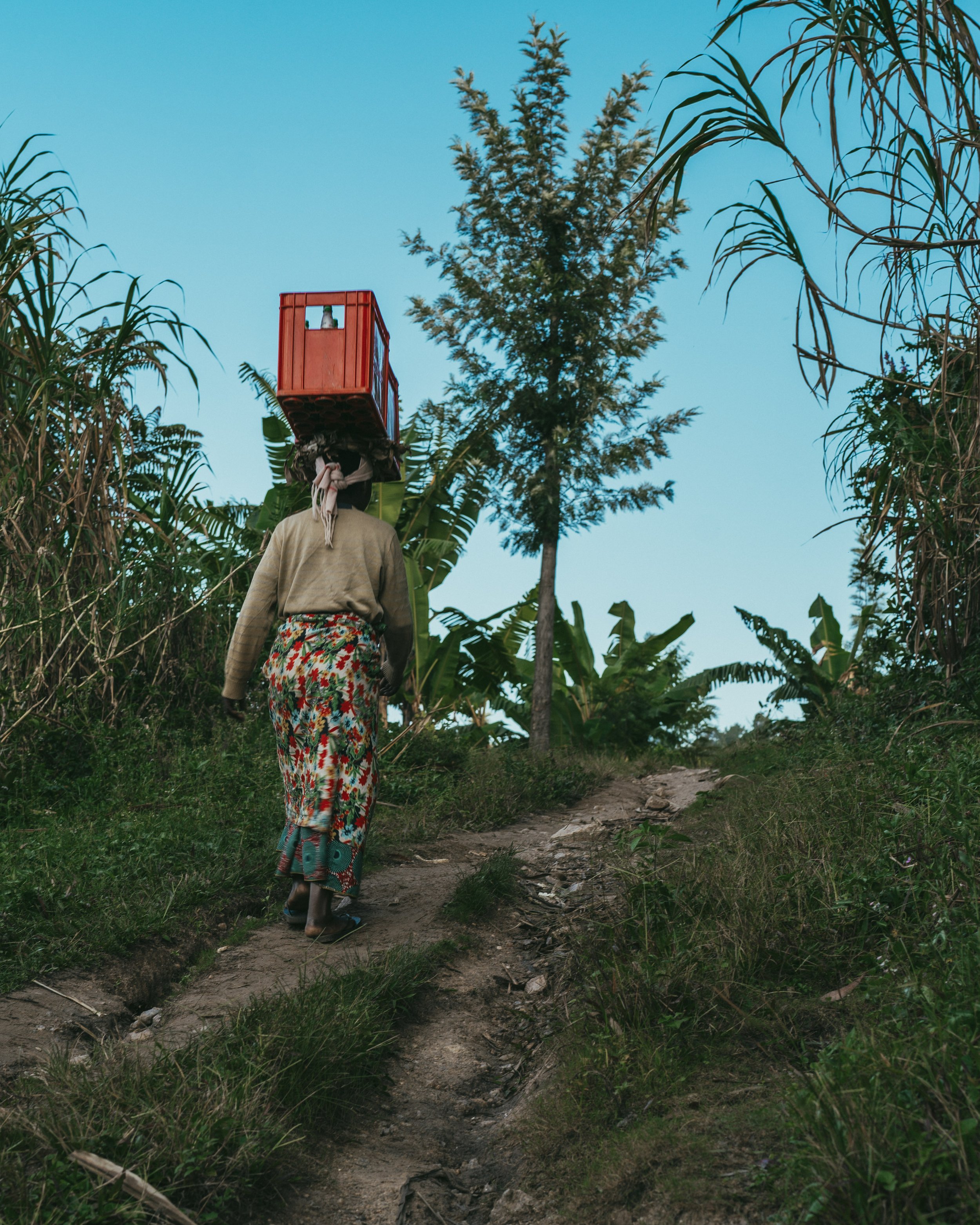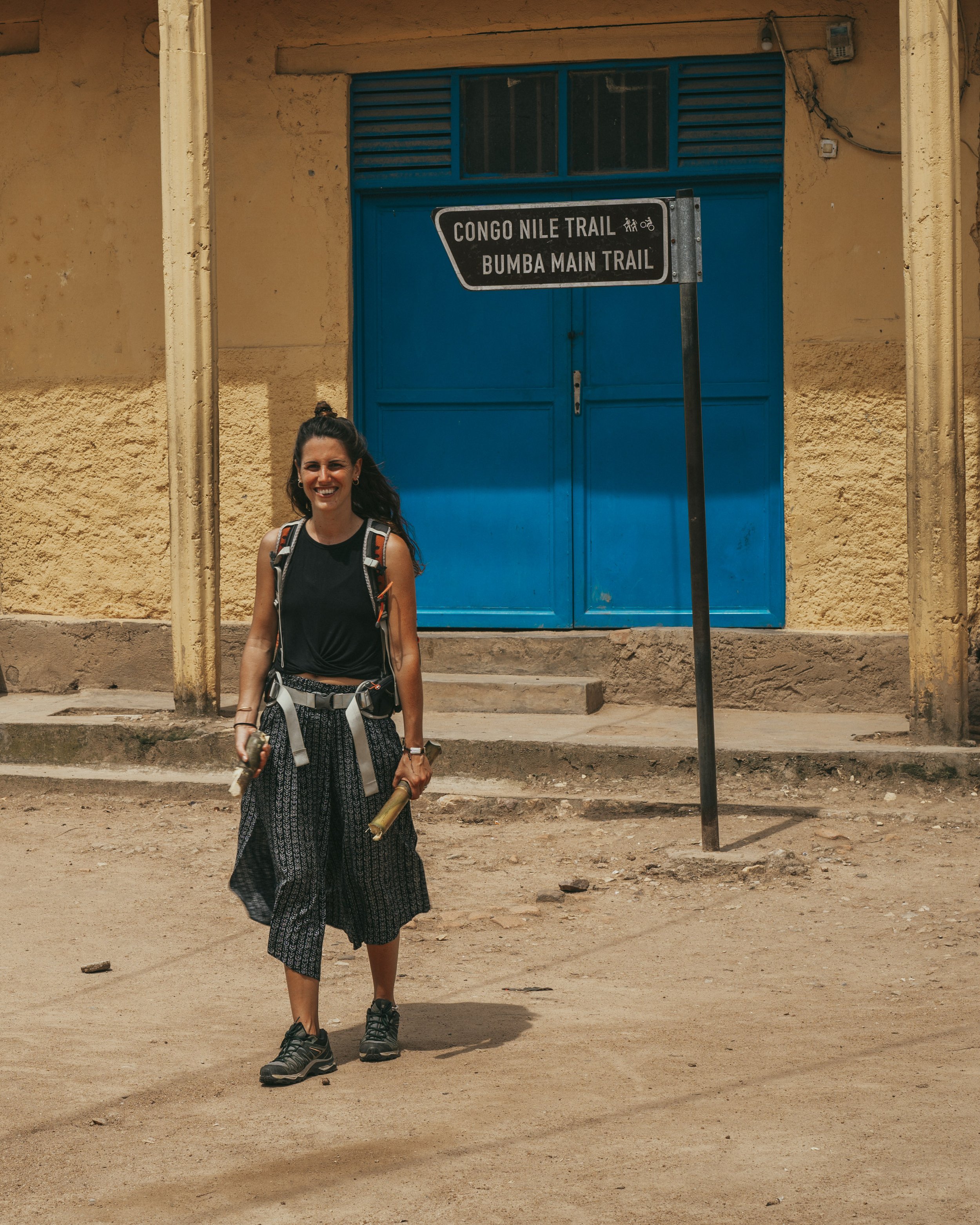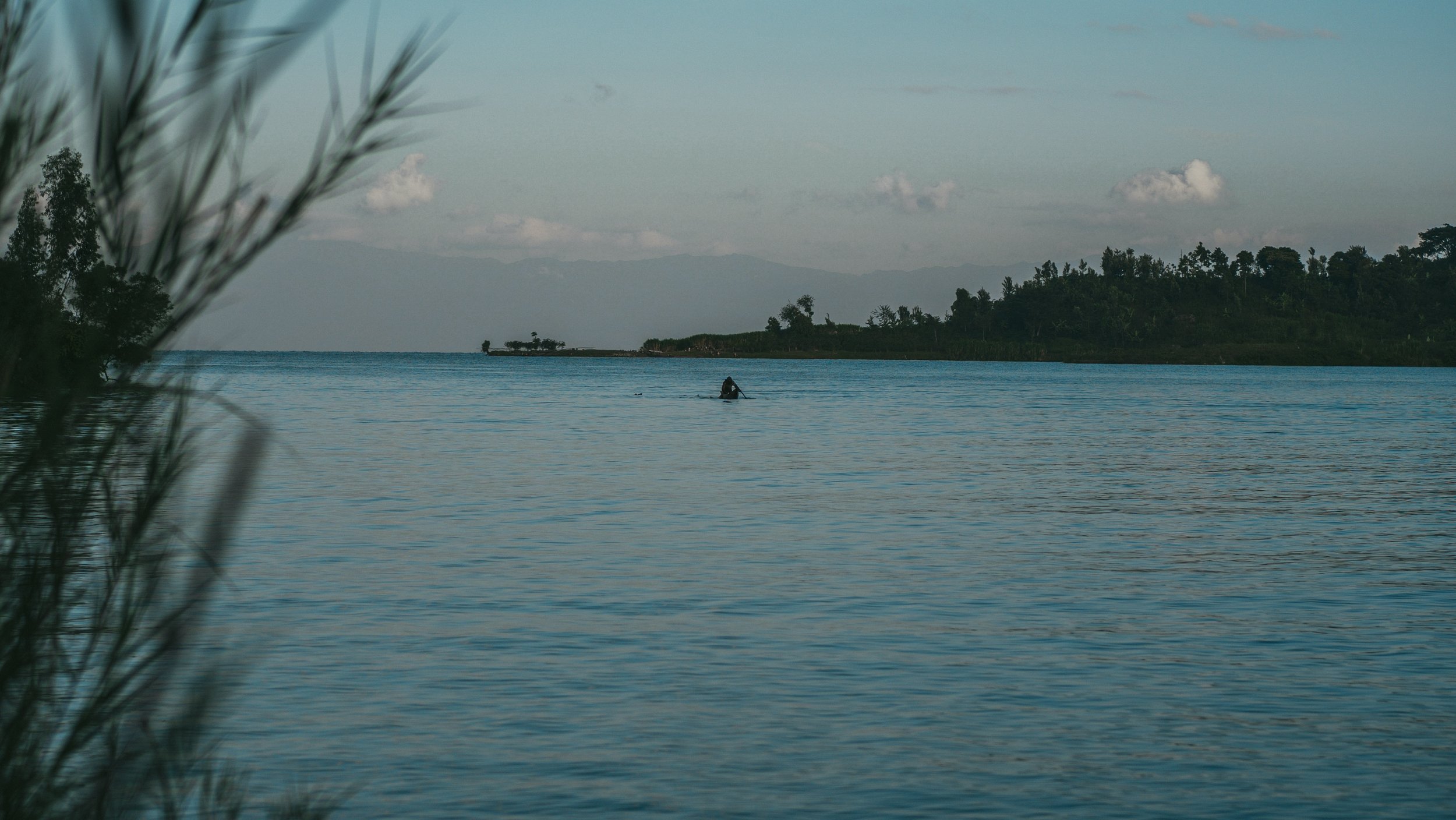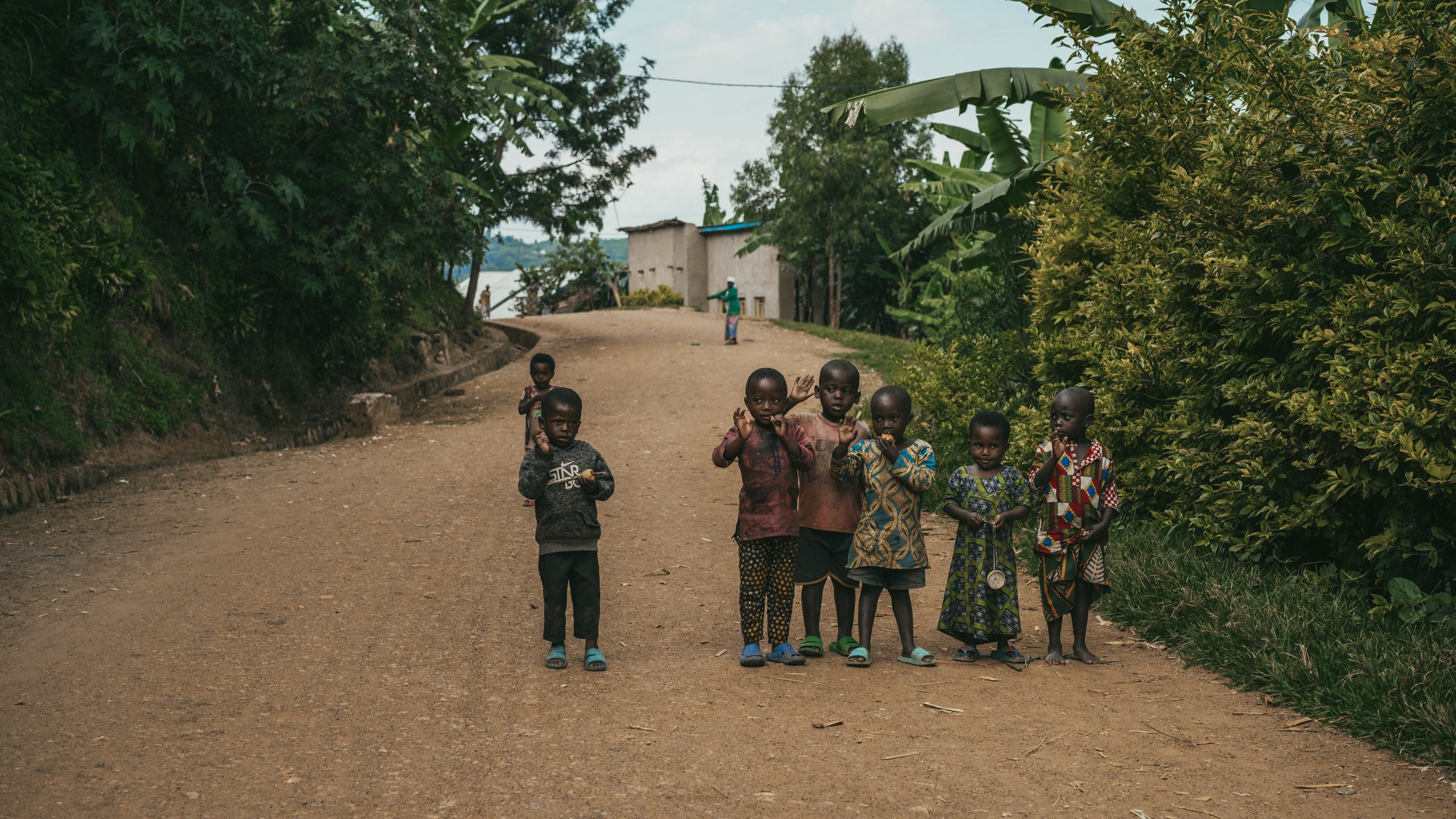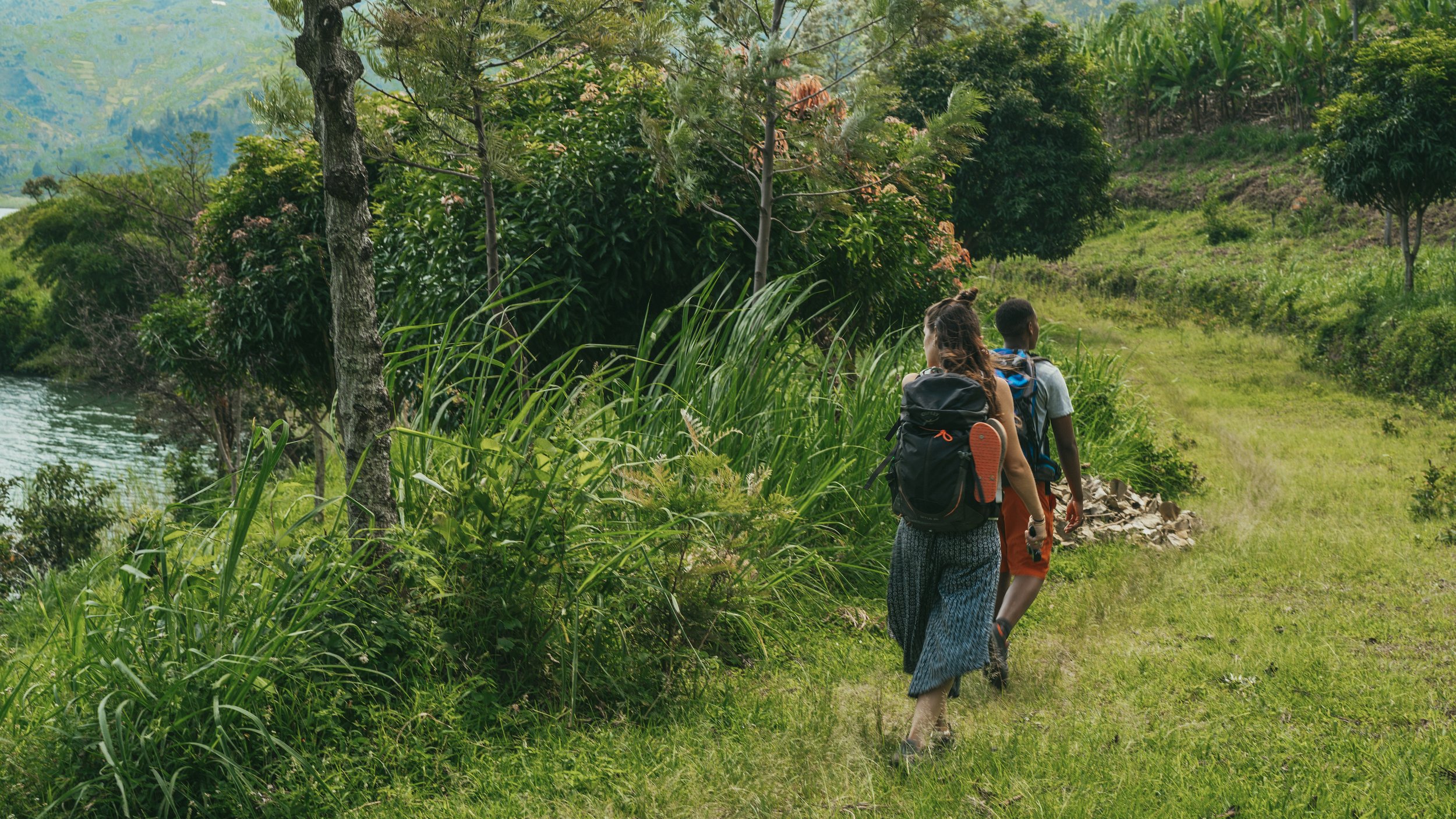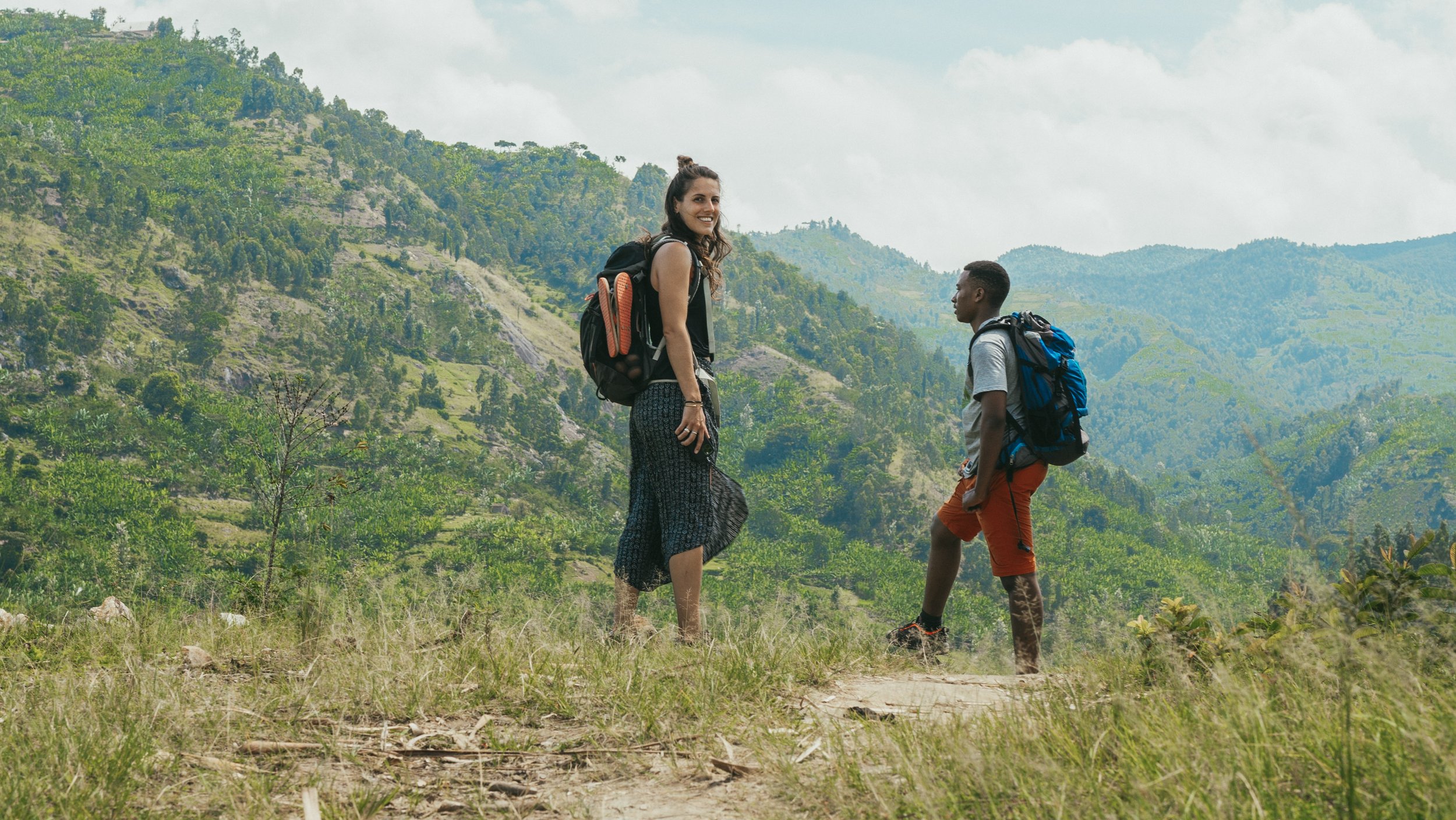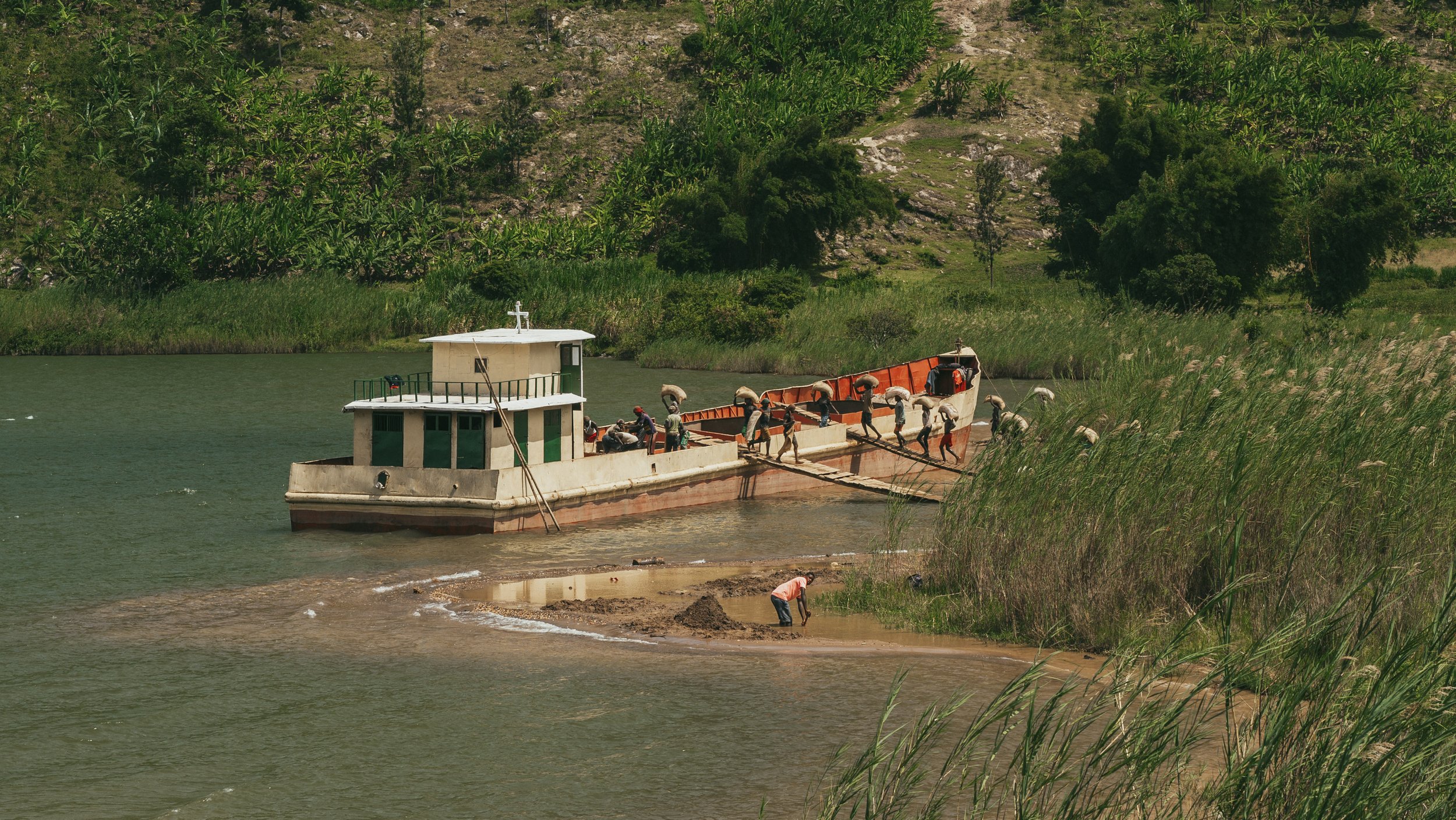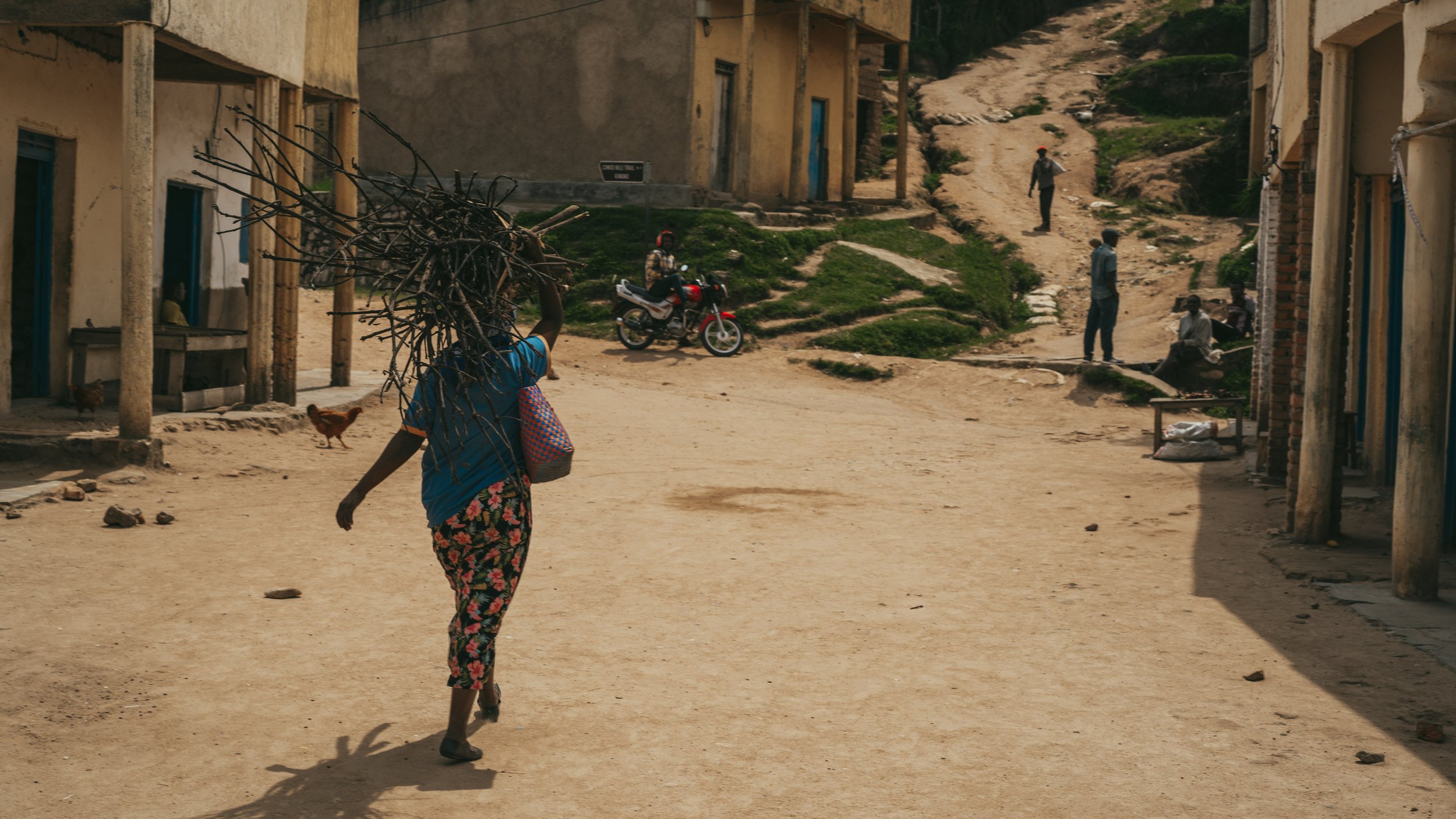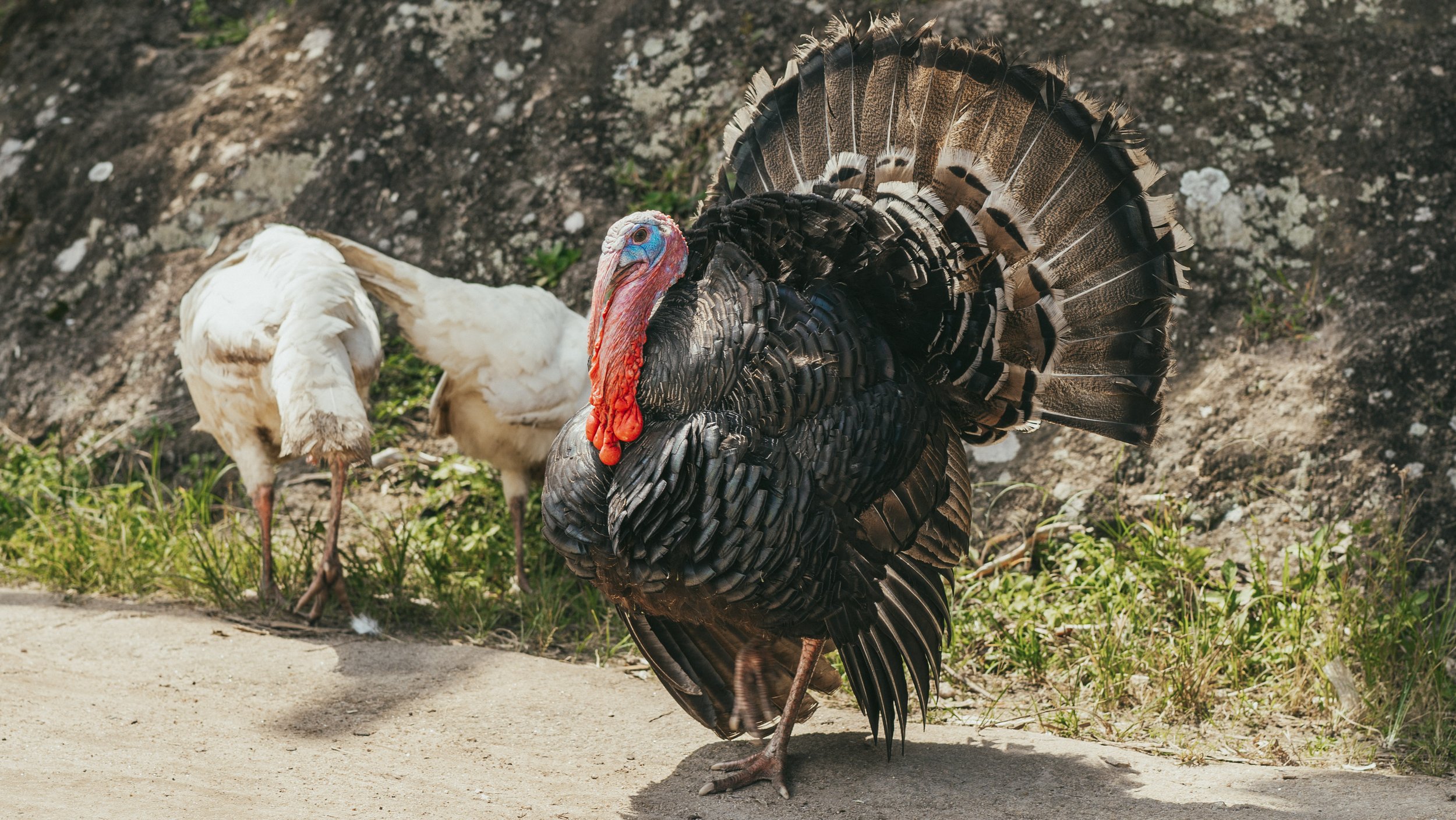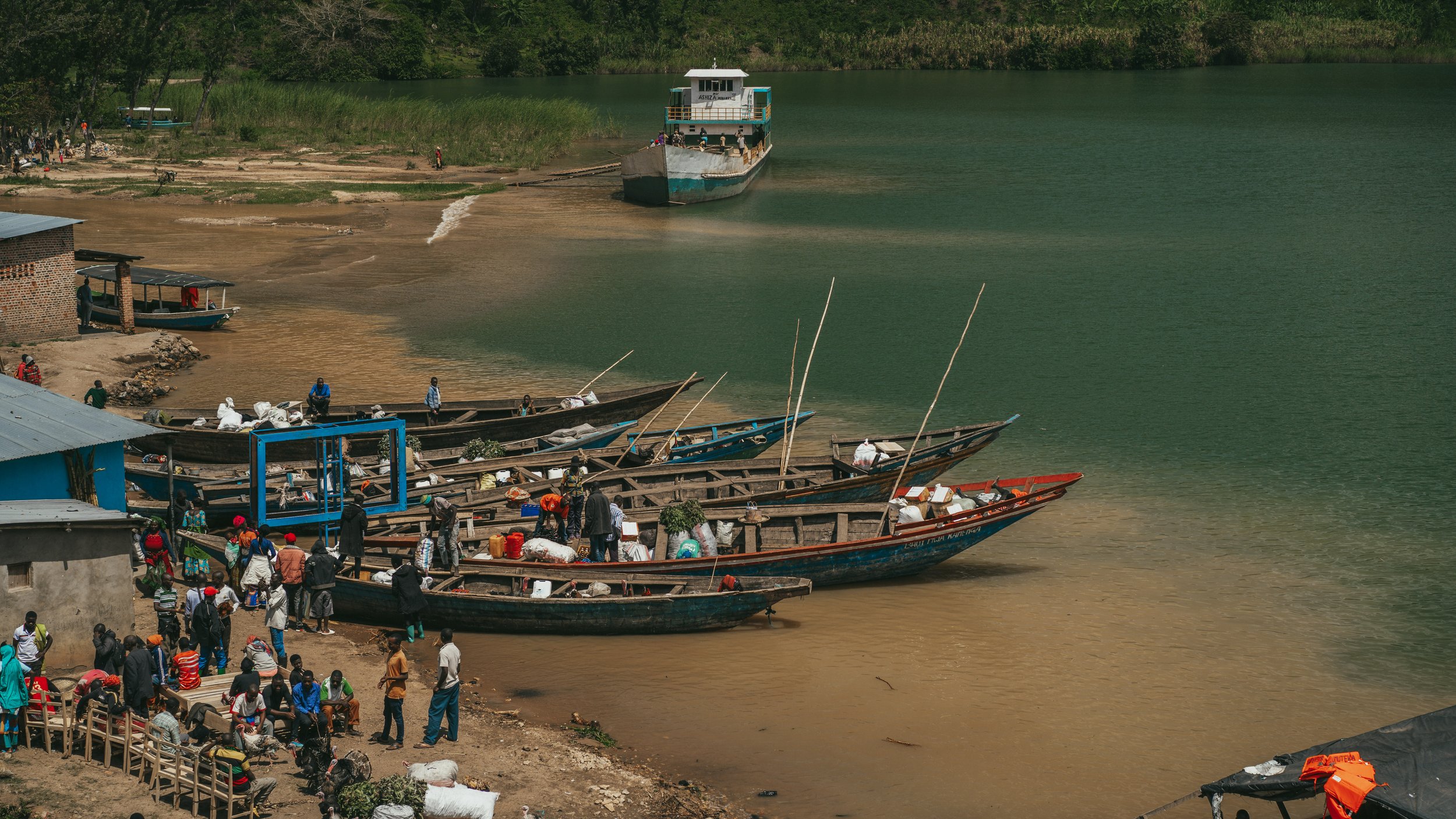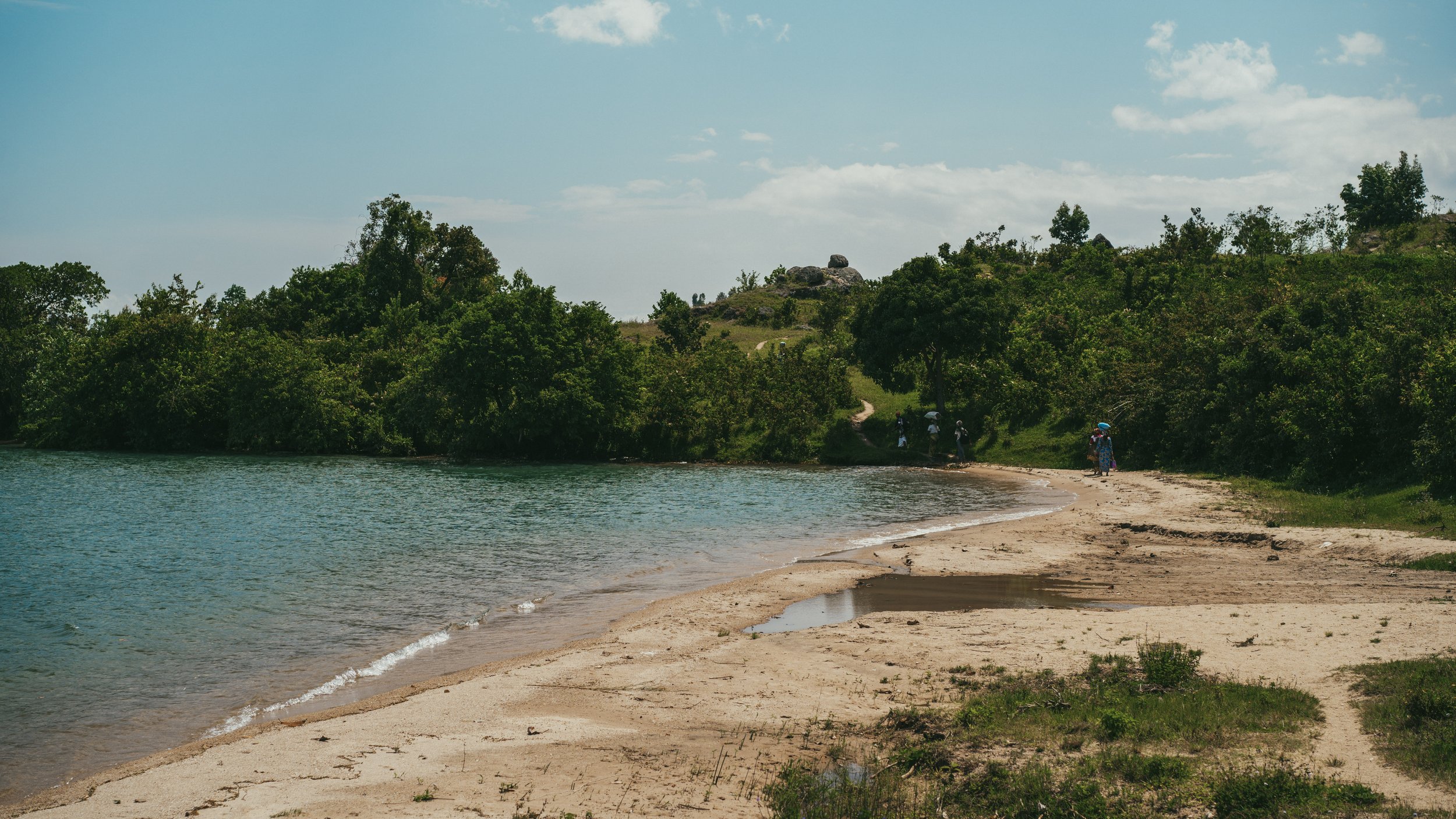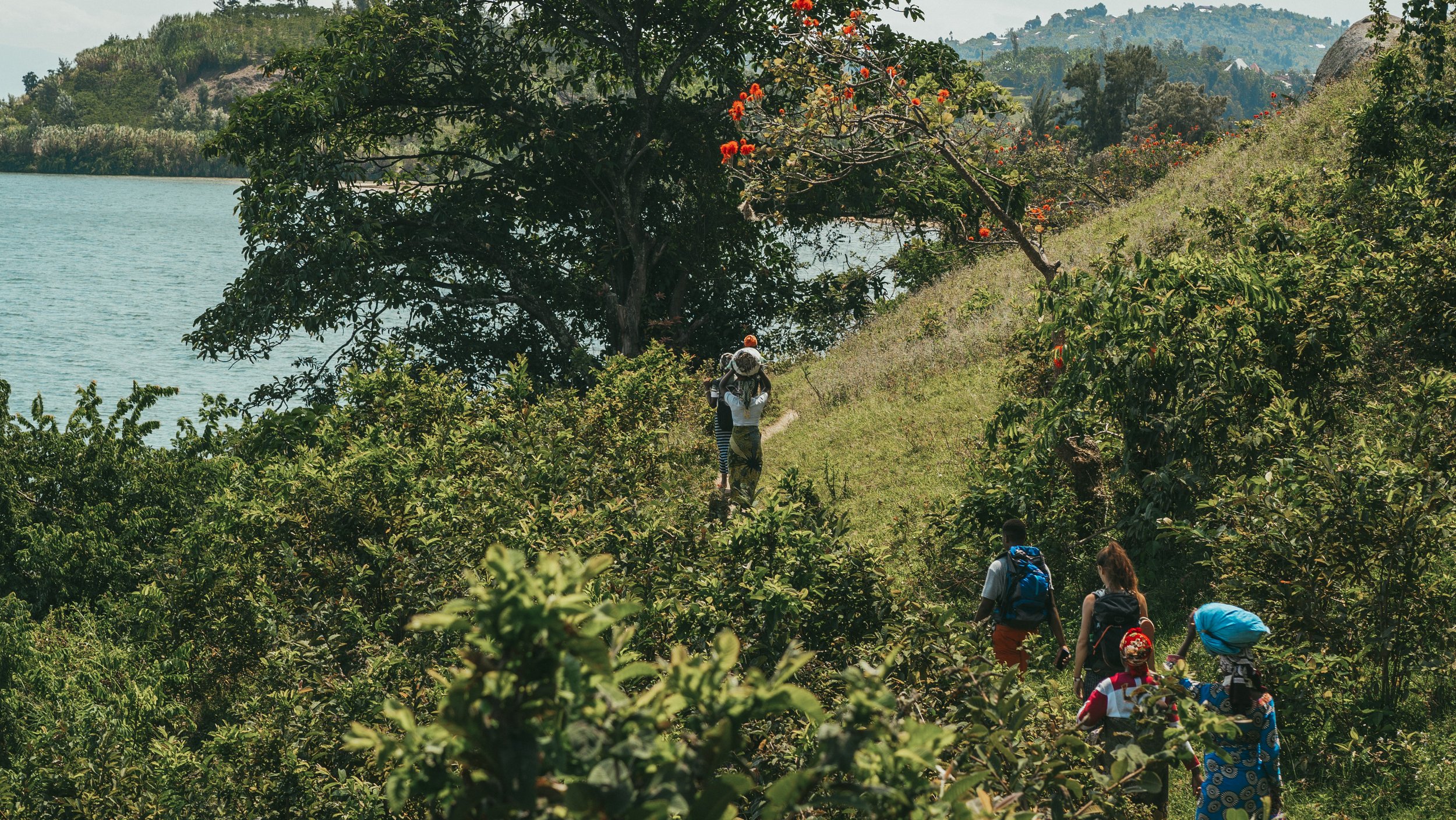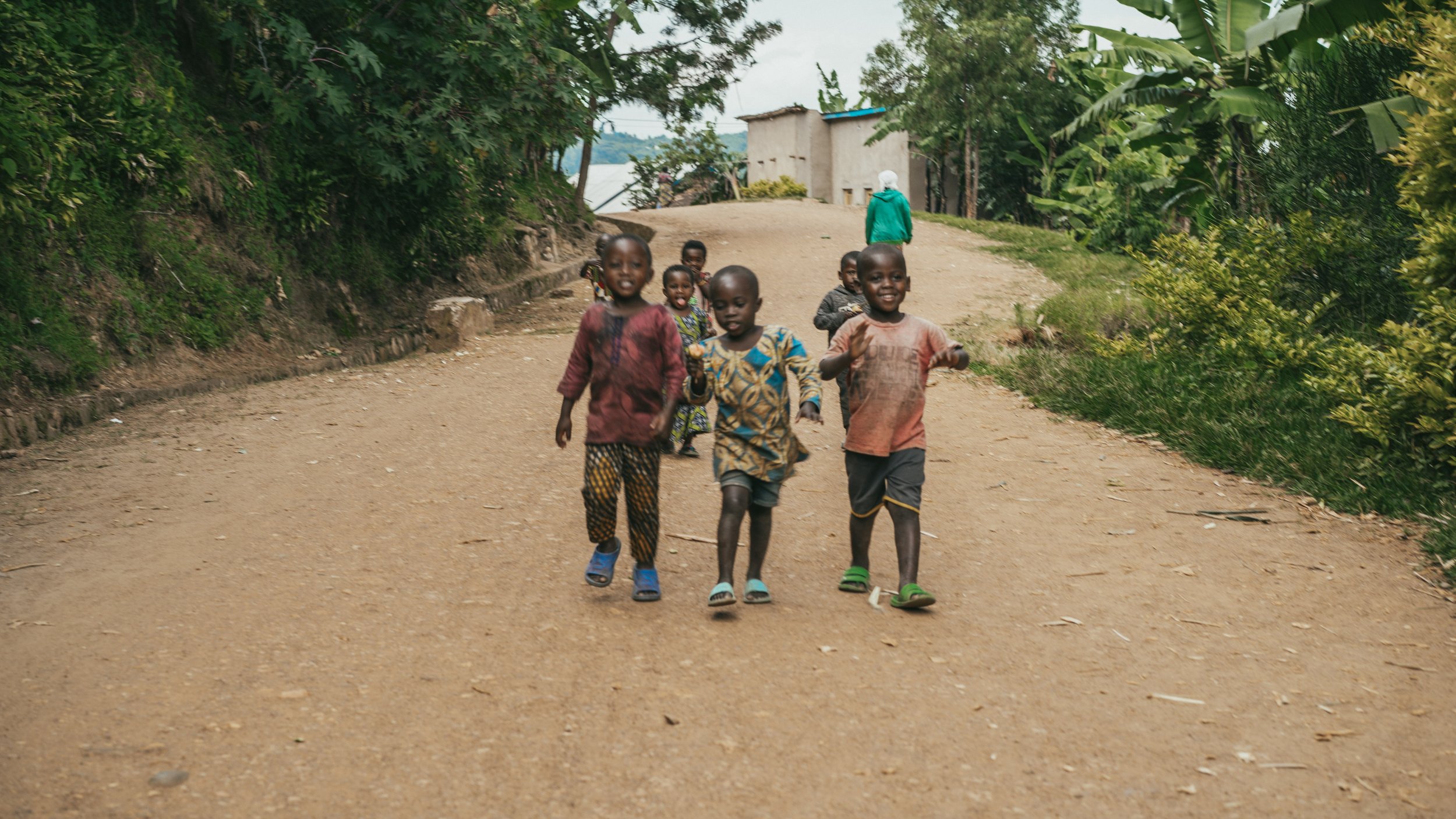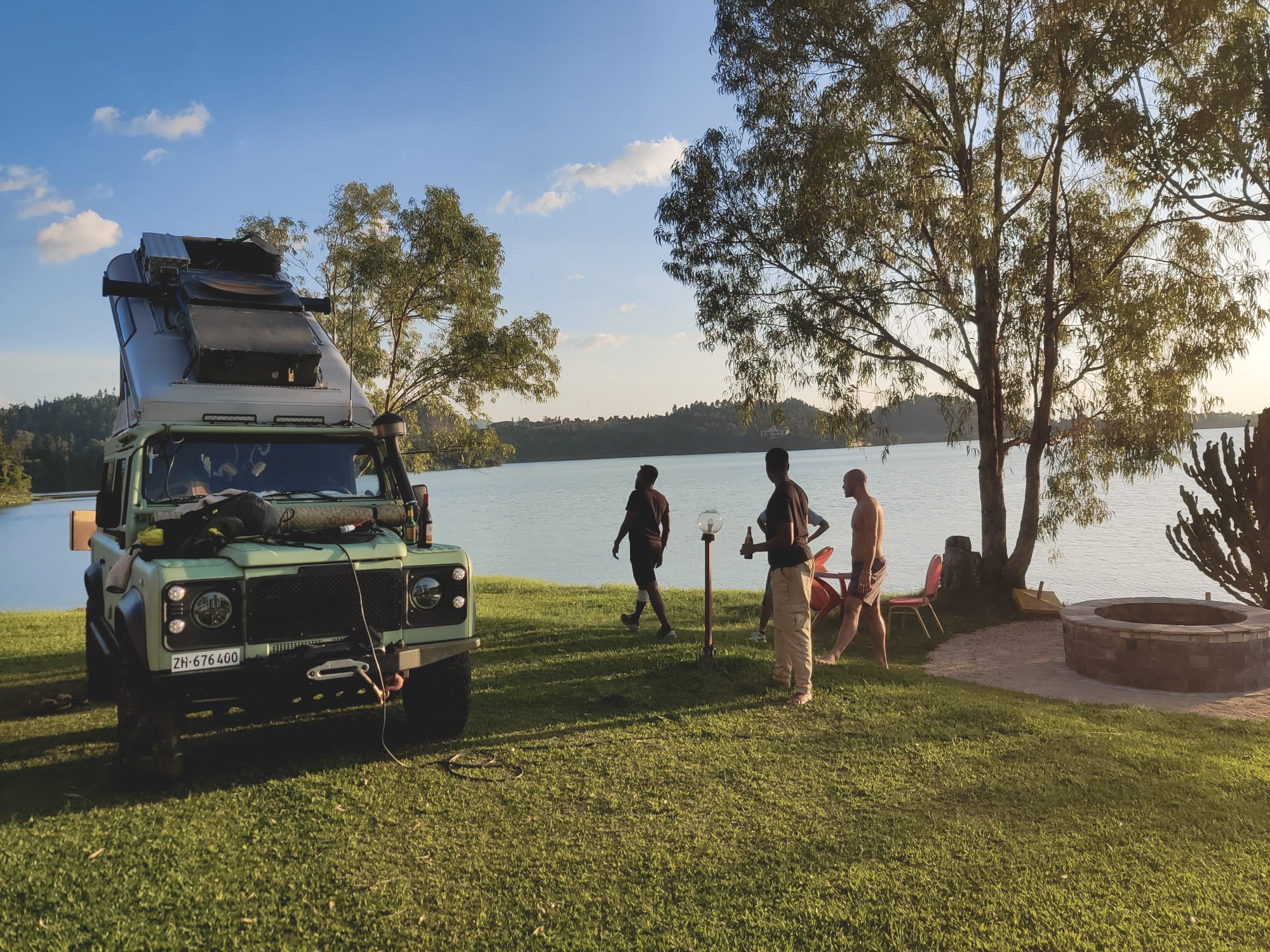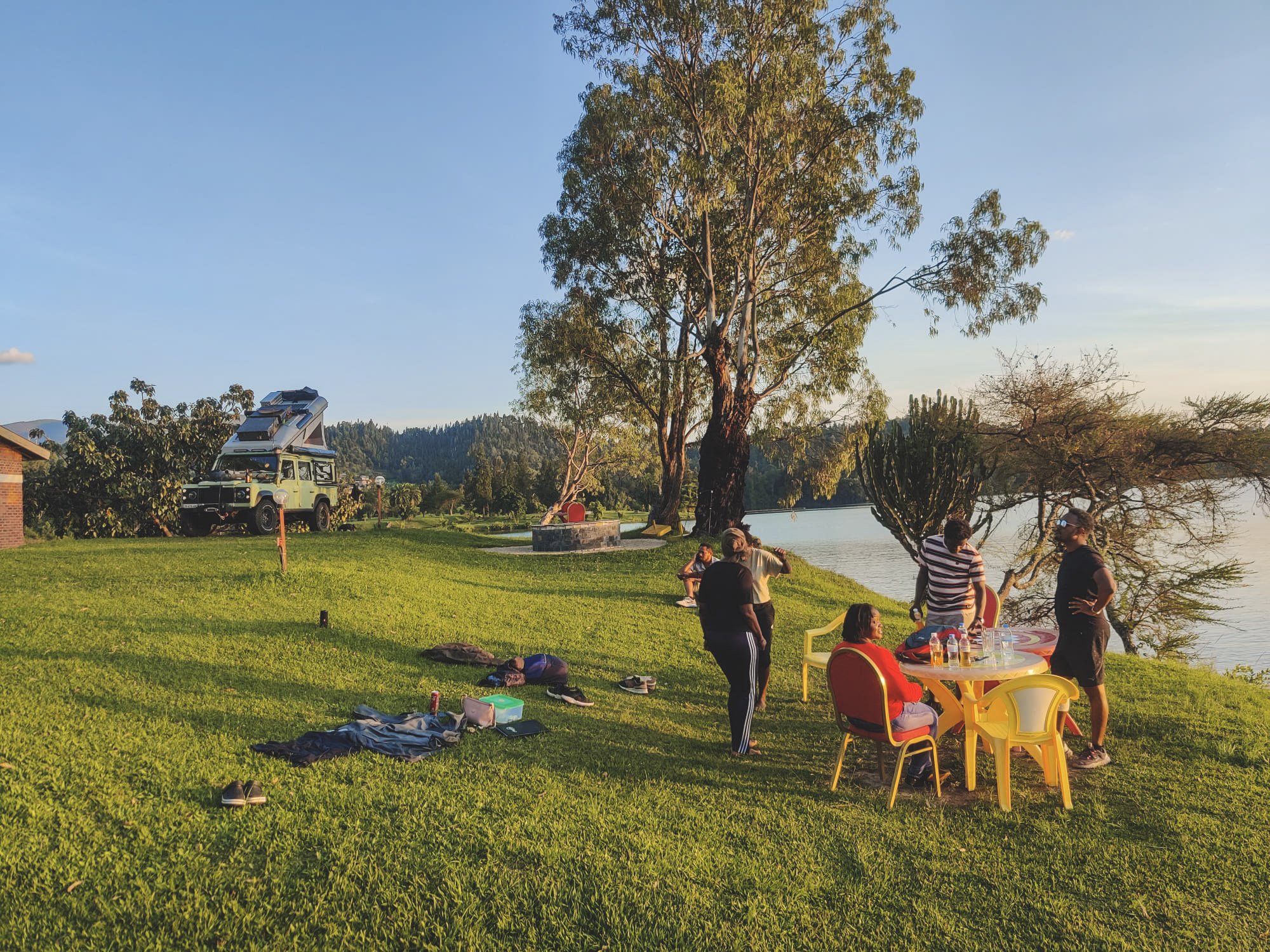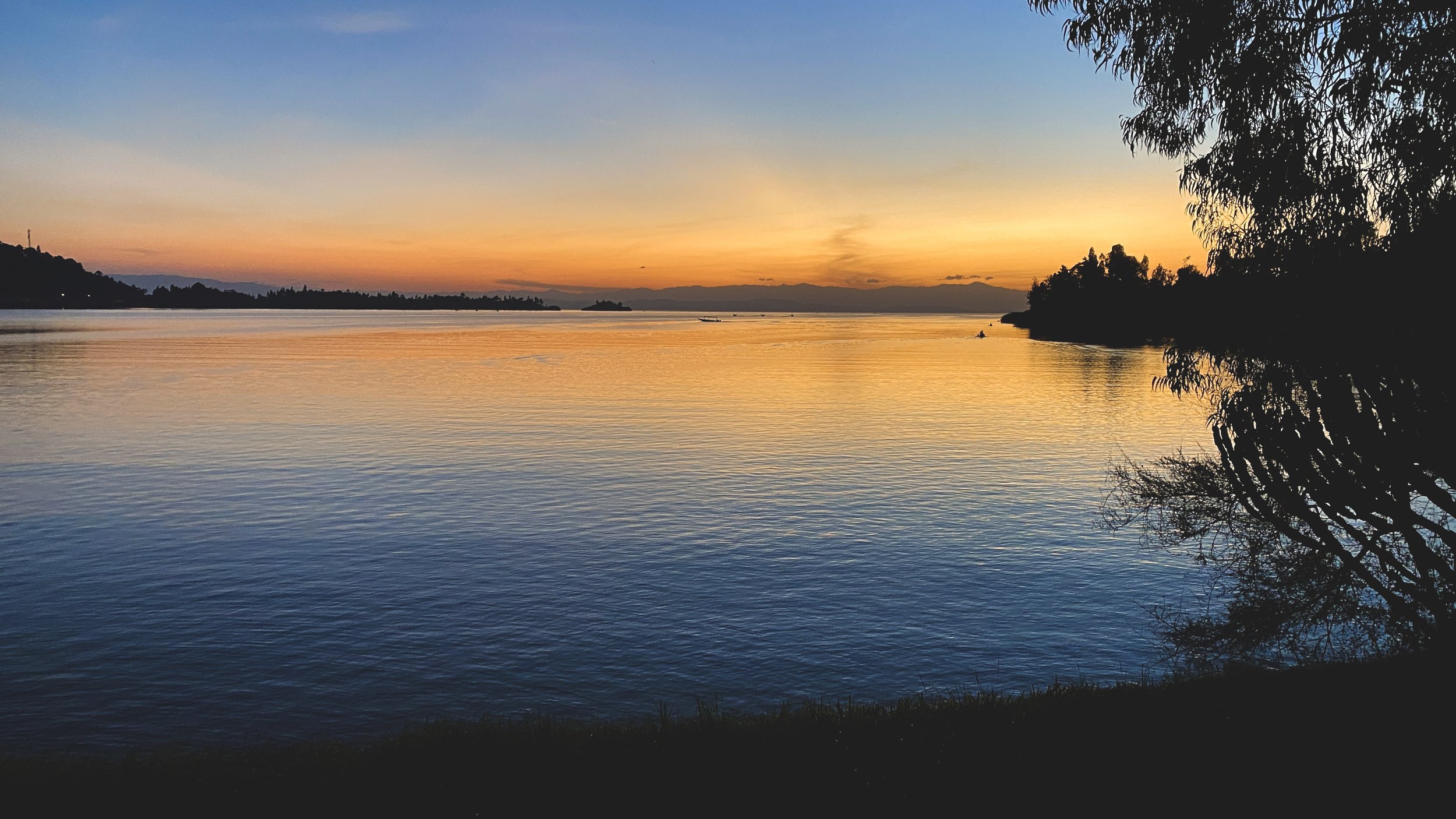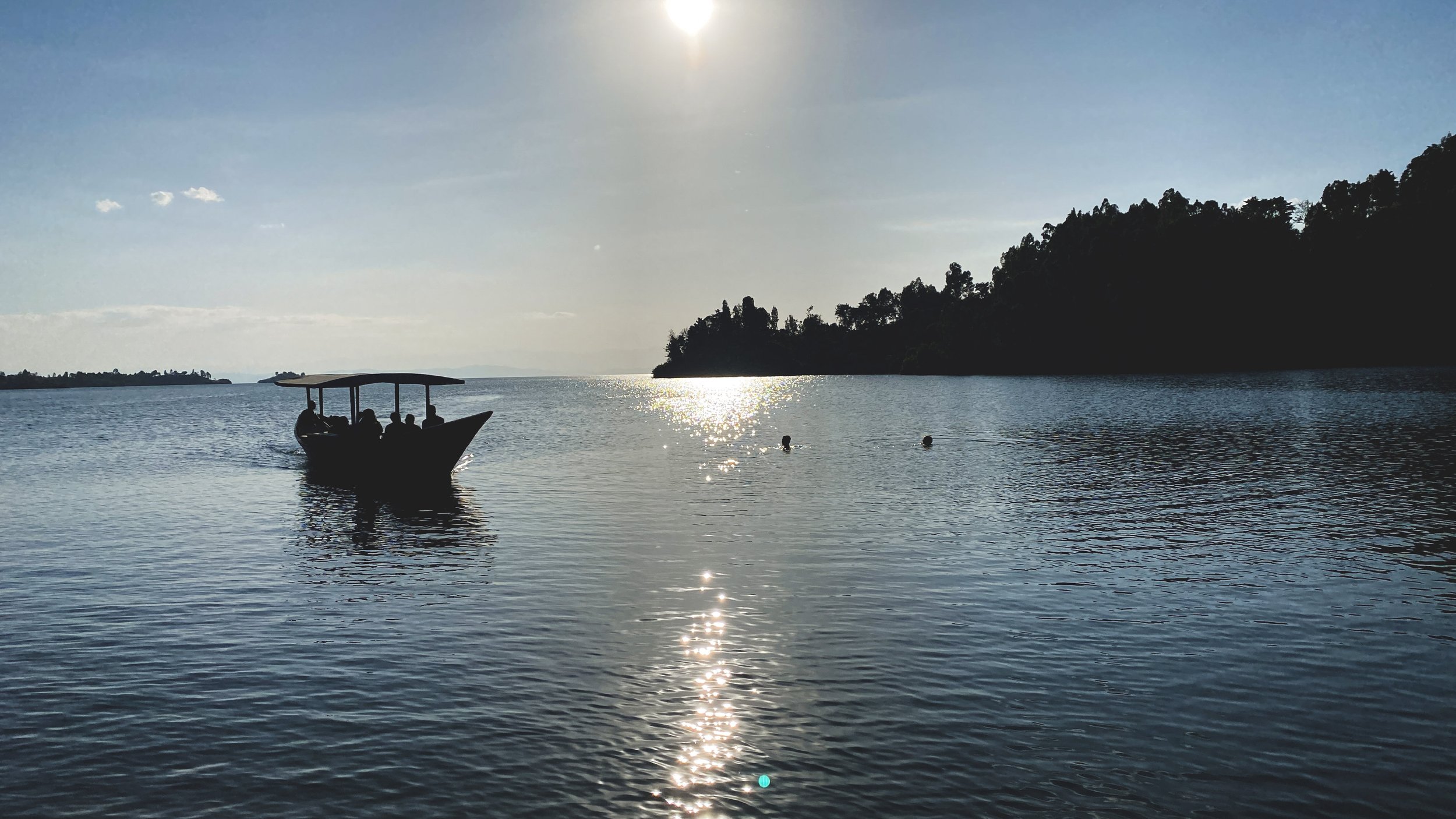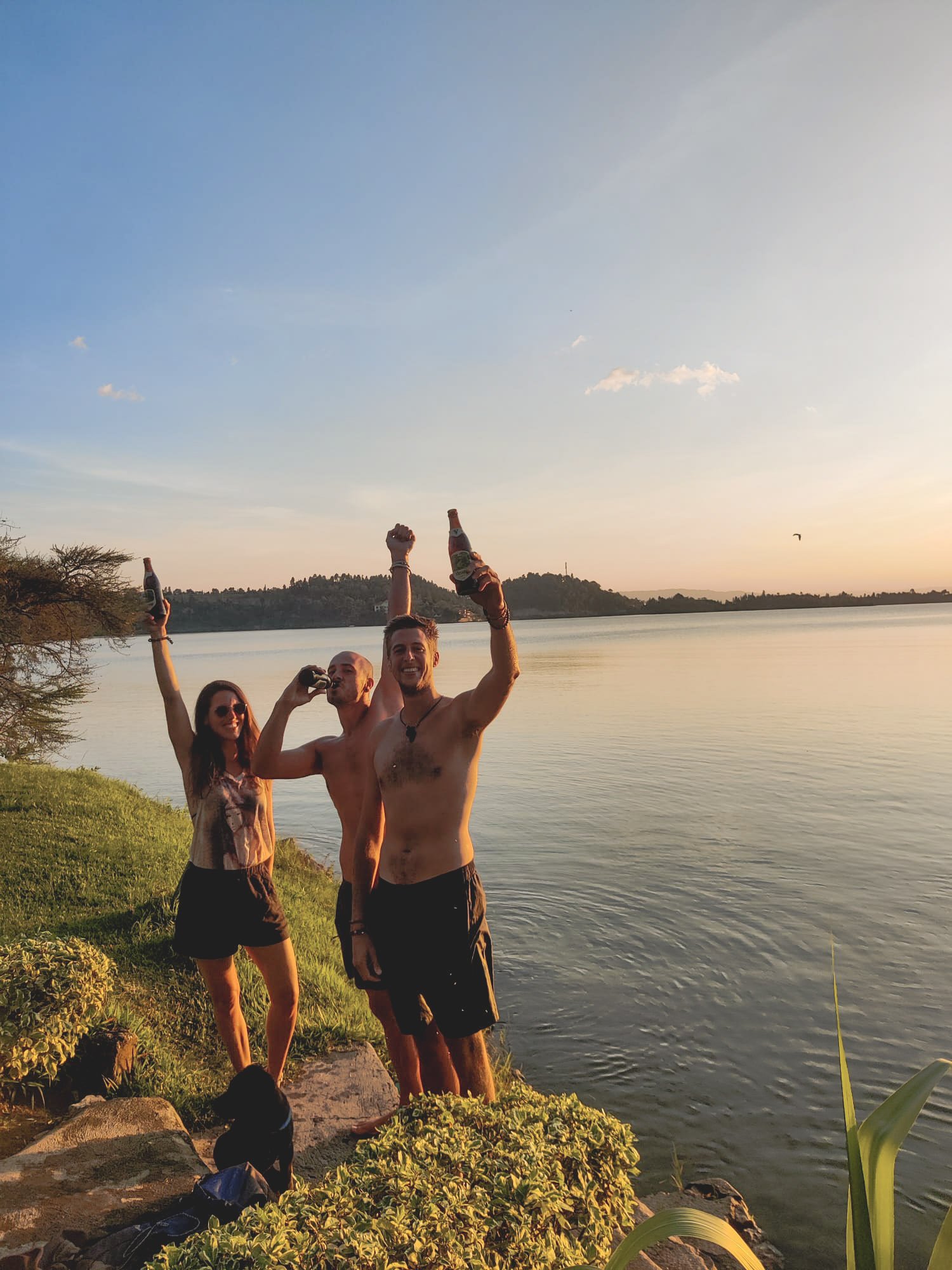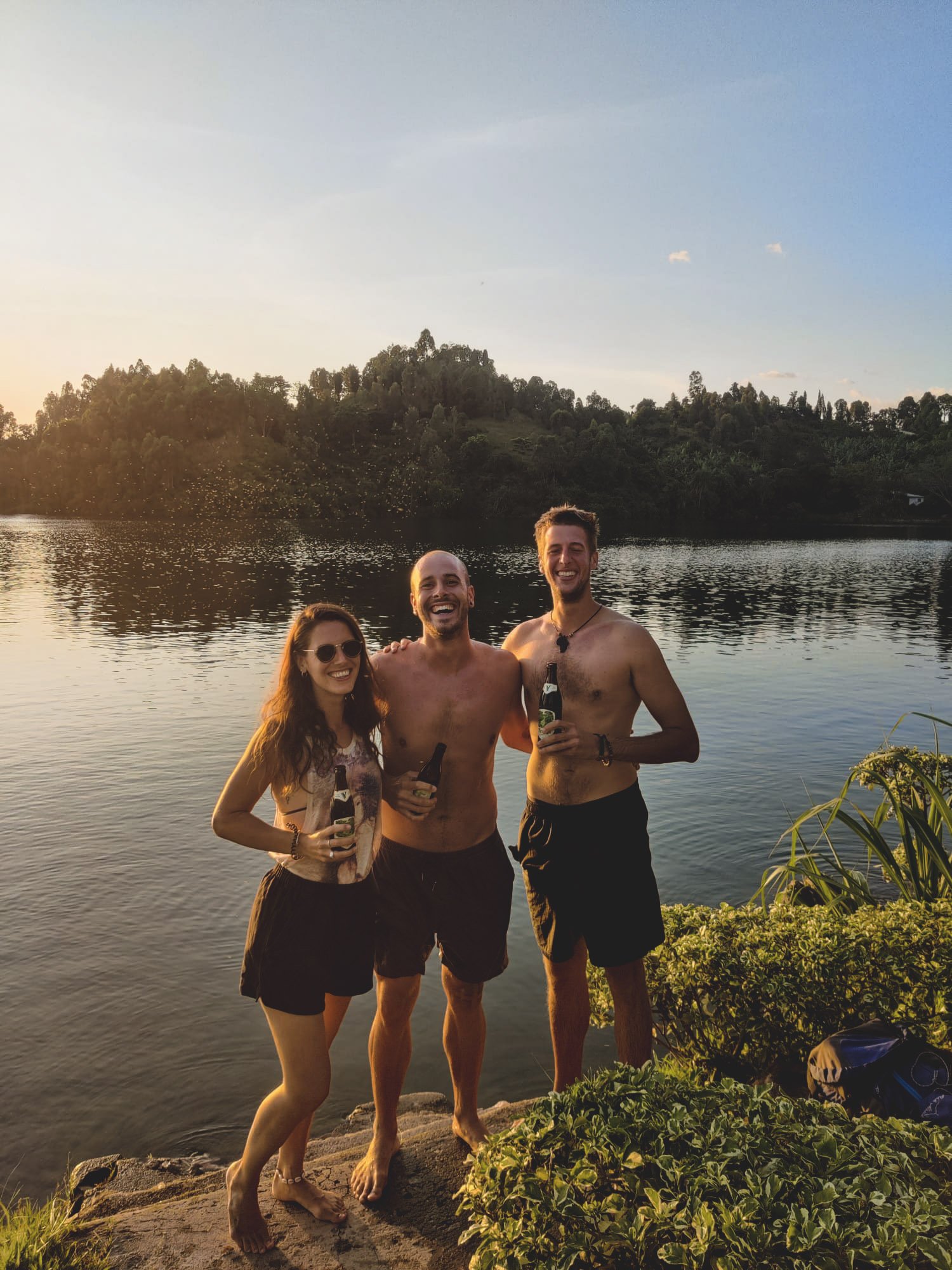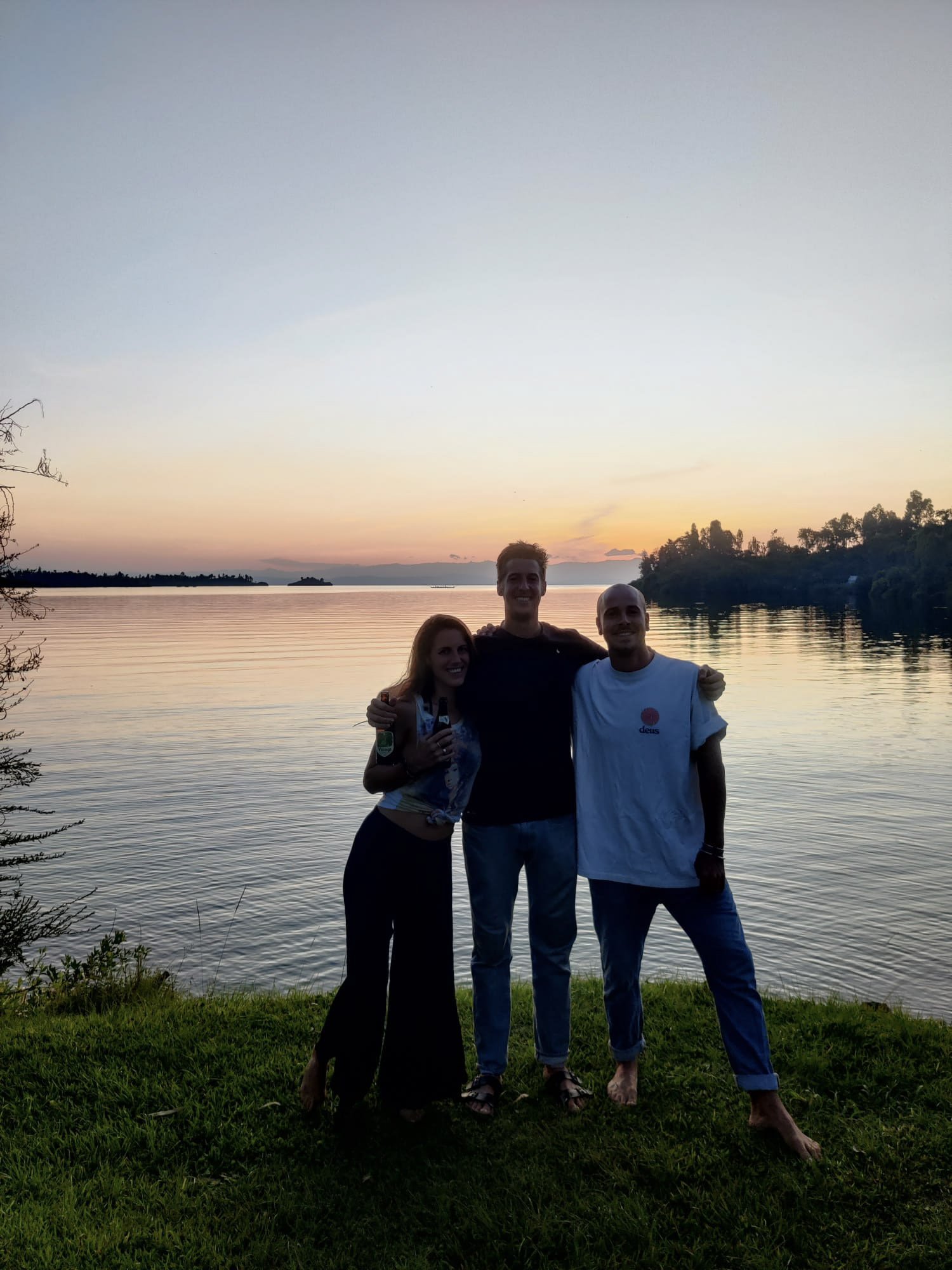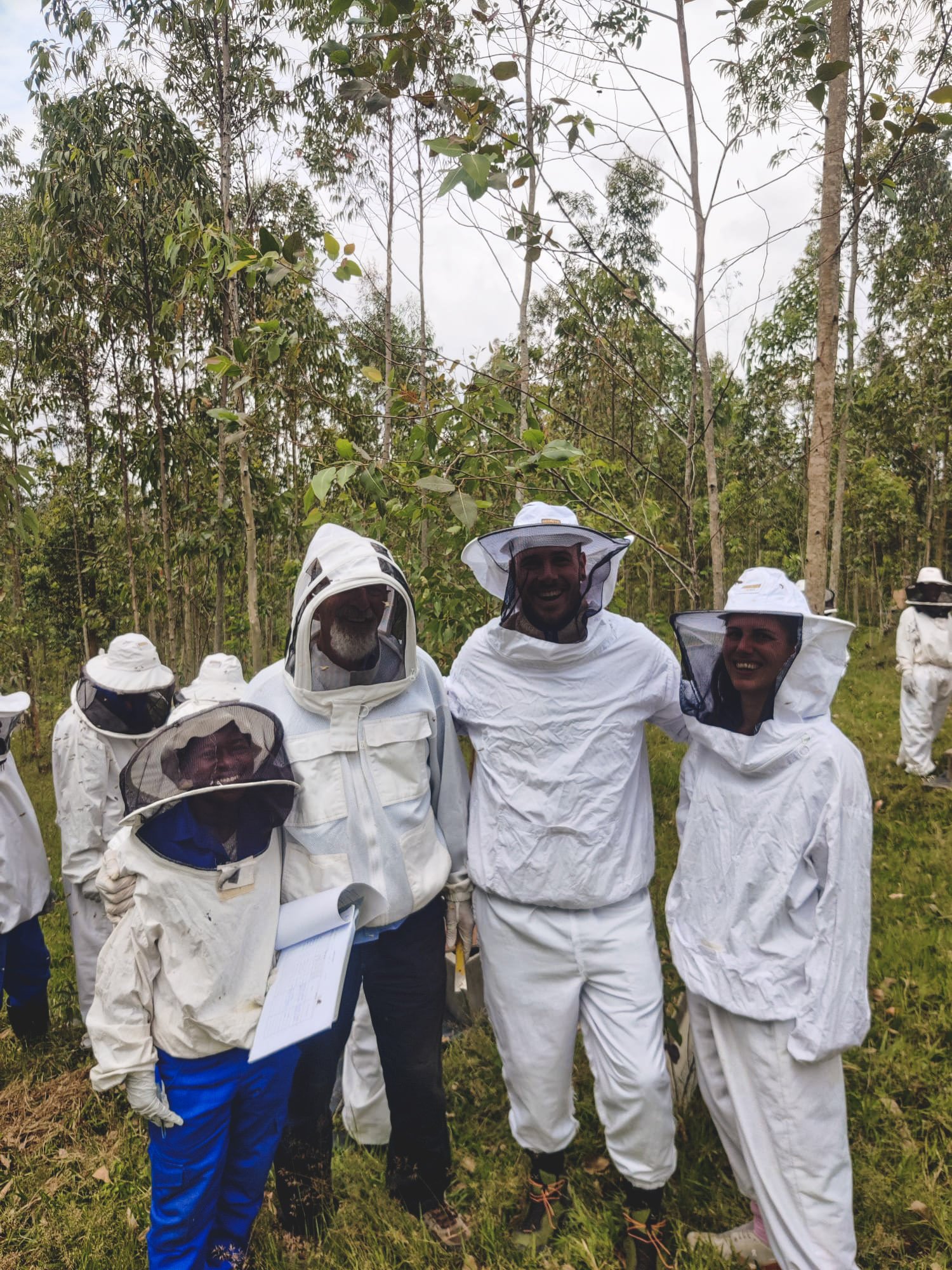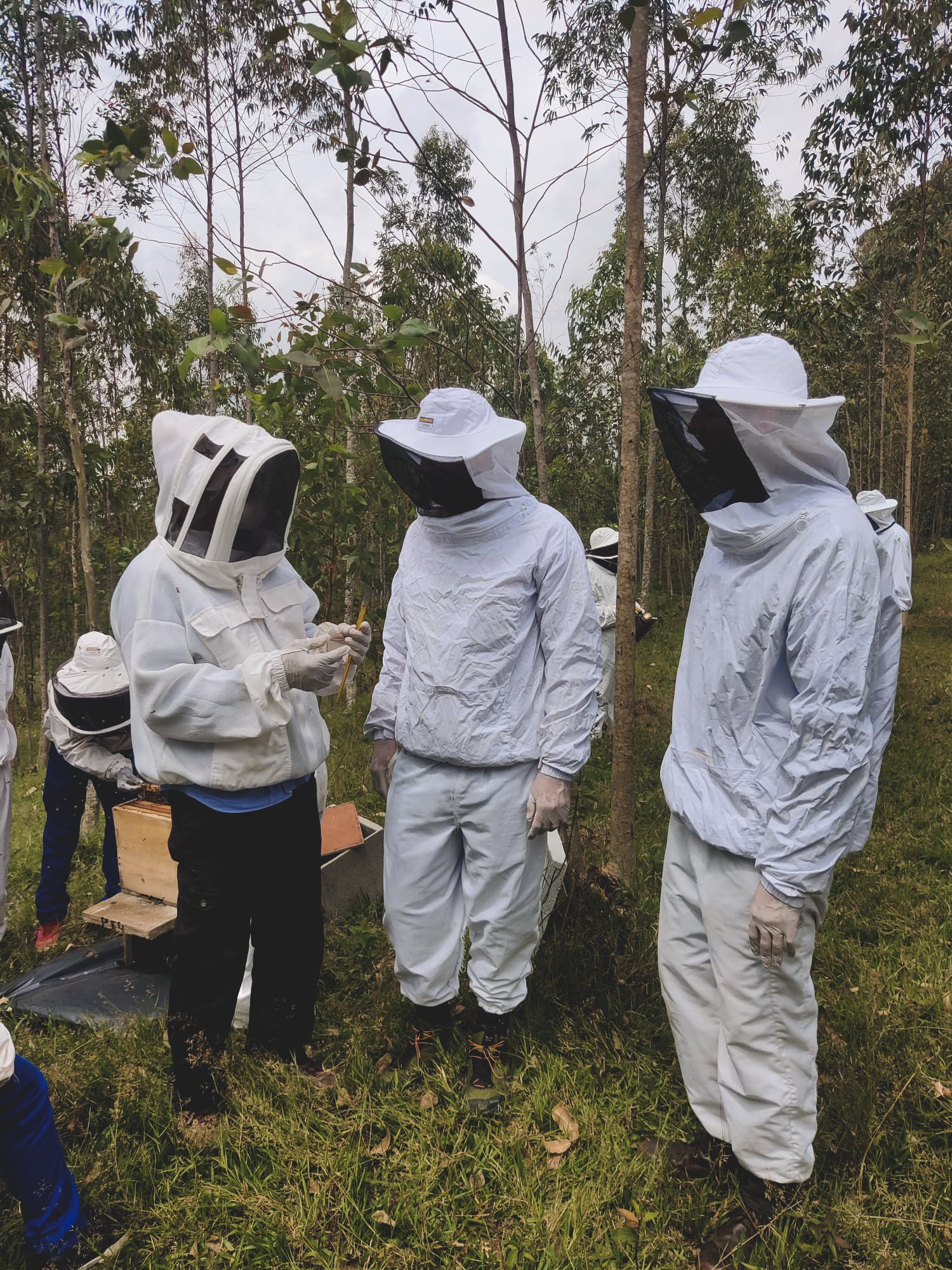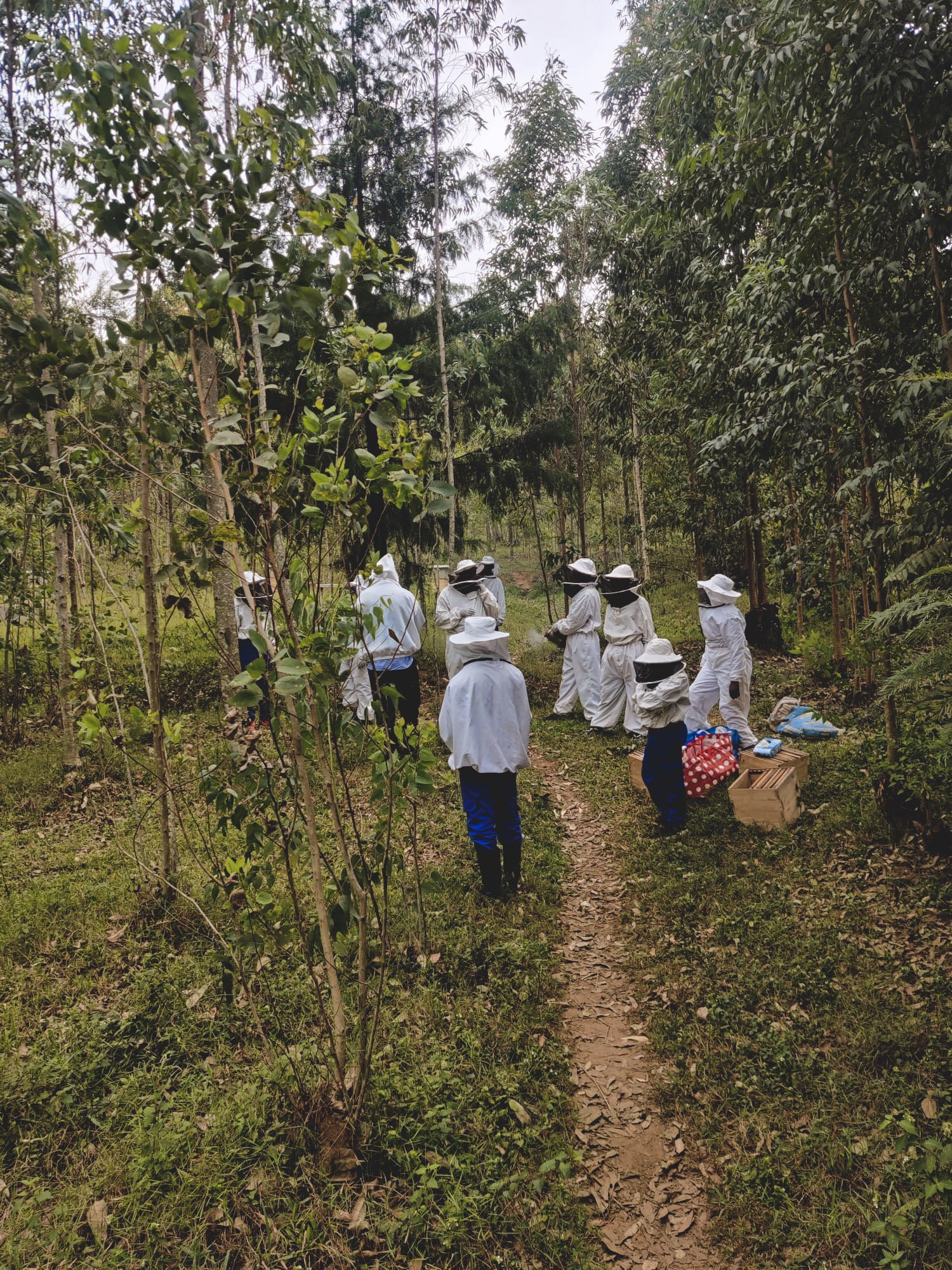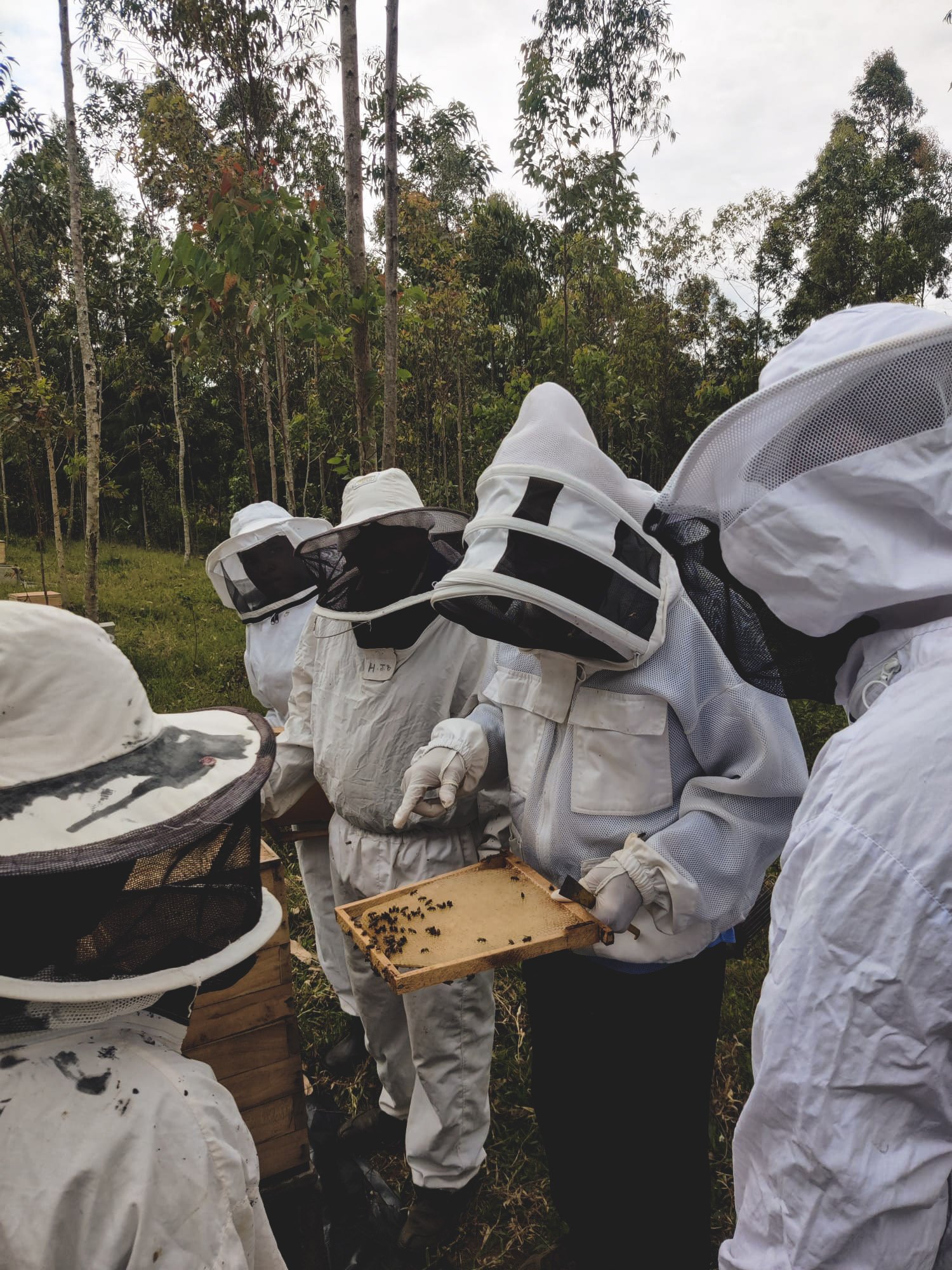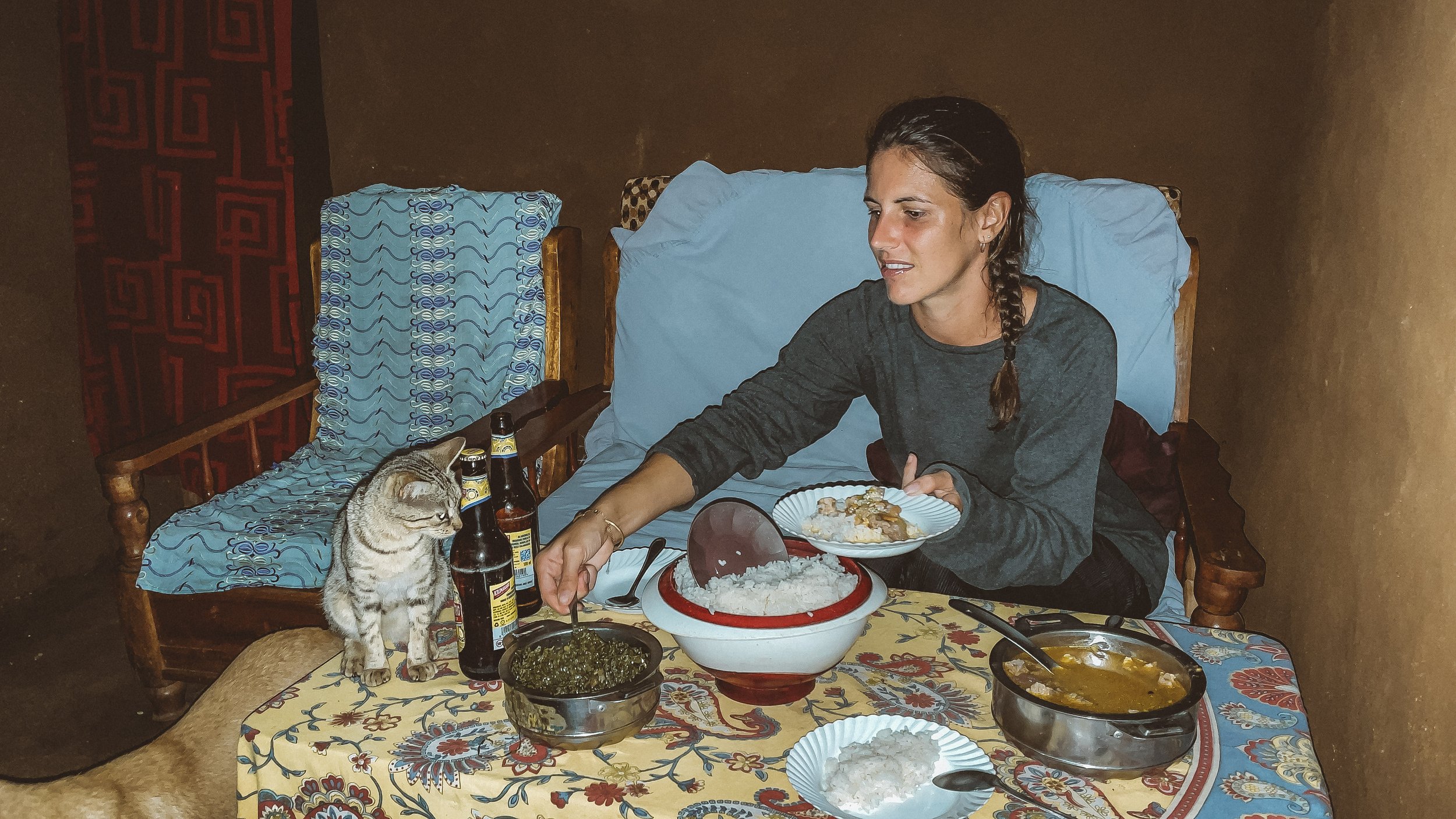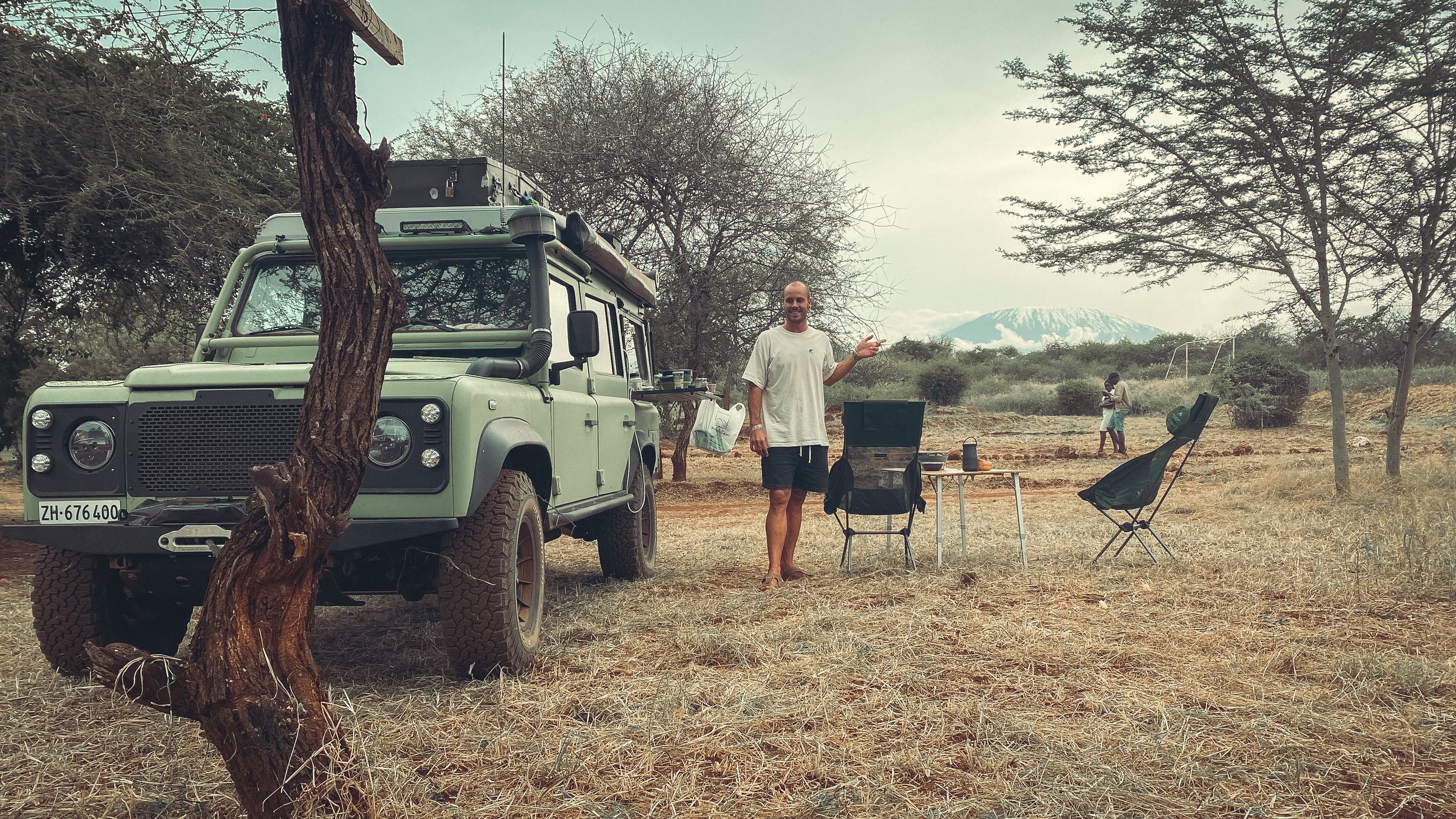The road from Lubango to the beach in Namibe was very good, and it was a scenic drive that reminded us a lot of the landscapes in Namibia. Of course, we were still in the Namib desert, so this was not surprising 😊 We drove to Villa Dorothy, where we knew it was possible to camp, but they also had some small beach bungalows for rent. Given our situation, we weren’t too keen on sleeping in our car, so we asked if a bungalow was available, and we were lucky. We even got a small discount and could spend a few days at the beach and slowly get back into our travel mode and feel comfortable again.
We were still struggling, though, and decided against the drive down into the very remote desert since we didn’t feel like exploring very remote places just now, and also, we had seen lots of dunes already in Namibia. We, therefore, drove straight to Praia do Soba, a place recommended to us and one of the few actual and official campsites in Angola. It was only a short drive, one hour on a tarmac road and another hour for the last 20 kilometers to reach the campsite, which was a beautiful off-road drive. When we arrived, we couldn’t believe what some people manage to build up out of nowhere. The owners, Andrea and Chris, warmly welcomed us and made us feel at home. Their hospitality was excellent, we were invited to have lunch and dinner with them and their kids, and we got to try lots of amazing Portuguese food. The campsite was right at the beach, built into huge caves; Andrea and Chris really had put a lot of work into their place. We spent three nights at the campsite and then continued our journey.
Initially, we were planning on driving up further north, but the problem was that we still did not feel like wild camping, and there were no official campsites along the way up north to Benguela, where we wanted to go. Tom wanted to drive back to Namibia, but he didn’t get the feeling of safety back and was struggling. I didn’t like to end our Angola trip early, but I understood his feelings and did not want to force something. We were in a real dilemma but had already agreed to return to Lubango and then return to Namibia when suddenly, a Defender crossed our path. We stopped and started chatting with the couple our age who was driving the car. They asked where we were coming from and where we were headed, and we told them about our situation and that we couldn’t decide where to go next due to what had happened. We couldn’t believe it when they told us they had been robbed at the same place just a few months ago. Noortje and Marijn are Dutch but have lived in Angola for almost ten years. Now, they were just on their way to spend the weekend at the beach with some friends, and they immediately offered to join them. Within 10 minutes, we changed our plans and turned around. We passed Praia do Soba again, but this time we continued up north to another very remote and hidden beach. We would have never driven that far on our own. And the place was truly amazing.
About a couple of hours later, their friends, Victor and Rachel, with their daughter Selena, arrived. We spent a fun and fantastic evening together, sitting around the bonfire and telling each other about our lives. The next day, we went for a swim and enjoyed the sun; Marijn even went spearfishing and caught us a nice lunch, and to top that off, a big group of whales passed the beach. They were swimming up and down in front of our camp; it was just amazing.
Unfortunately, Victor, Rachel, and Selena had to leave the next day again to return to work, but Noortje, Marijn, Tom, and I stayed for another night. We enjoyed another beautiful night, and the whales were back when I woke up early the next day. I cooked some coffee, opened the front of our rooftop tent, and climbed back in bed to enjoy a cup of coffee while watching the whales. It was a magic moment.
We enjoyed the rest of the day at the beach, went for another swim, and prepared a nice lunch before we drove back to Lubango. Noortje and Marijn offered us to stay at their house, and we gratefully accepted. The additional days at the beach together with them were just what we needed. We found that this was a great experience to take with us and to end our Angola adventure here. If we had continued to drive further north, we would have had to wild camp again on our own, and we didn’t want to do this. Inland, away from the beach, the rainy season had started in Angola, so the roads there would be very muddy, and we didn’t feel like driving into the rain either. We invited Marijn and Noortje out for dinner and then spent a comfortable night in their guest room. They even let us use their washing machine, so the next day, we were ready to drive back to the border with all our clothes washed and with some bad but, thankfully, also many beautiful memories from Angola to take with us.
I still struggled with mixed feelings on the drive from Lubango to the Santa Clara border. It seemed like we were driving in the wrong direction, and I was very sad that we did not get to explore more of Angola. I was very much looking forward to visiting this country, and leaving after two weeks only without having seen many of the places we intended to, didn’t feel right. But on the other hand, we did not want to travel through the country in fear. On the way to the border, we crossed paths with two German overlanders who had just entered Angola the day before. We stopped and cooked coffee and had a small chat by the side of the road, and Tom and I were debating whether to turn around and travel through Angola together with them. But in the end, we still decided to continue to Namibia. We did have a few fantastic days with Noortje and Marijn and some great memories to bring along from Angola, this had to be enough for the moment, and hopefully, we can come back again one day to explore the rest of Angola 😊
We filled up our tank one last time in Angola; the diesel price there was very low, around 30 cents per liter, so we were not the only ones who wanted to fill up the tank at the last petrol station before the border to Namibia. The line was huge and they also seemed to have a problem with the pump. But a friendly guy let us go in front of the long queue, so we were still able to cross the border back to Namibia before it was closed. The border crossing was super fast, it took us only half an hour, and we were back in Oshikango. We drove directly to the Piscas Hotel, where we also stayed the night before we crossed the border. Martha, the receptionist, remembered us and even our names and offered us a room; it felt great to be back at a familiar place with lovely people who were happy to see us again. We ordered dinner at the restaurant and went to bed very tired but ready to make some new plans the next day. We now had some extra time on our hands until we met our friends in December in Cape Town and had lots of possibilities for spending it.


